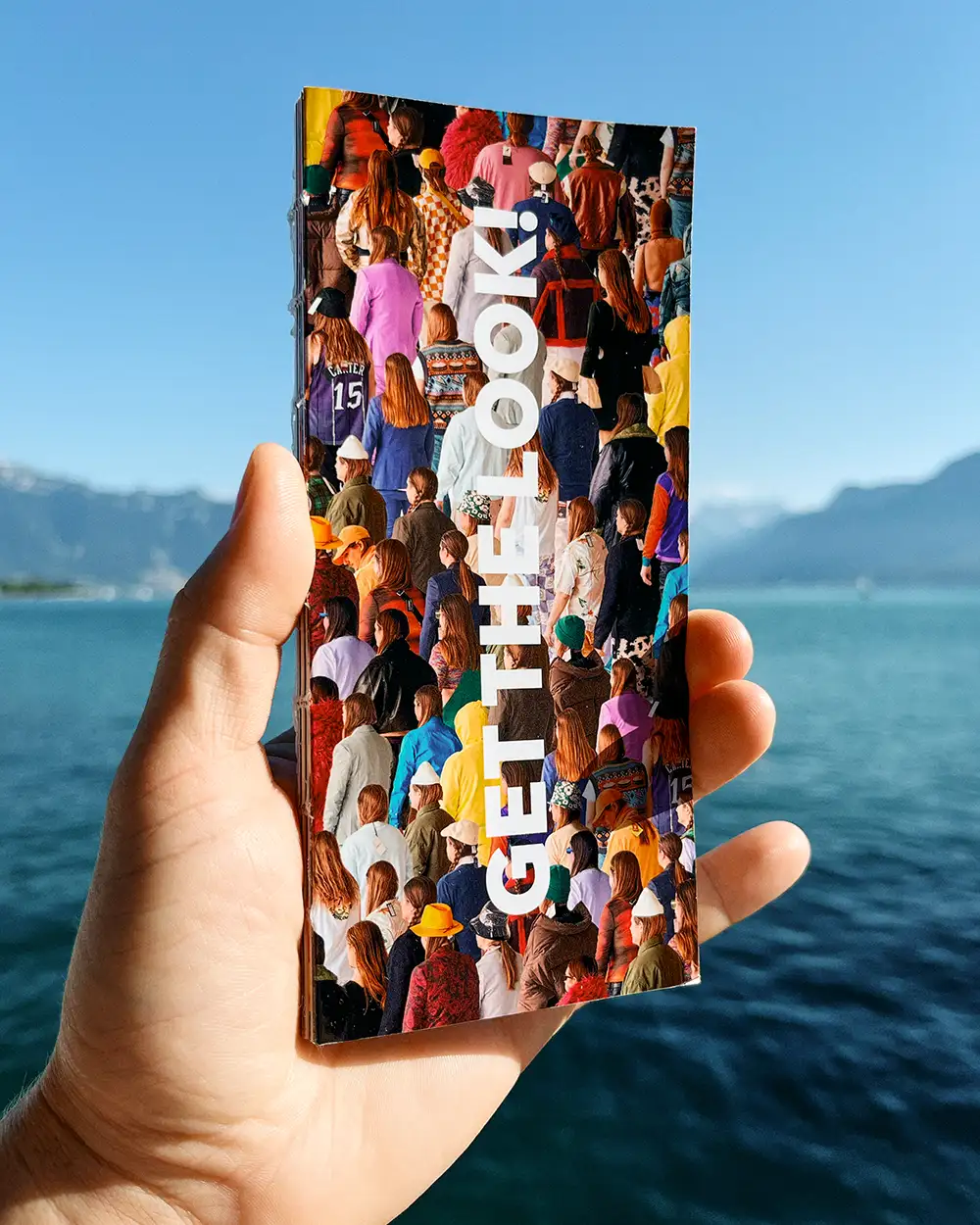

As night draped its veil over the city, I curled up in bed, bathed in the glow of my laptop screen. It had become something of a ritual - the nocturnal quest for that elusive dopamine rush, an ephemeral escape from the monotony of reality. My cursor danced across the screen, making its way through an infinite maze of websites, each promising a glimpse into a world of possibilities.
But it was on one site in particular that I stumbled upon something intriguing - a digital realm where algorithms reigned supreme, dictating clothing choices with disturbing precision. “Get the Look! “proclaimed the banner, inviting me into its virtual embrace. With one click, I plunged headlong into a whirlwind of personalized recommendations, each outfit a carefully selected reflection of my online existence. The slogans sounded like distant whispers in the recesses of my mind. “Shop now, thank us later,” they teased, their seductive appeal tinged with the promise of instant gratification. And so I found myself trapped in a web of temptations, each click propelling me deeper into the abyss of consumerism.
Extract from Get the Look!, written by Romain Mader
Featuring over 40 different looks, a text by Romain Mader and an essay by curator and arts writer, Théo-Mario Coppola.
Get the Look!
published by MÖREL
Romain Mader
2024
Limited Edition of 300
103 Pages
Softcover
90 x 175 mm, portrait
ISBN 978-1-917282-02-4
Order the book directly from MÖREL
This publication was made possible with the generous support of the Swiss Arts Council Pro Helvetia, the State of Vaud and the foundation Erna and Curt Burgauer.
Get the Look!
2023-24
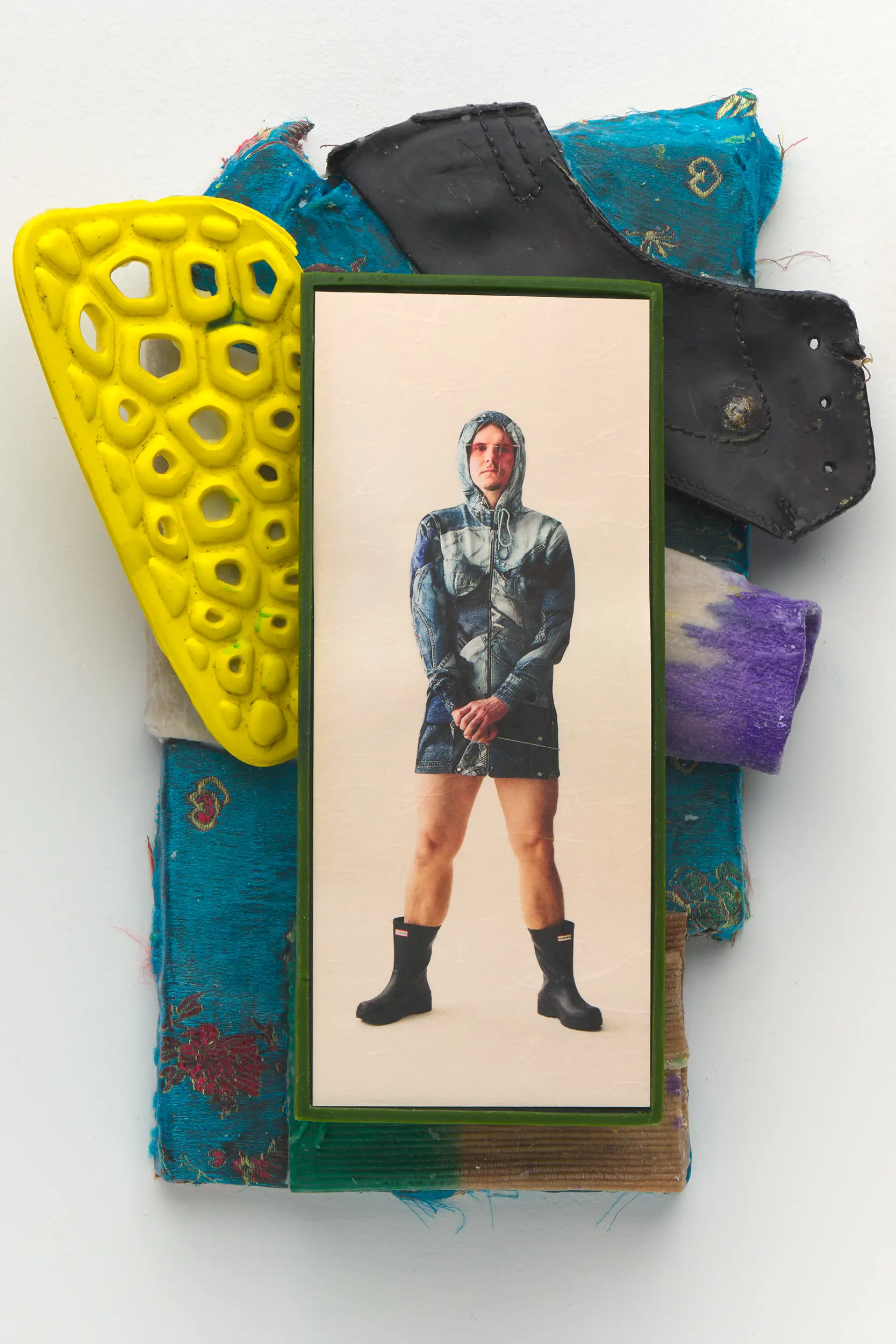
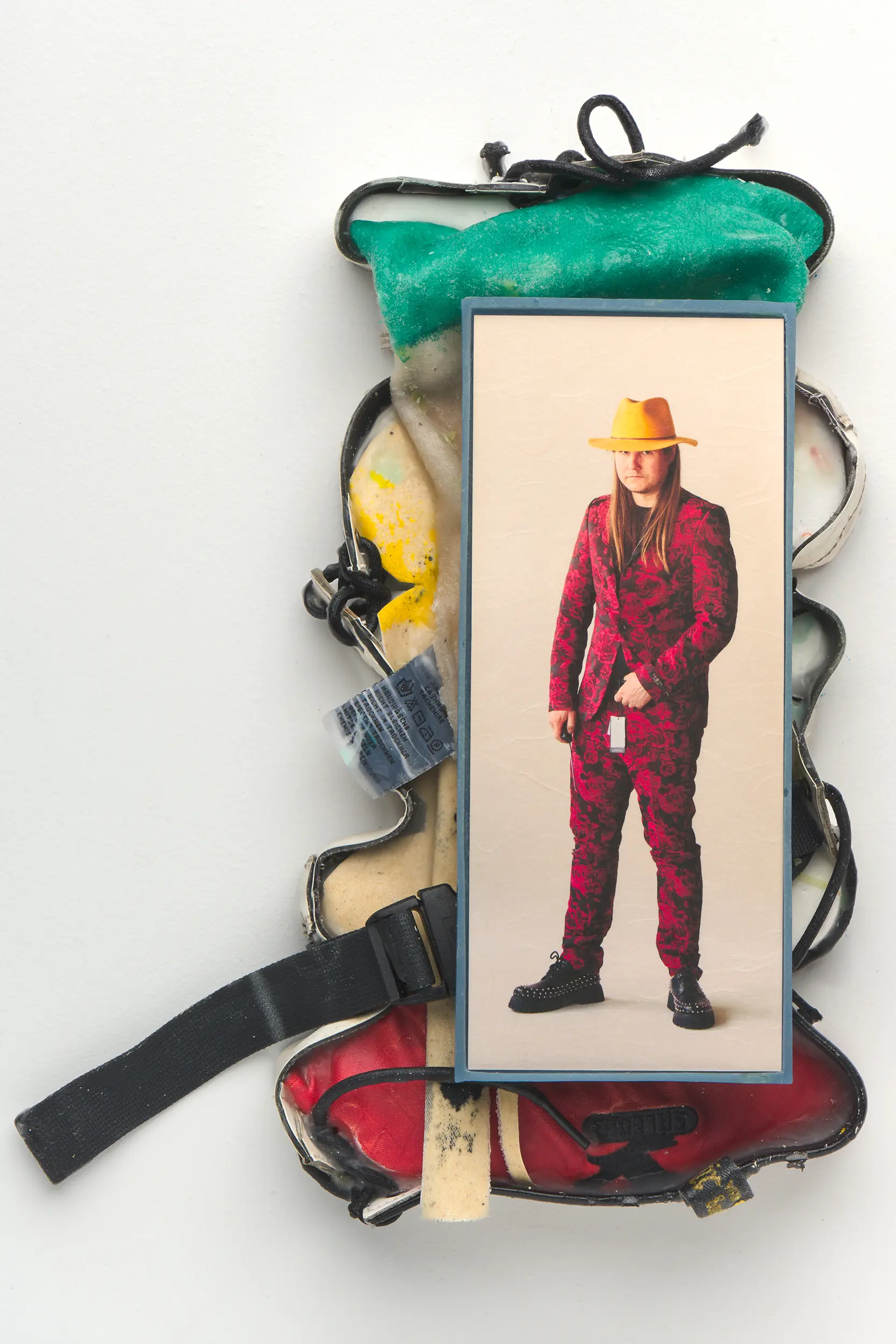
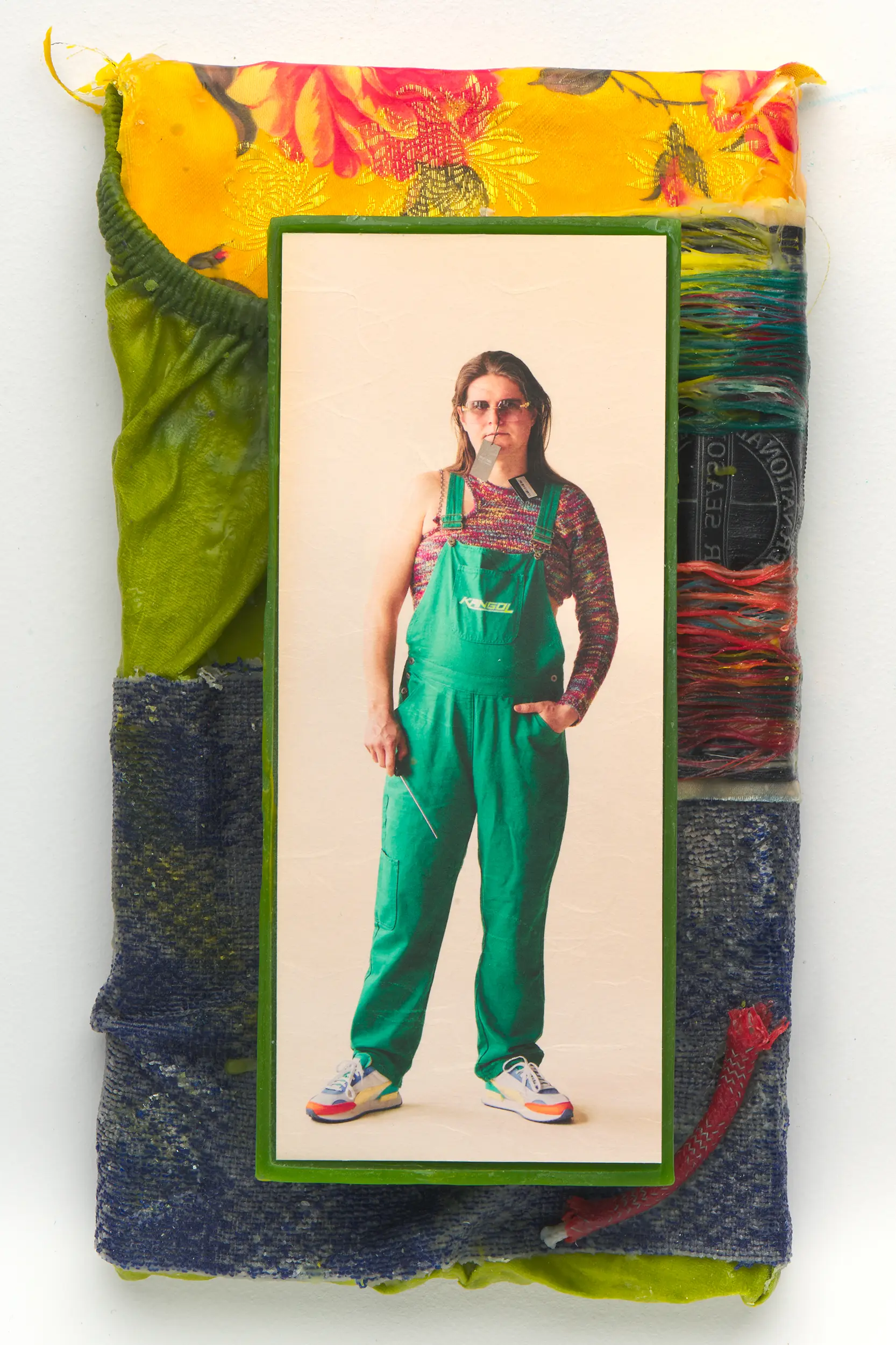
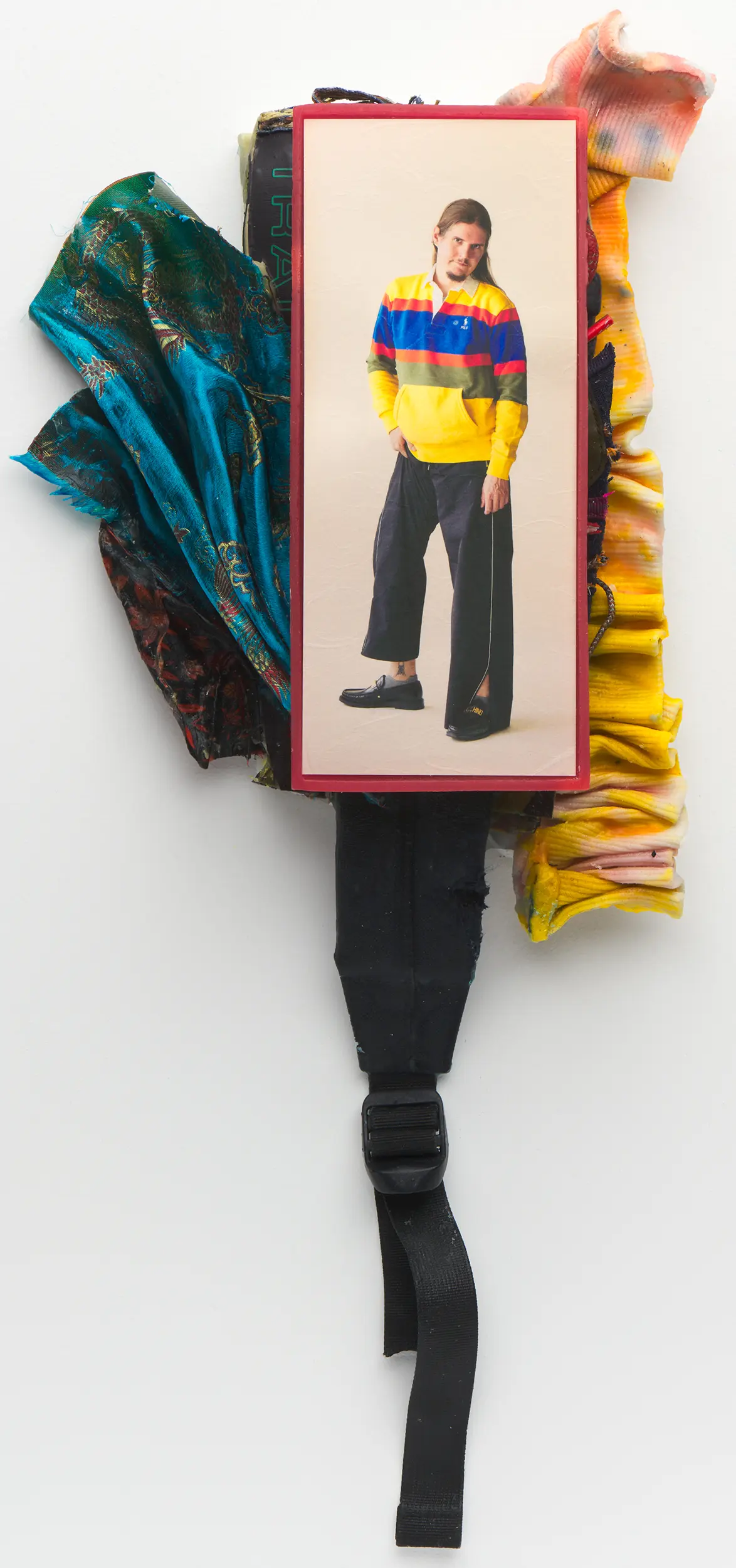
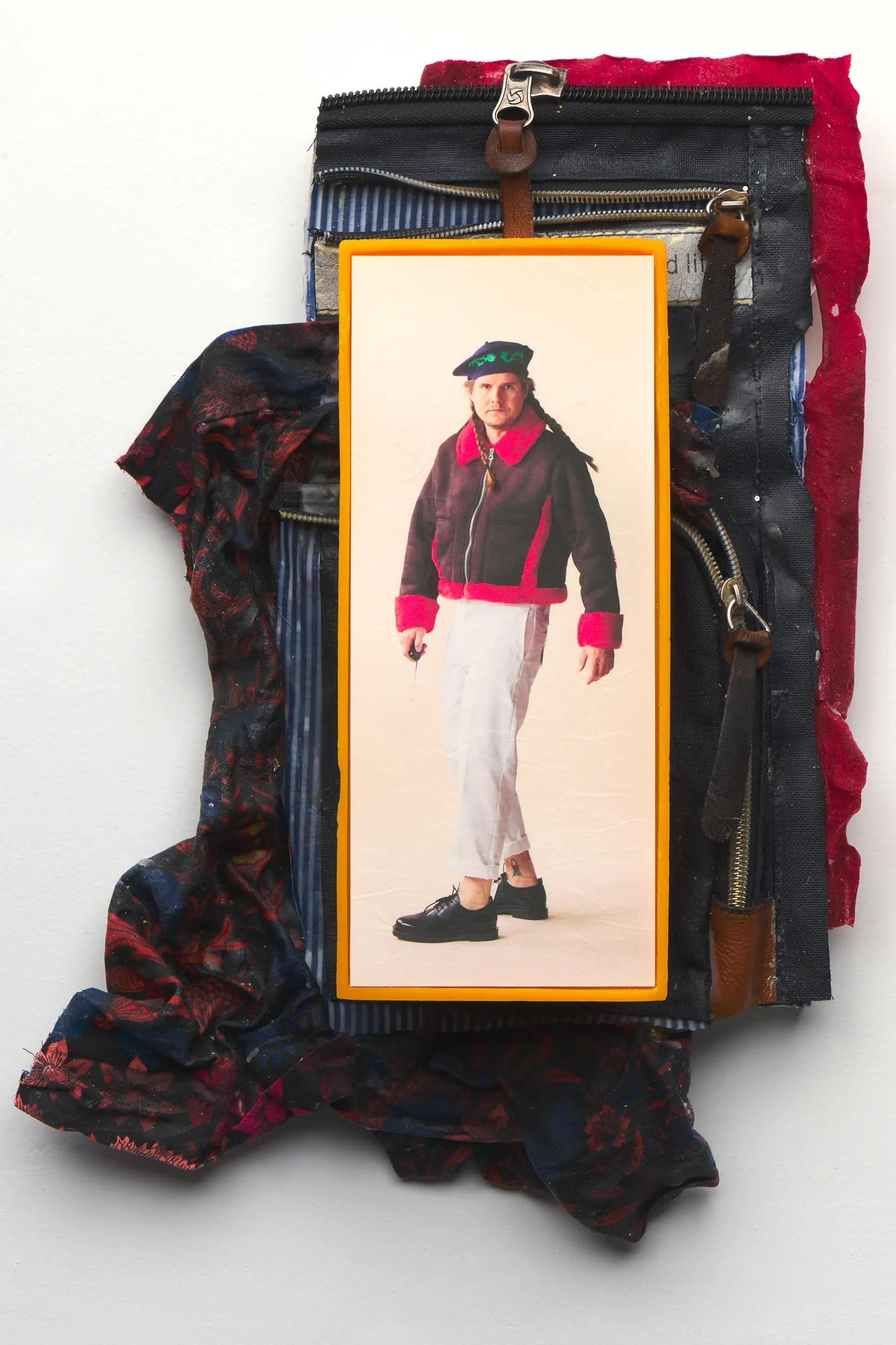
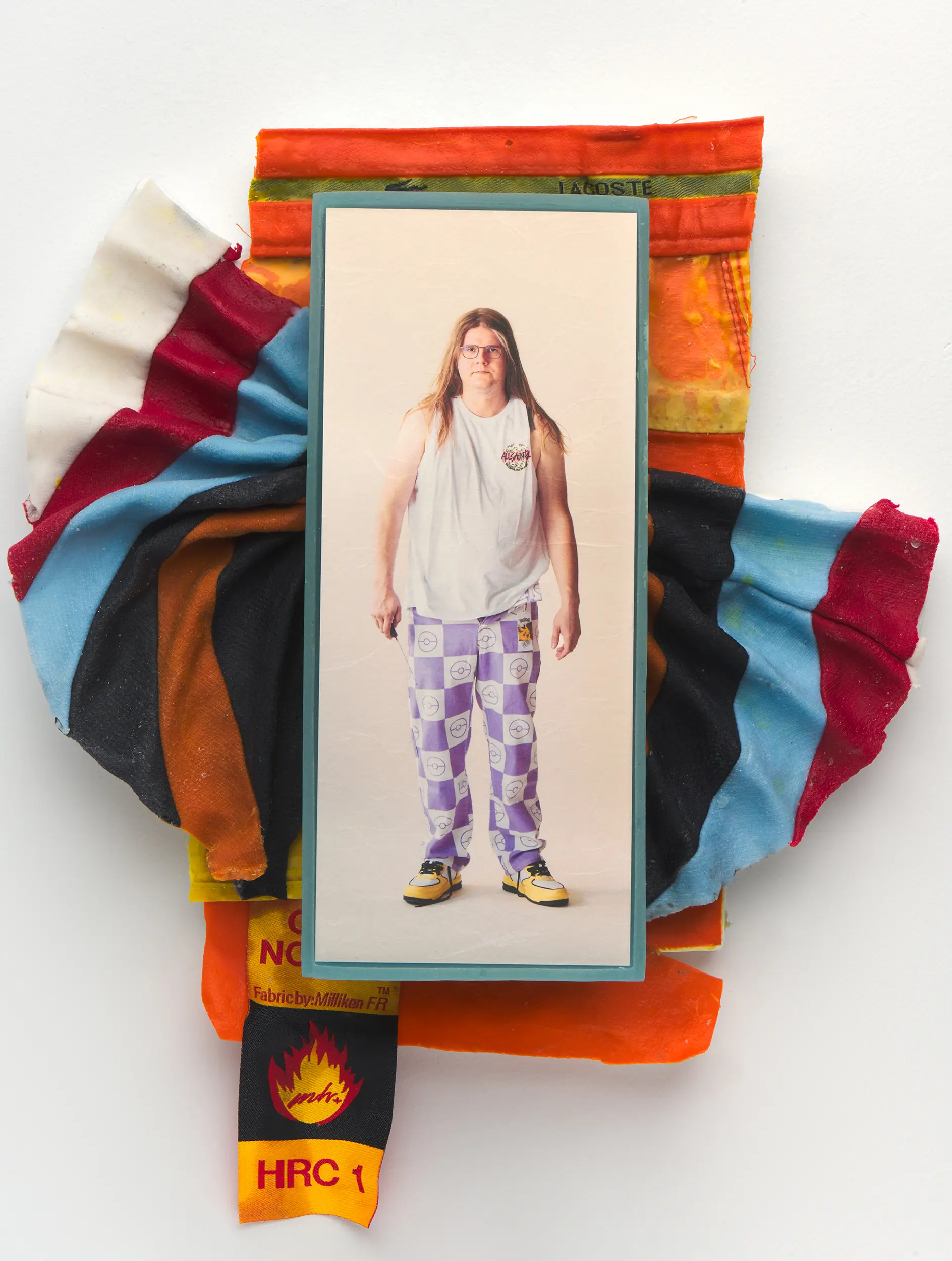
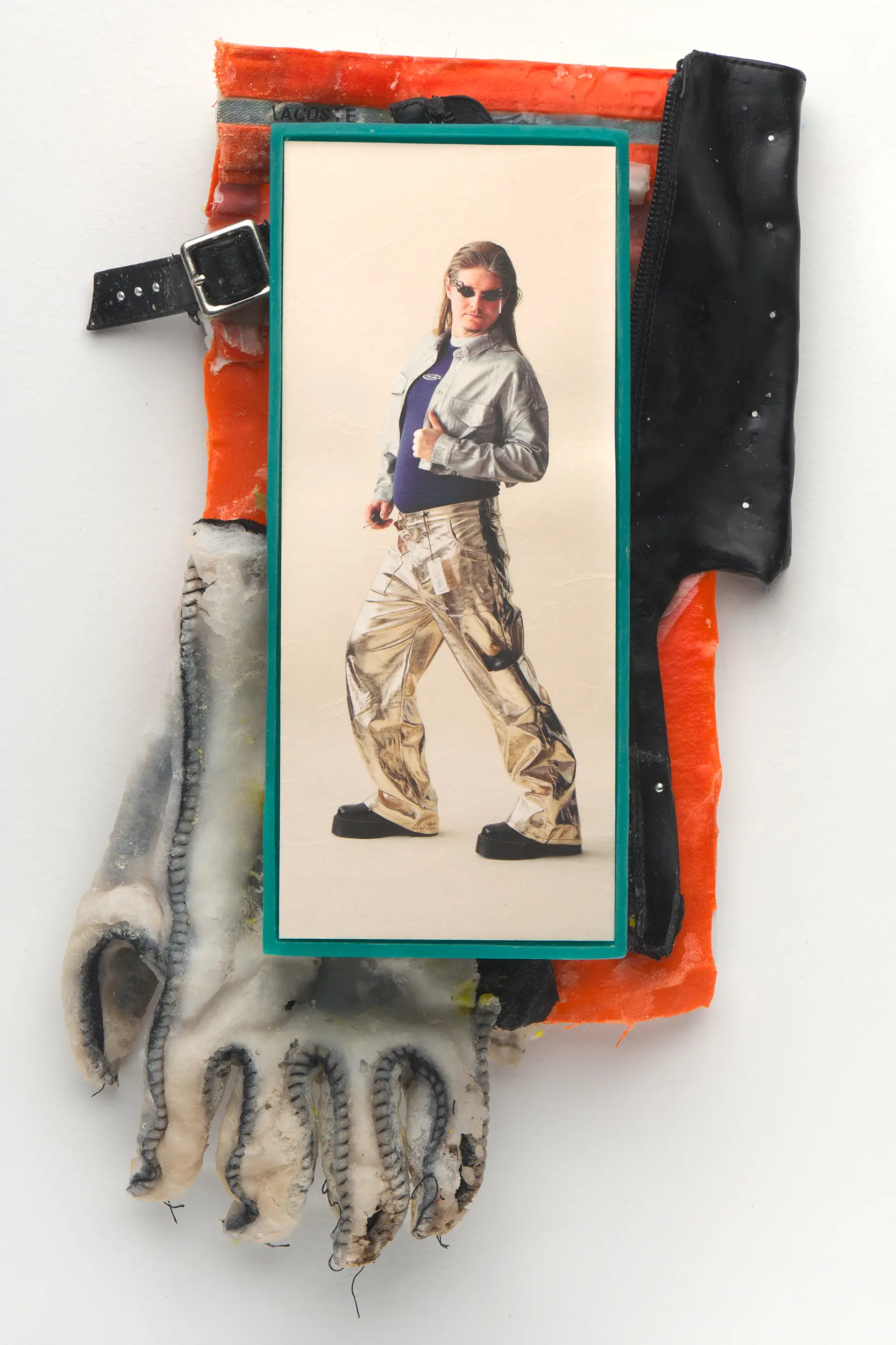
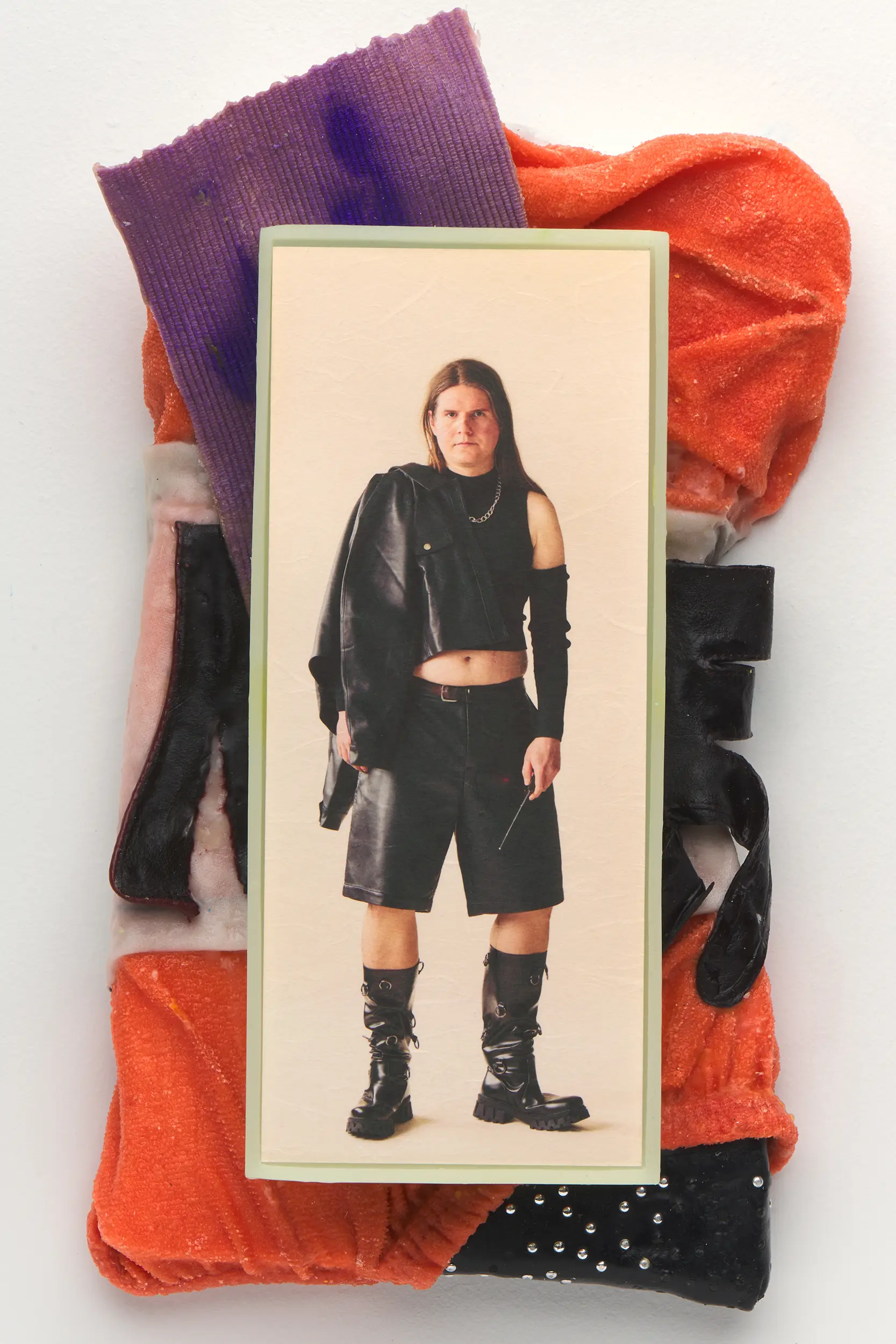
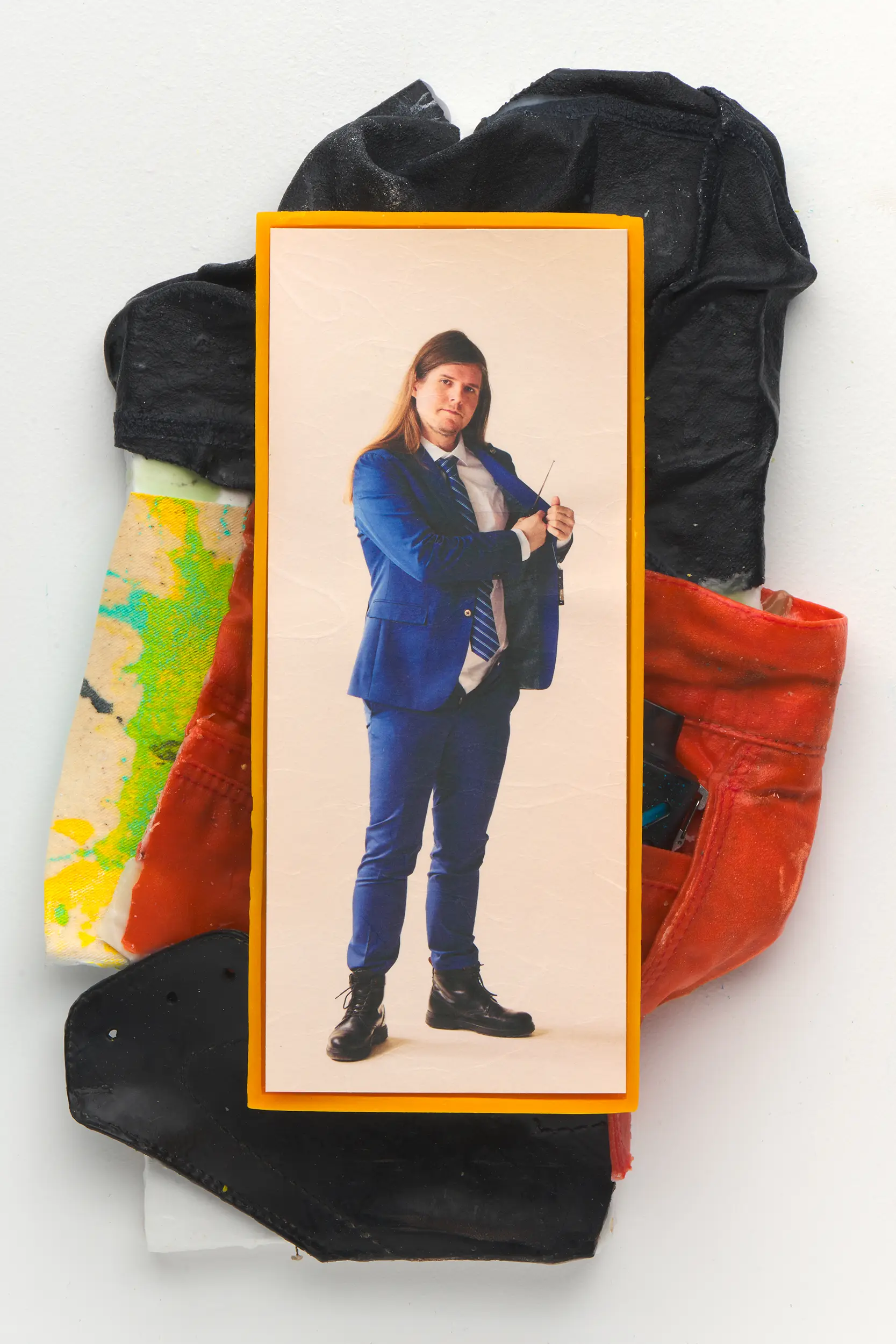

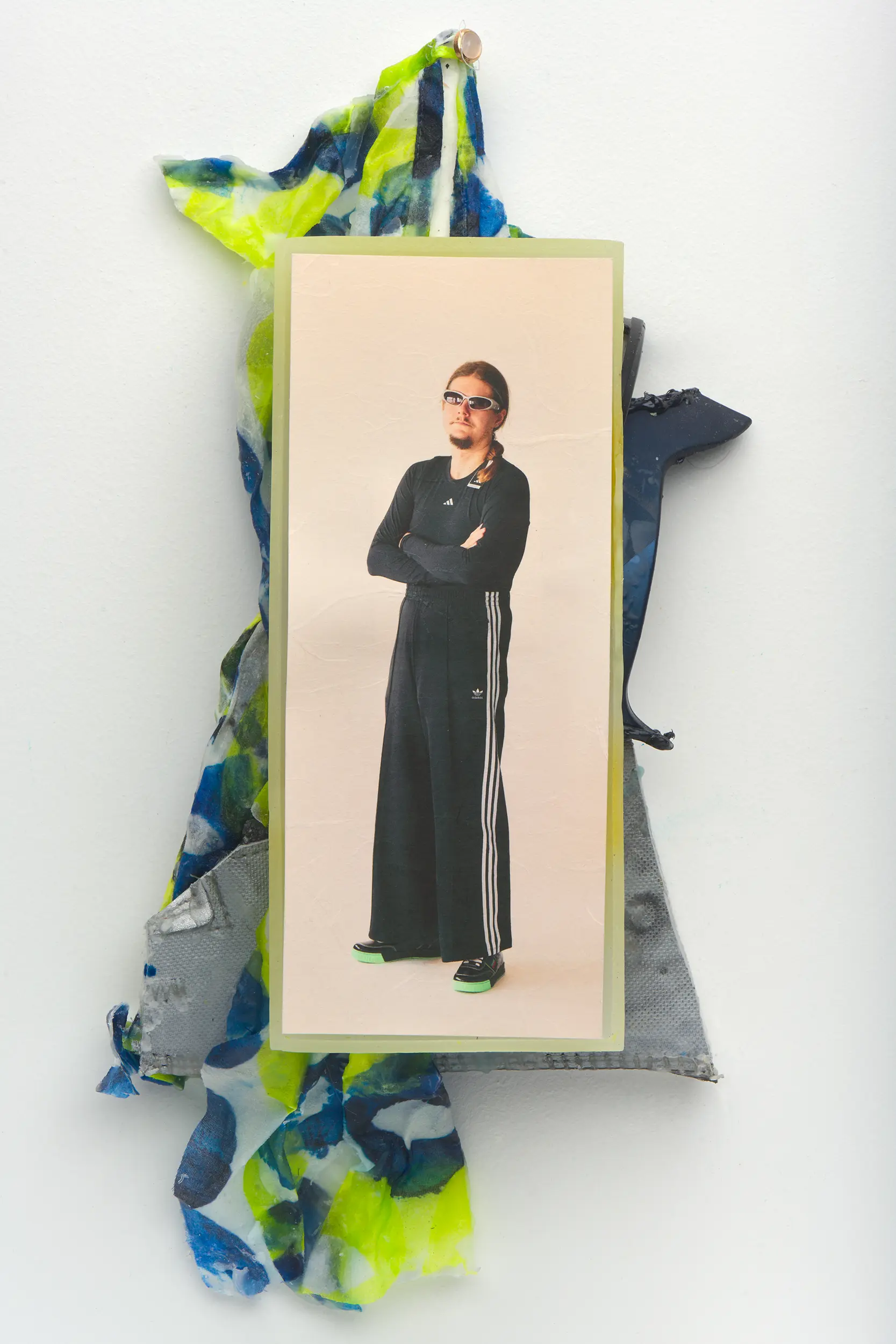
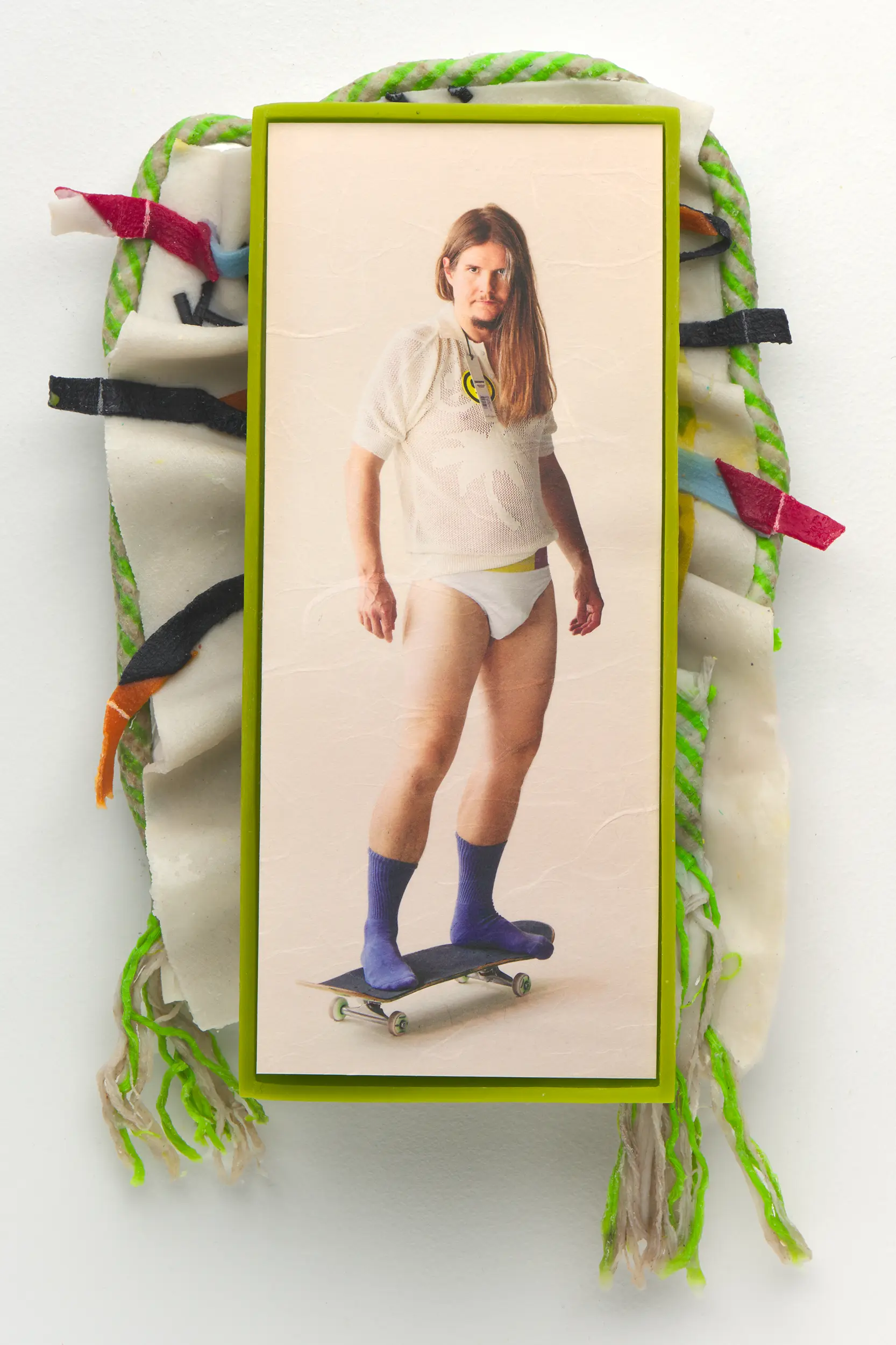
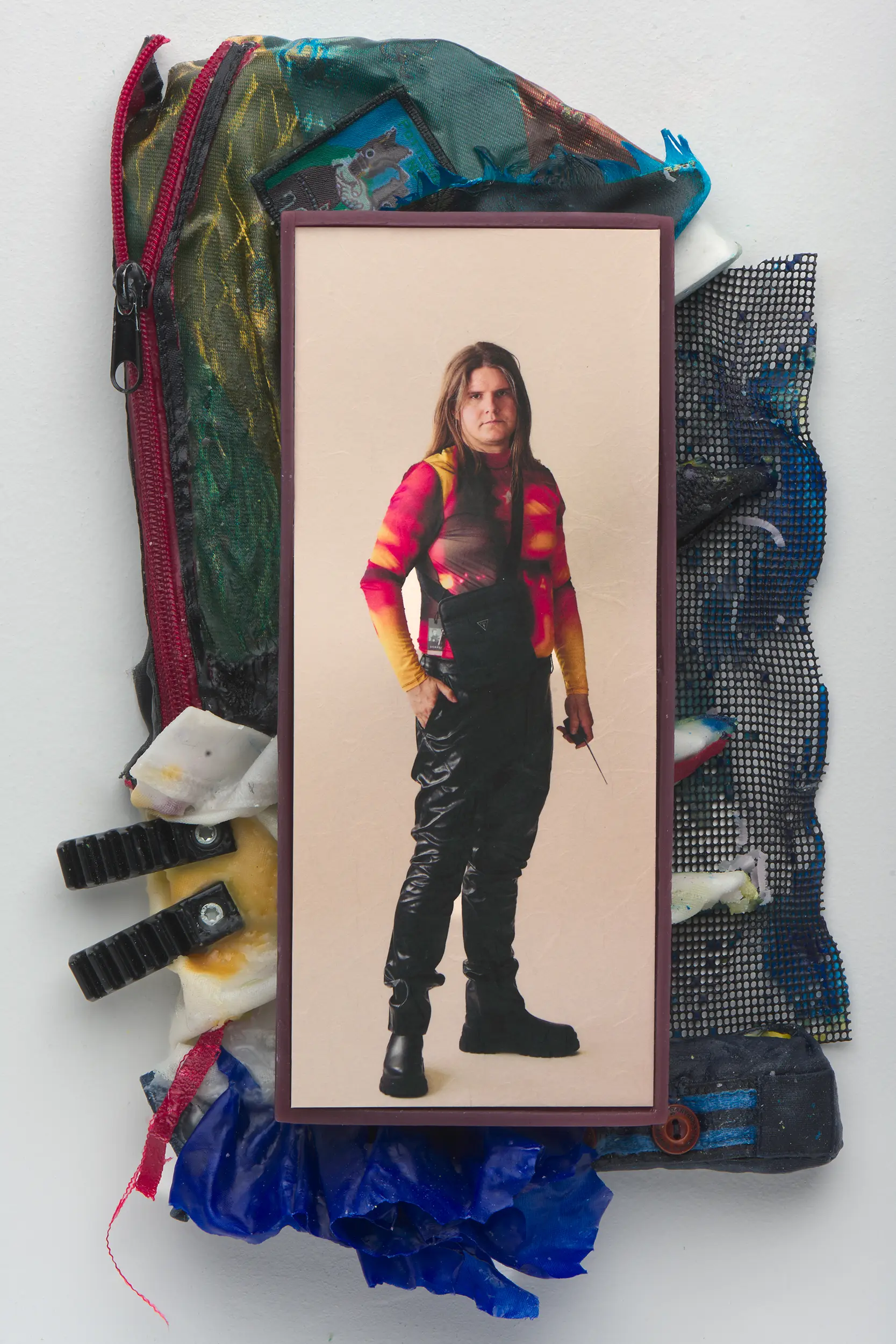
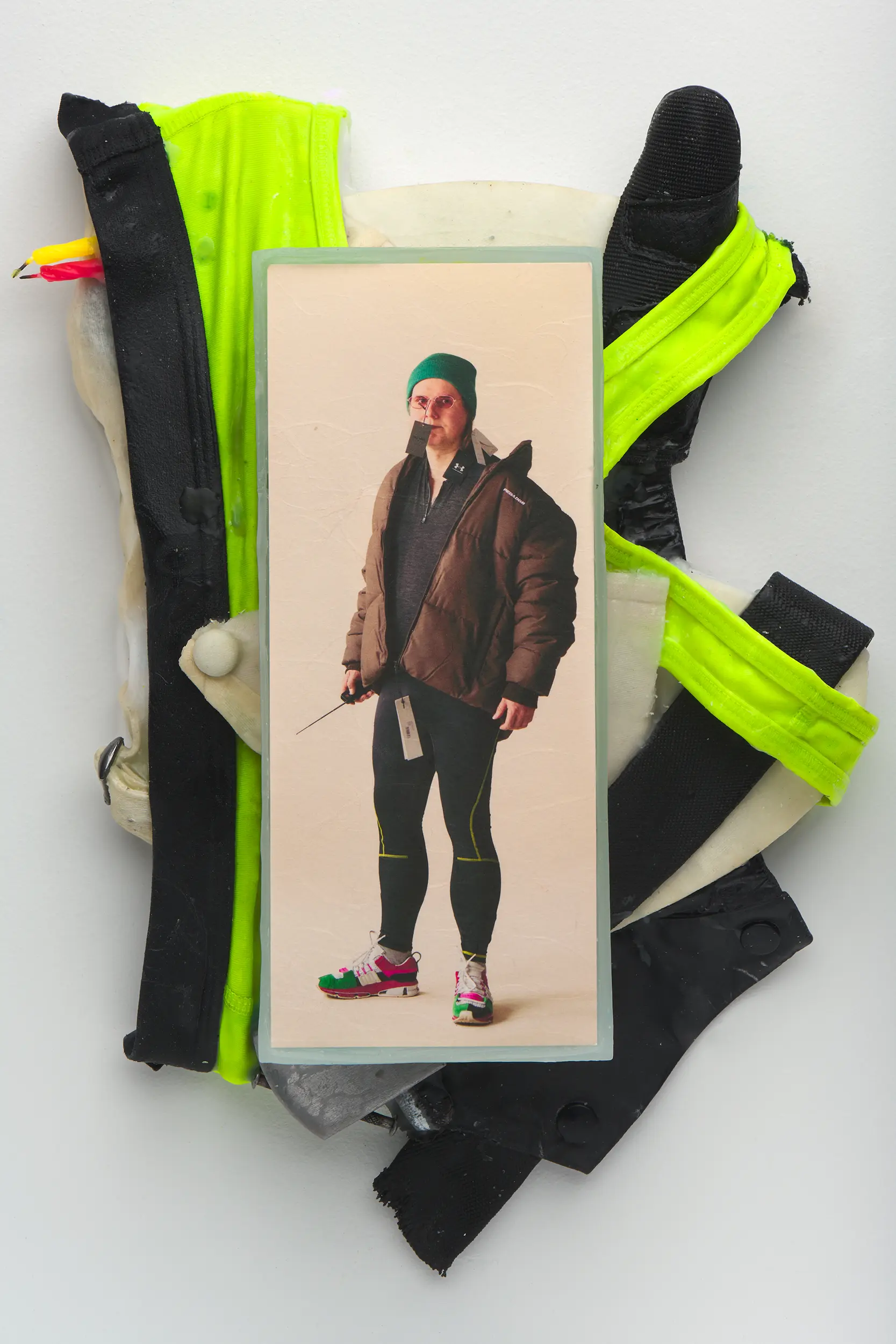
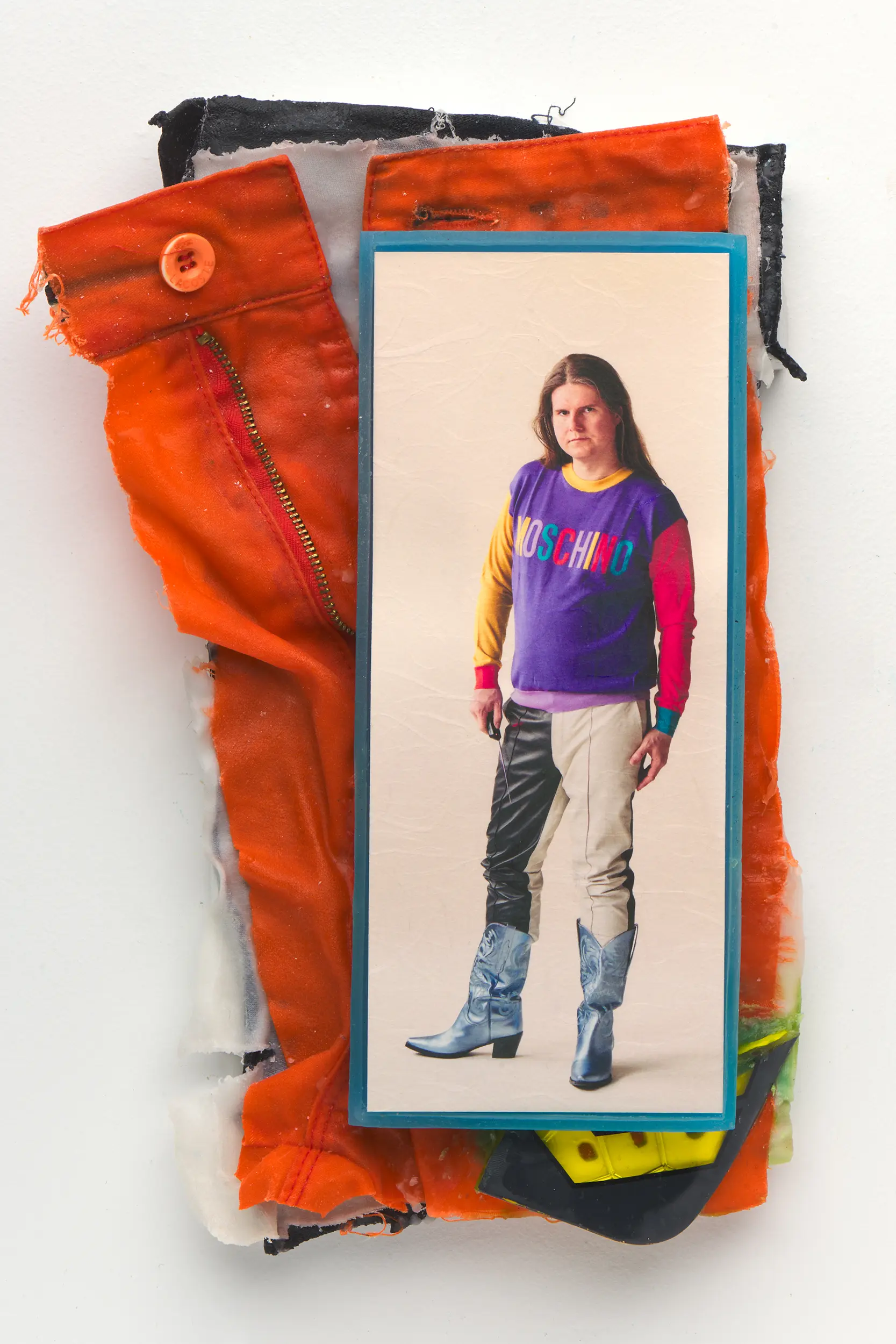
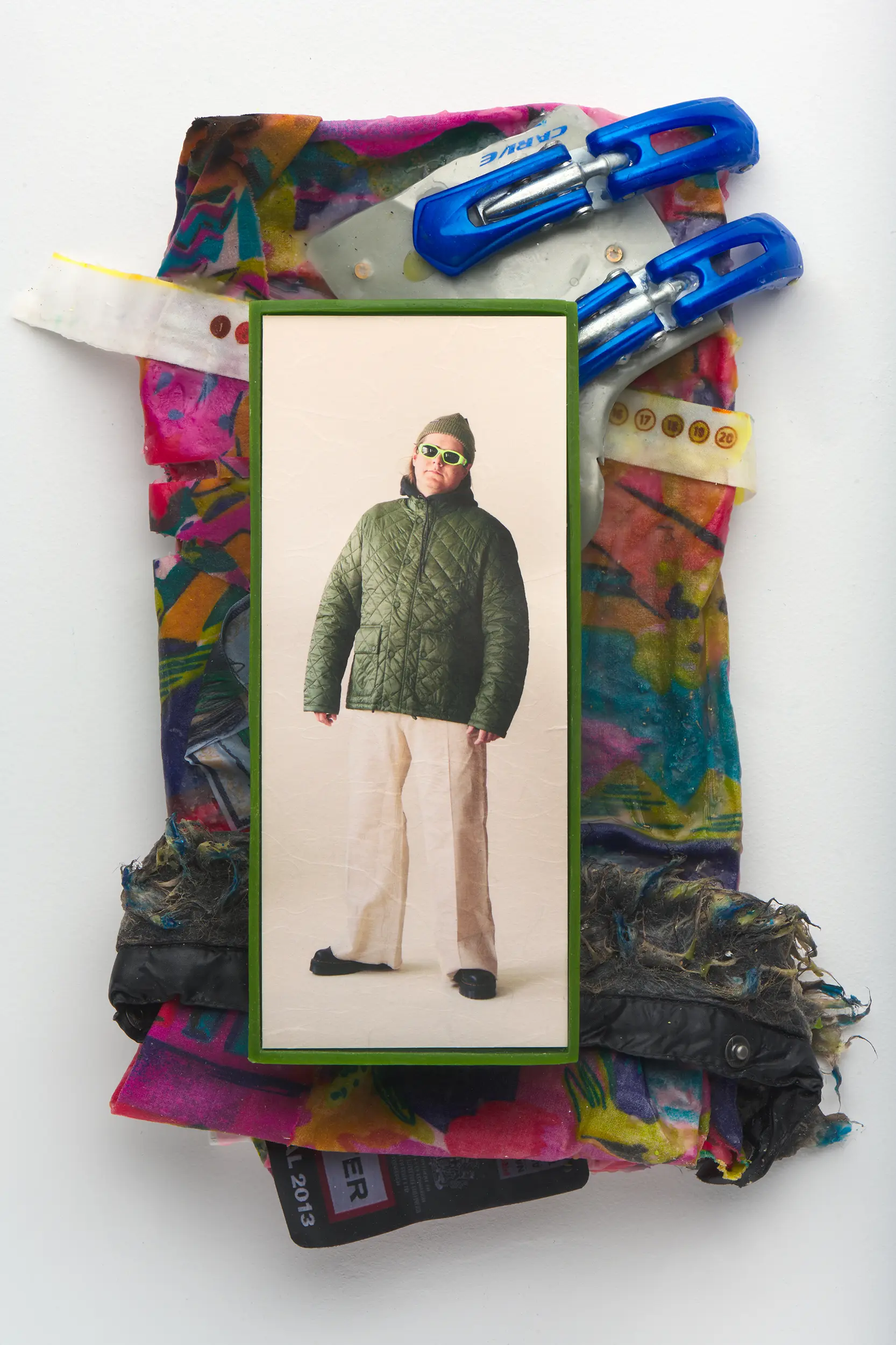
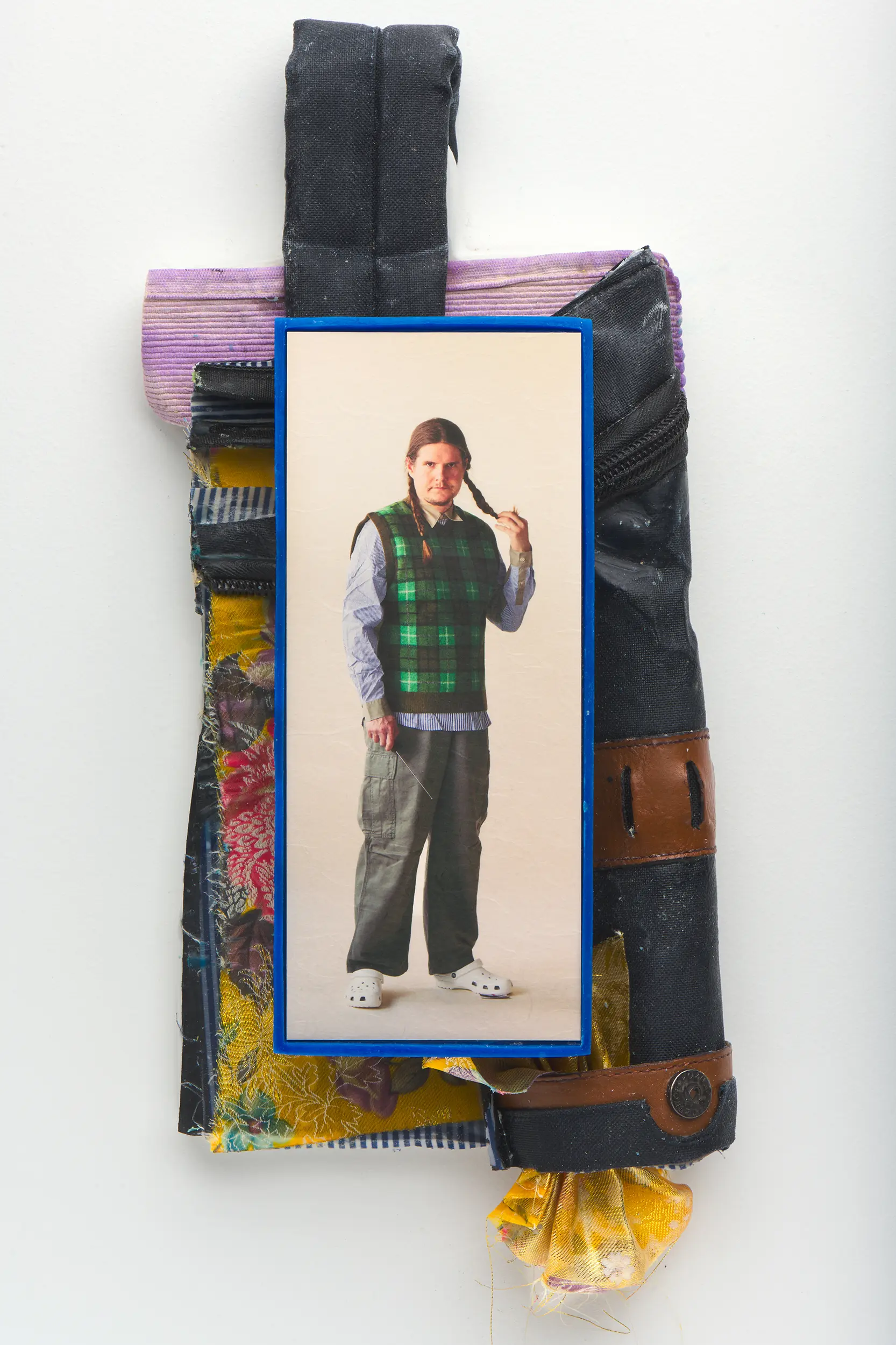
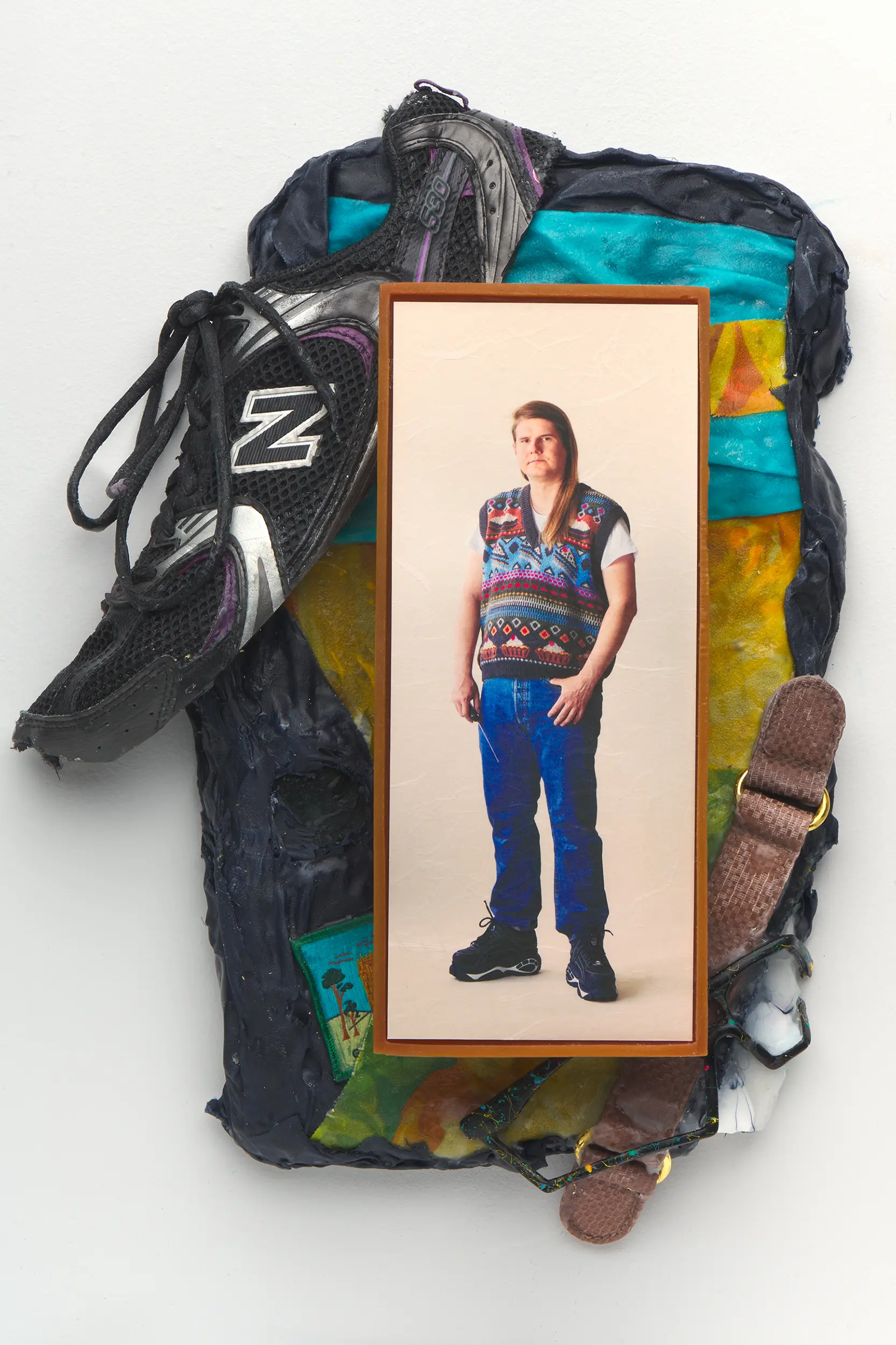
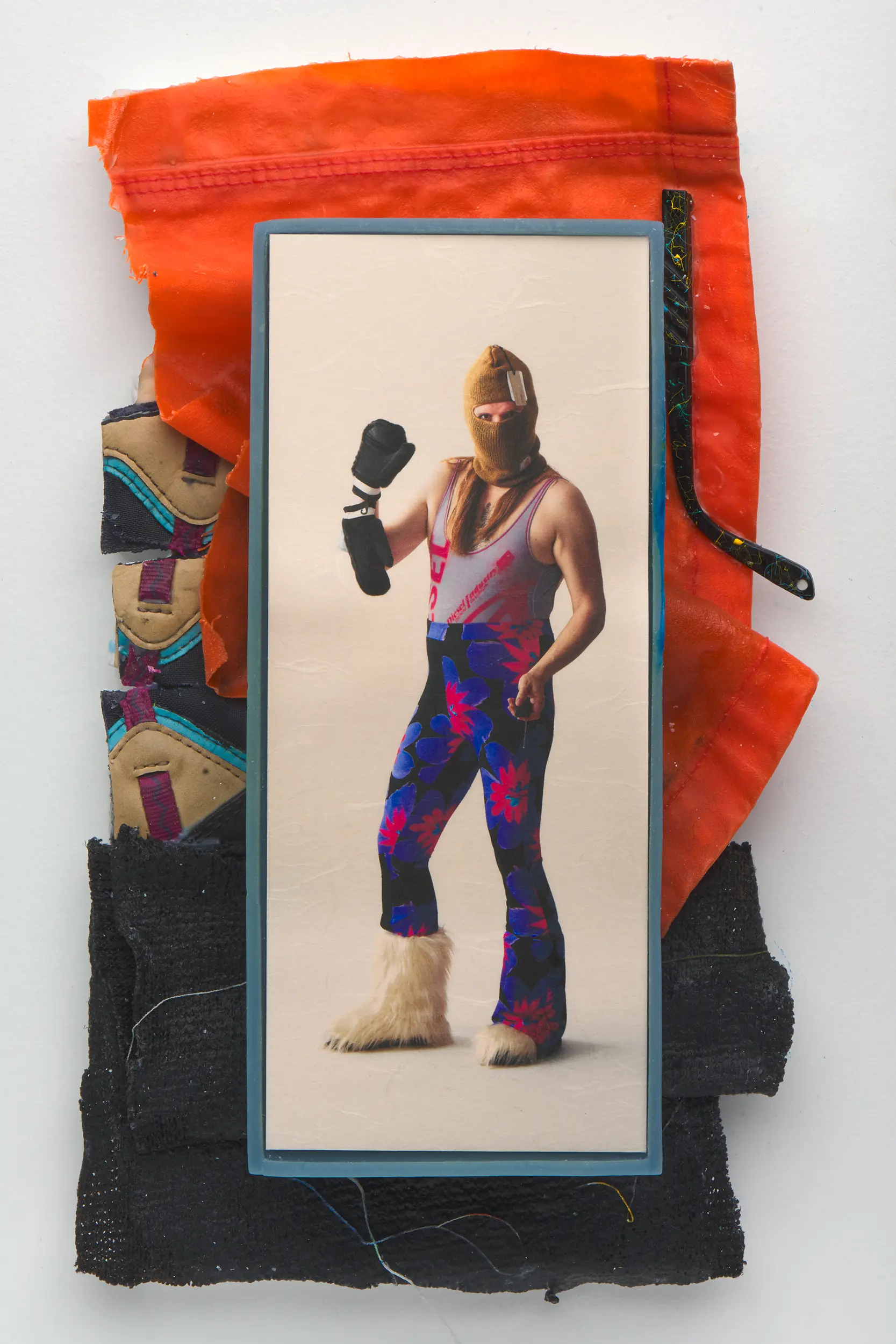
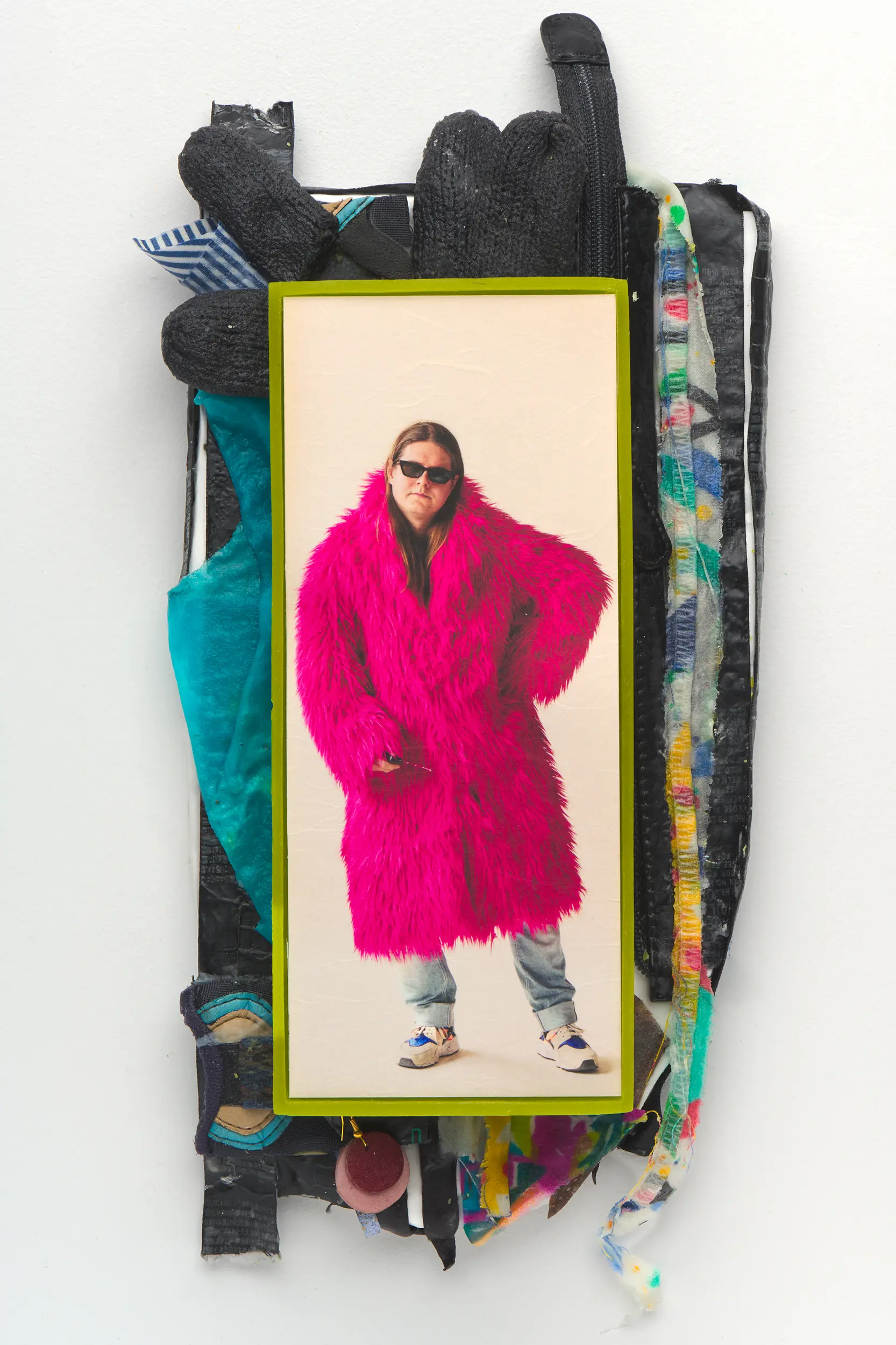
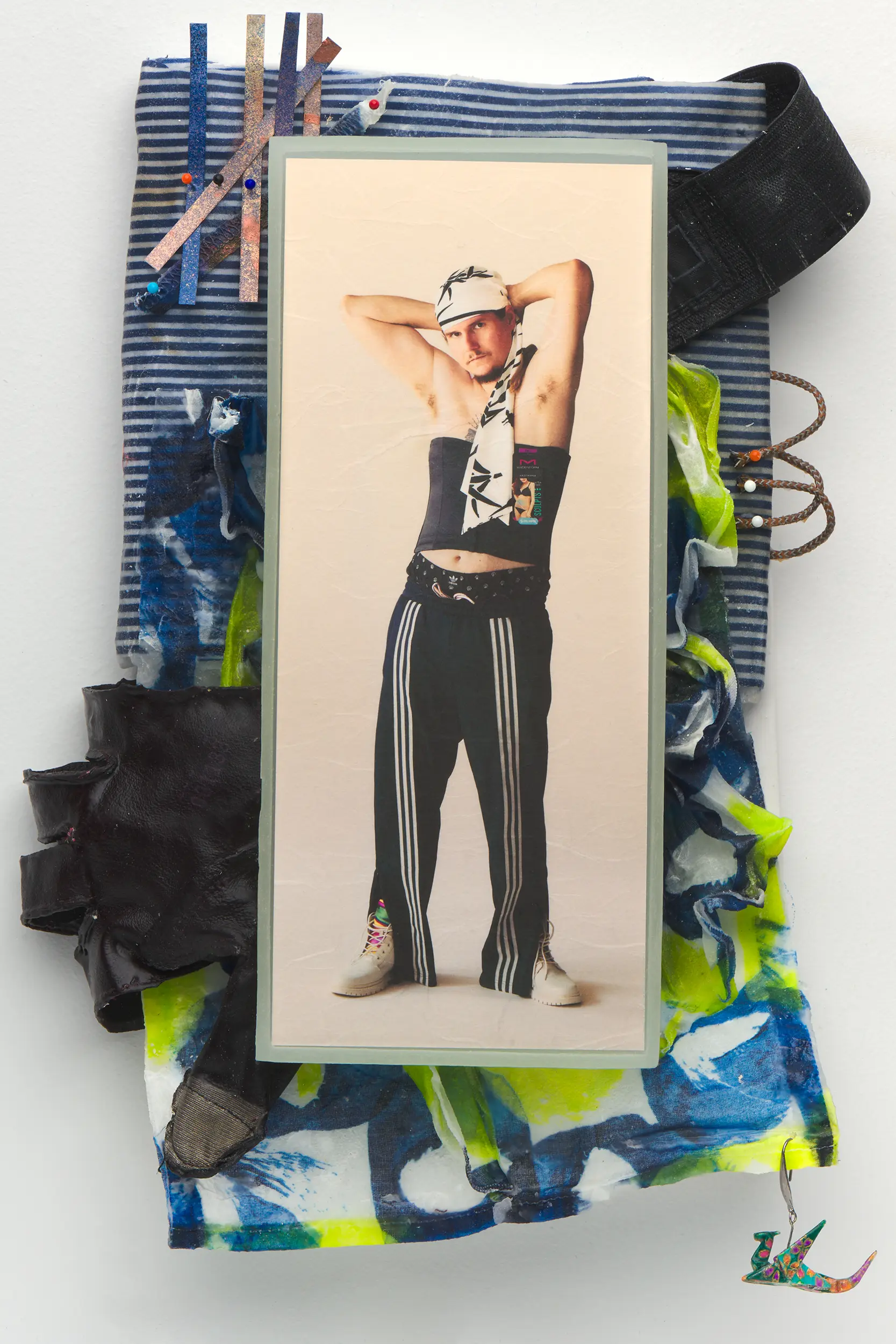
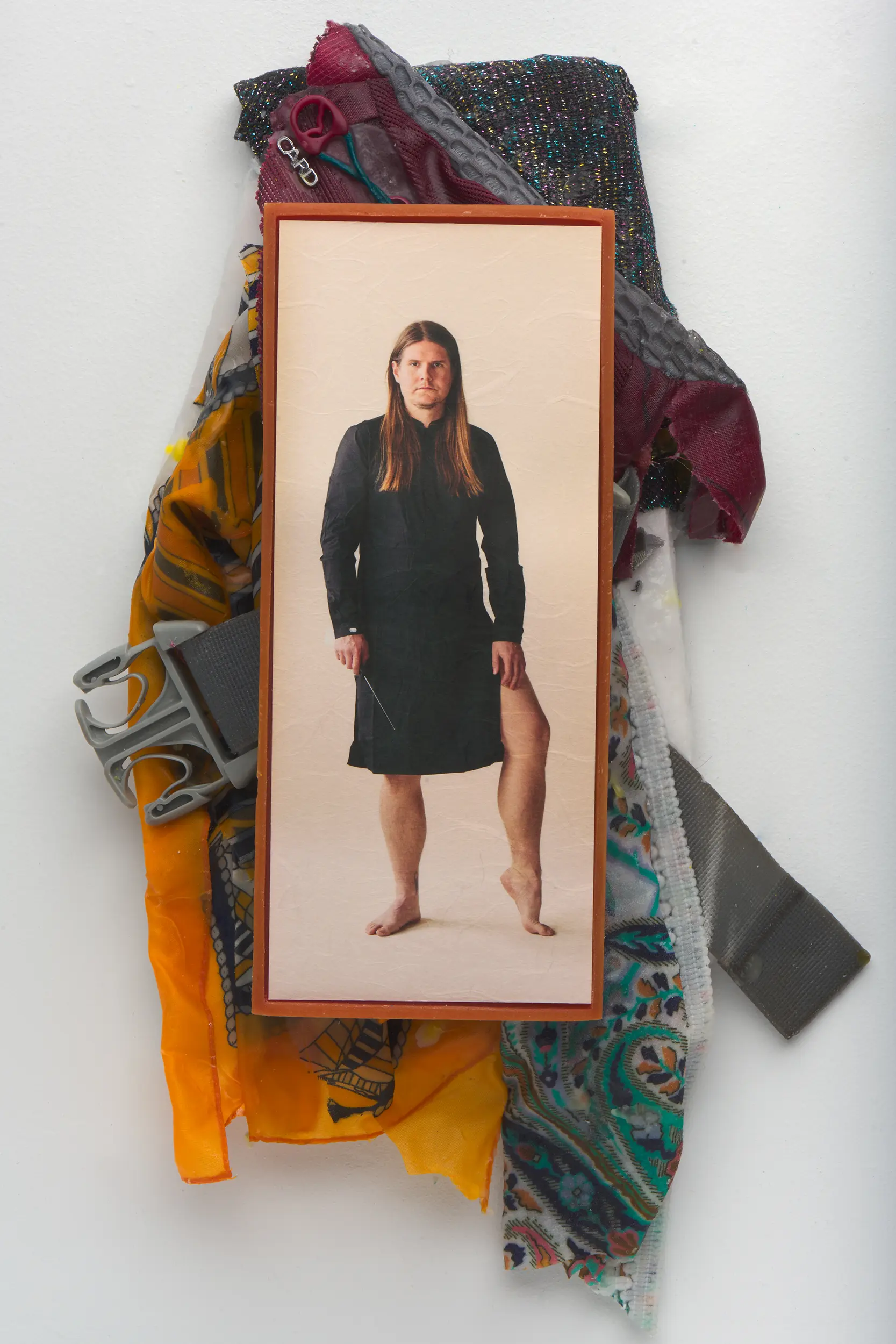
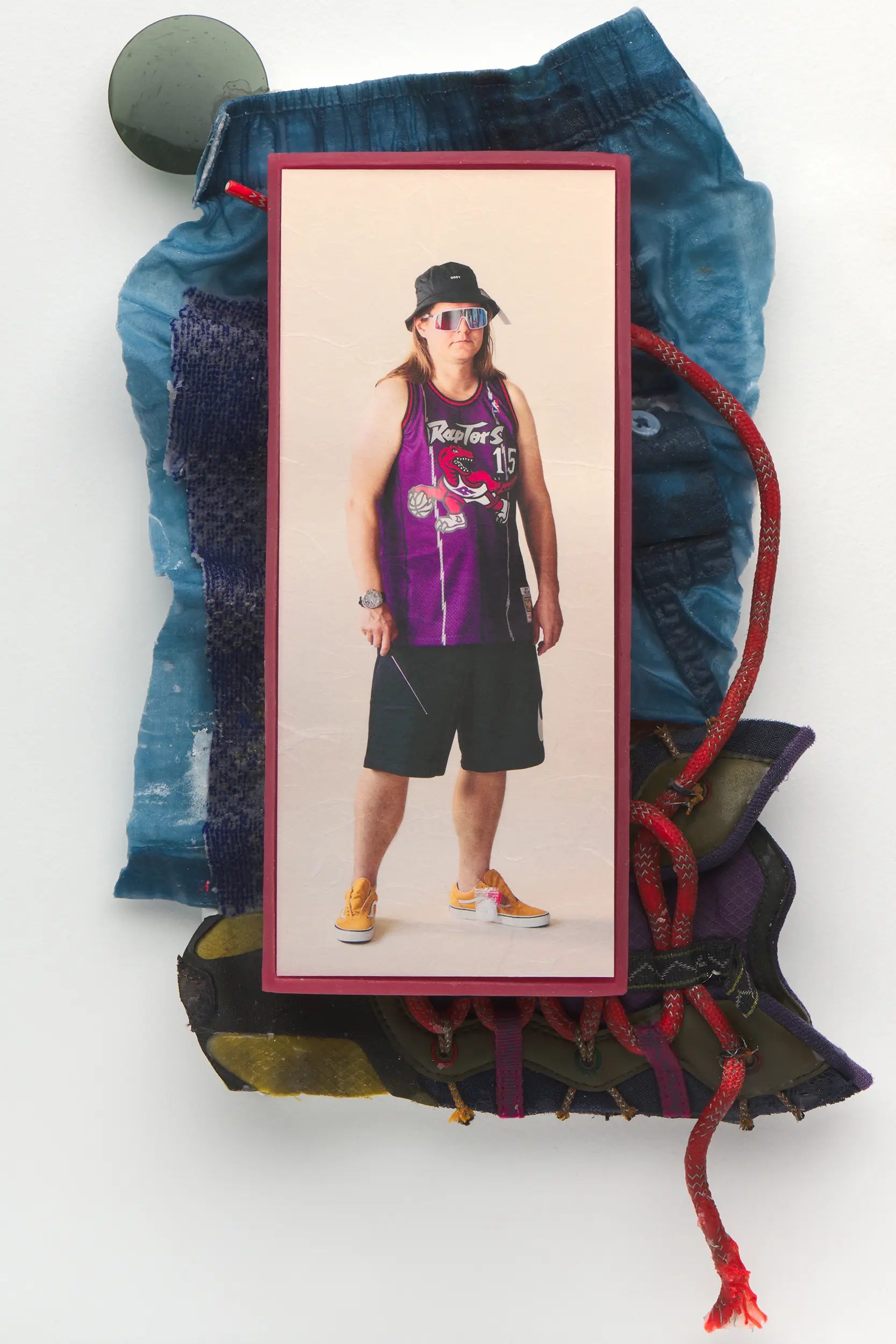
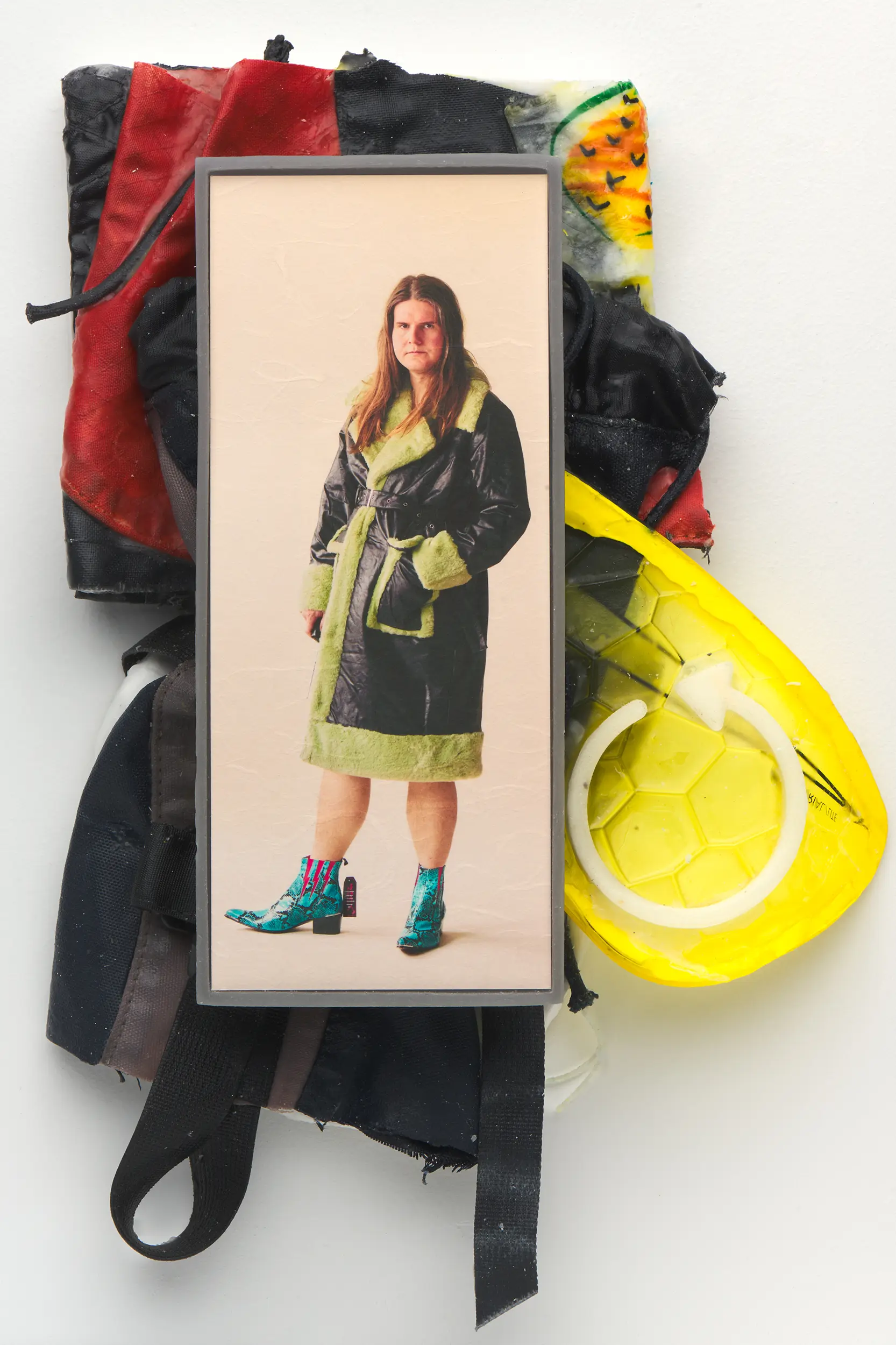
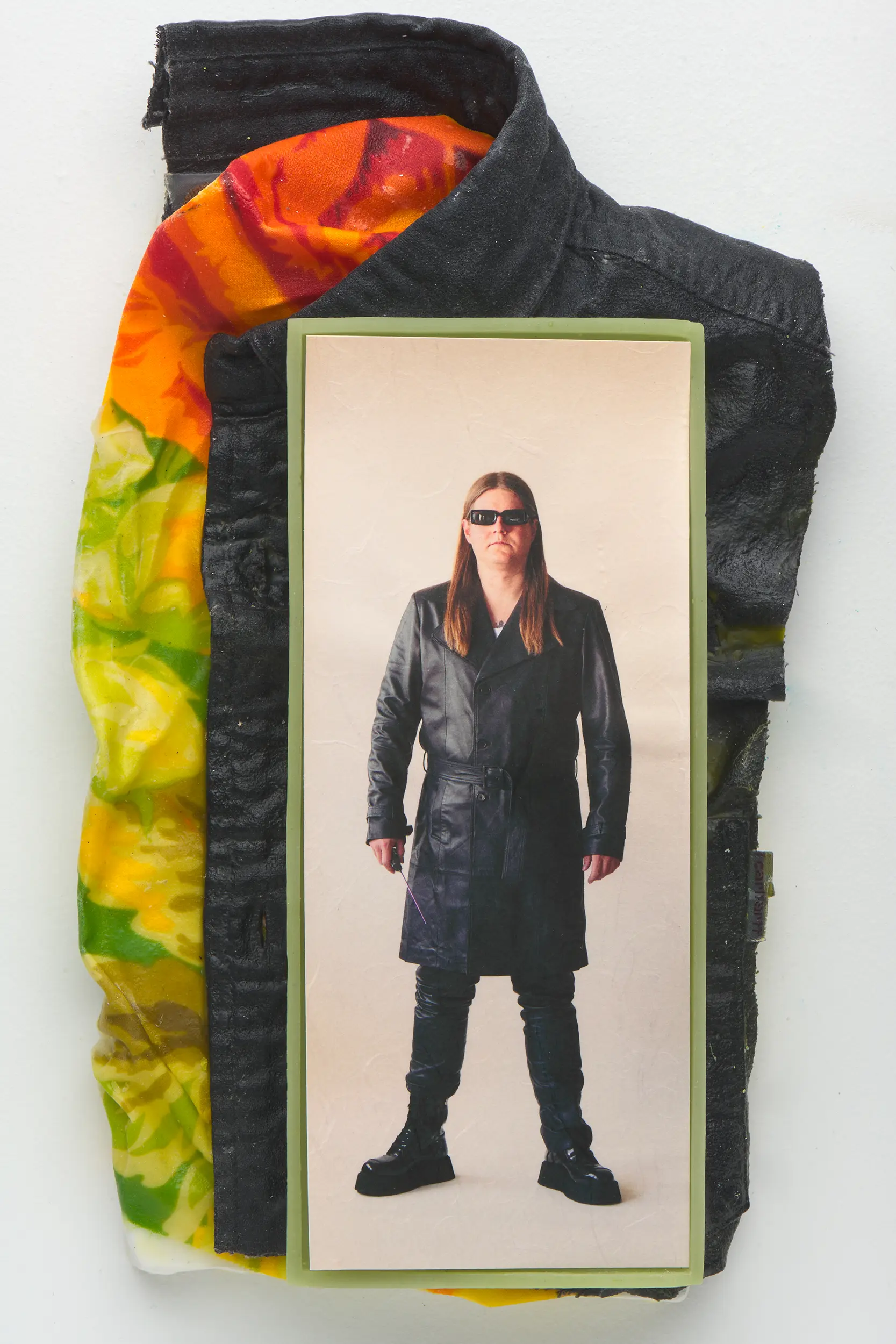
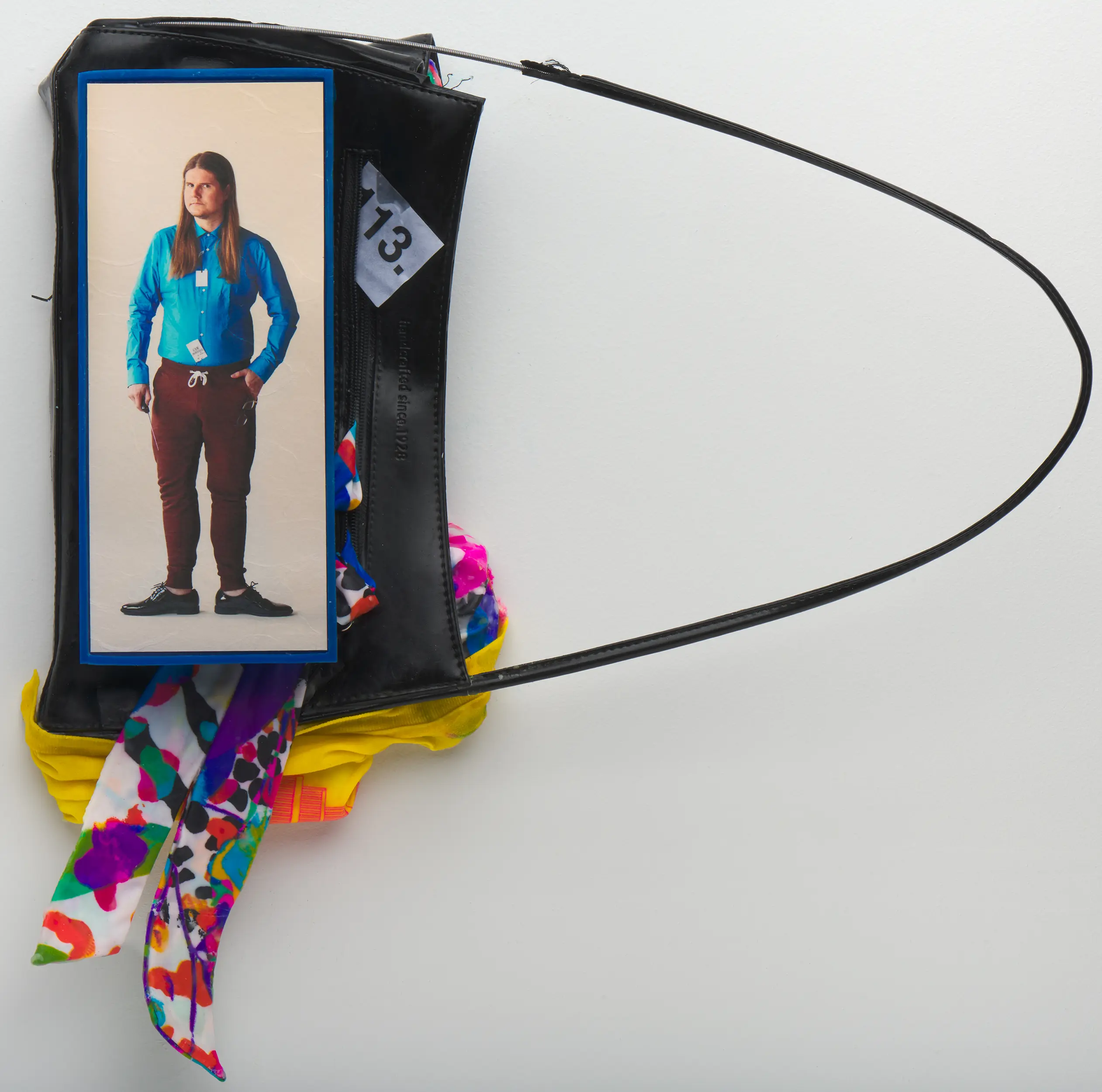
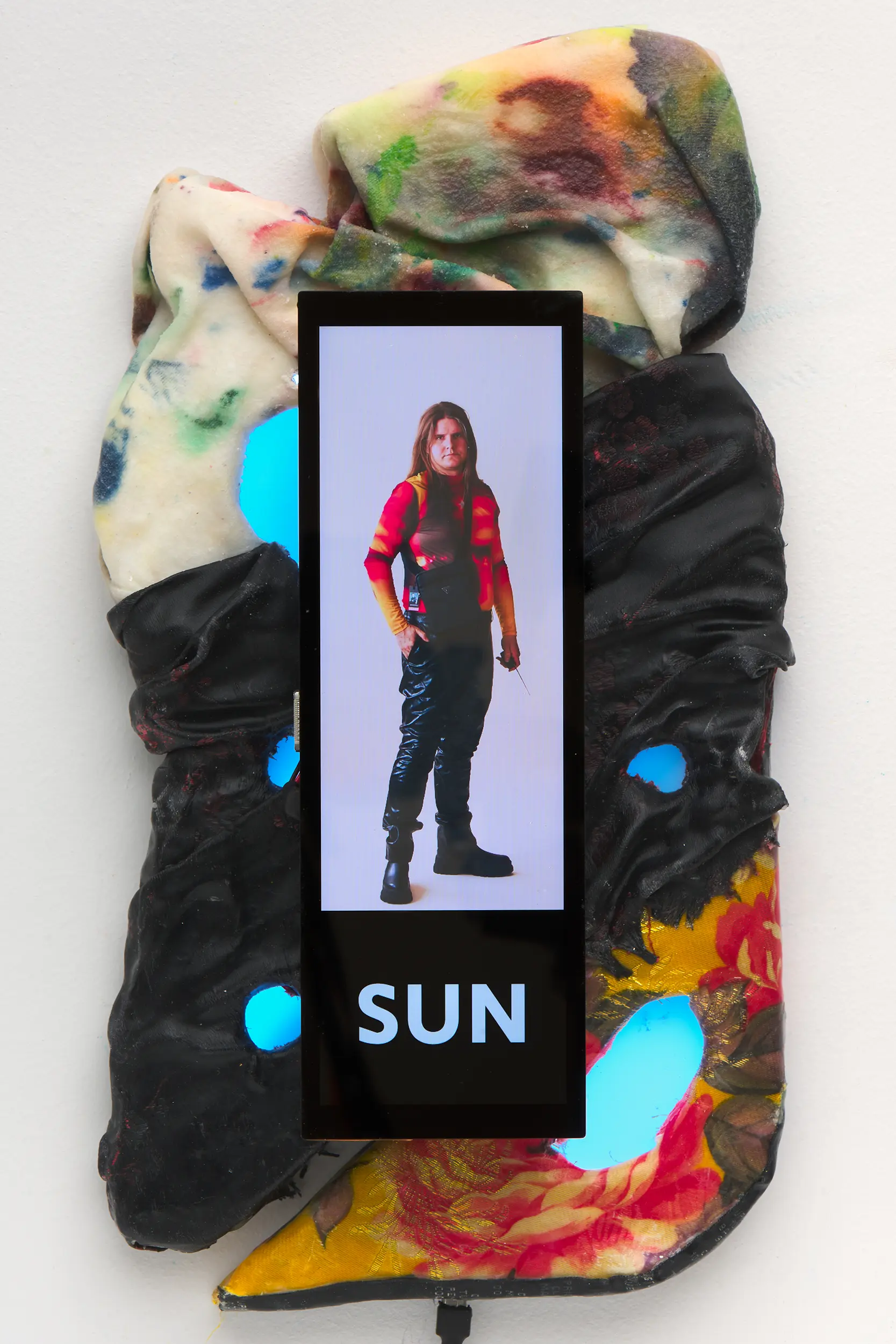
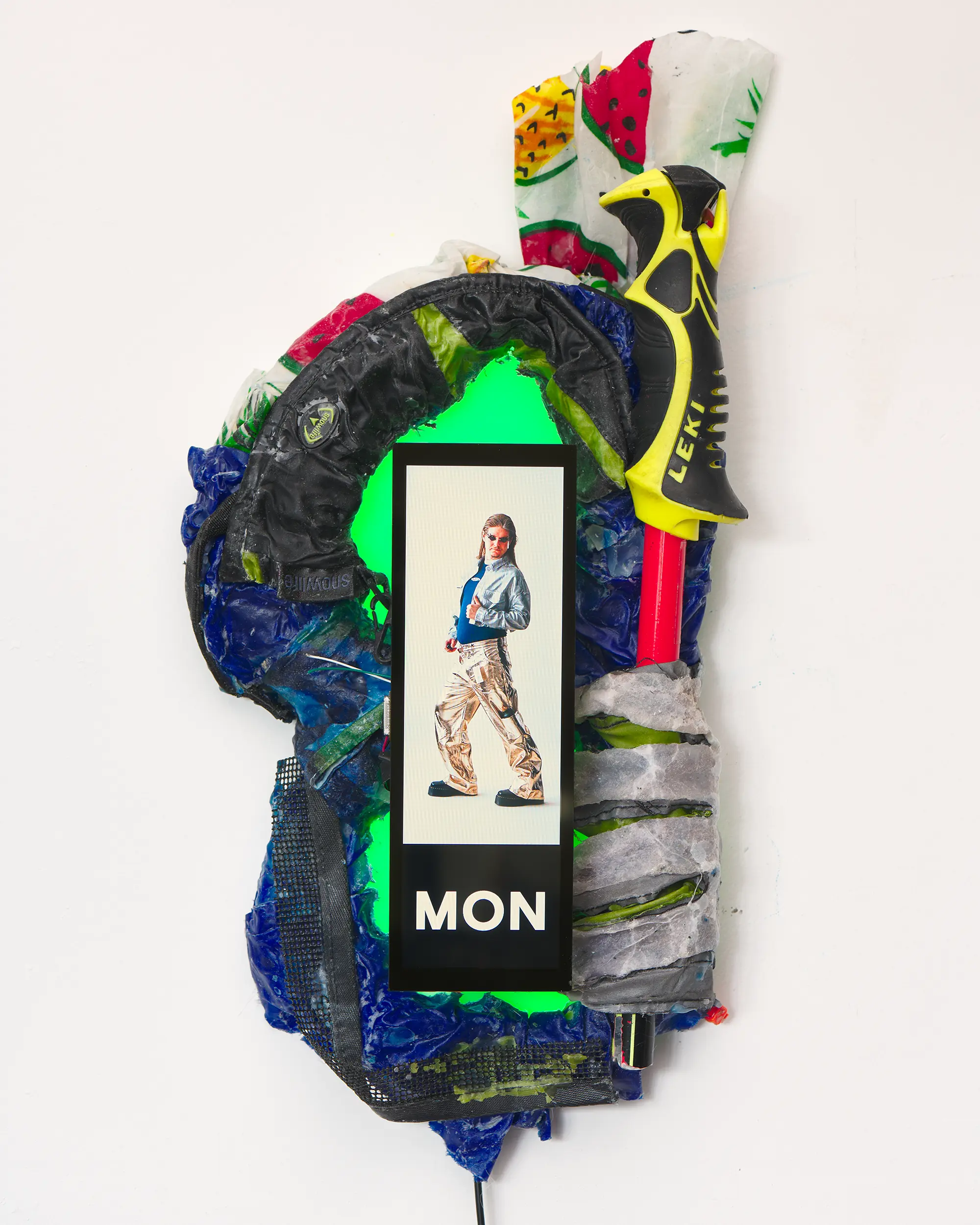
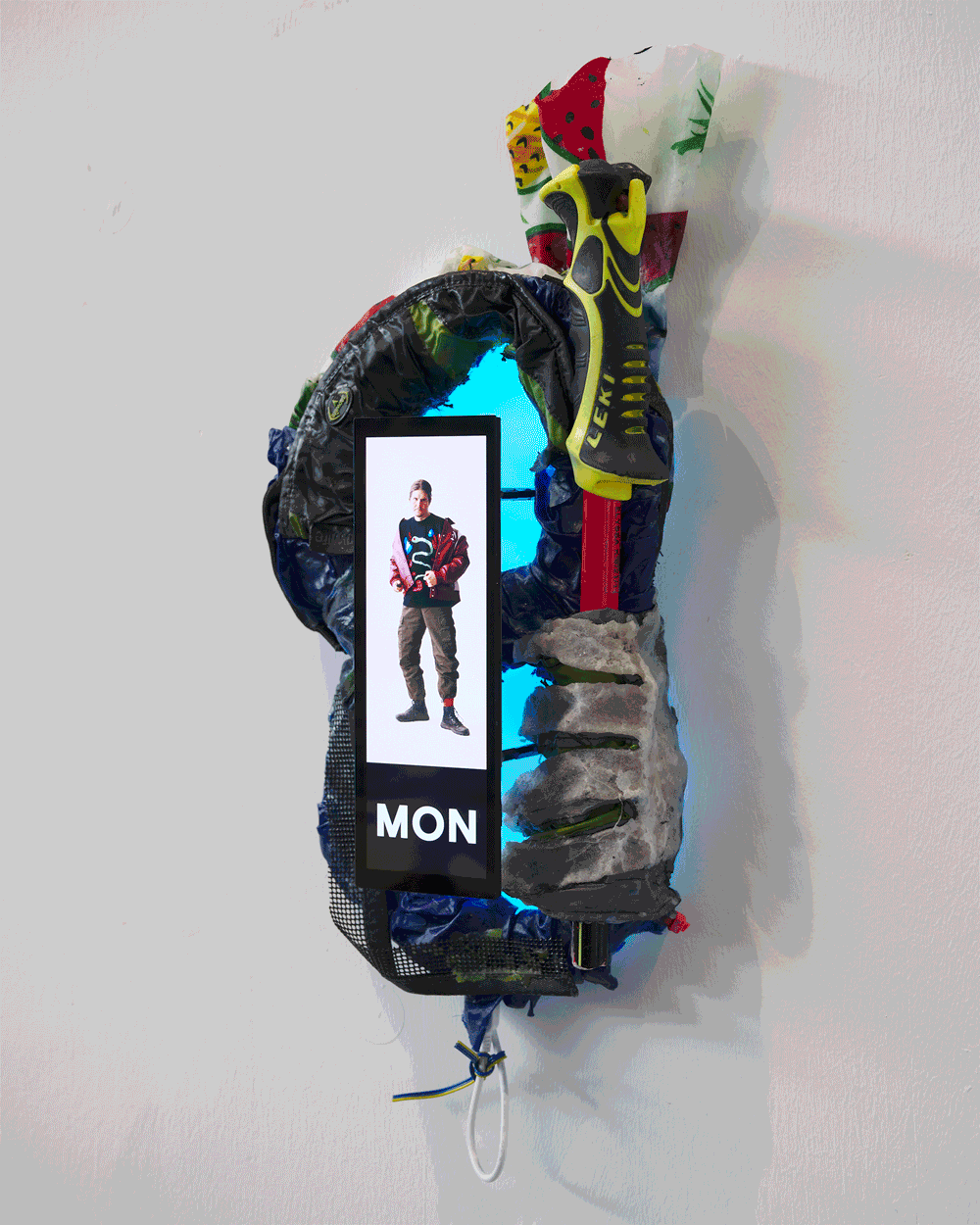
As part of the «Get the look!» project, I was interested in how algorithms influence and shape our decision-making process. The clothes worn for the photos were recommendations from online boutiques, influenced by my partner’s and my own browsing activity.
Combined with other marketing tools, these recommendations lead us into a continuous cycle of over-consumption, encouraging us to buy and replace items more frequently.
After taking the photos, I sent the clothes back.
For each image, I created a composition comprising pieces of clothing and accessories that have been discarded as unusable.
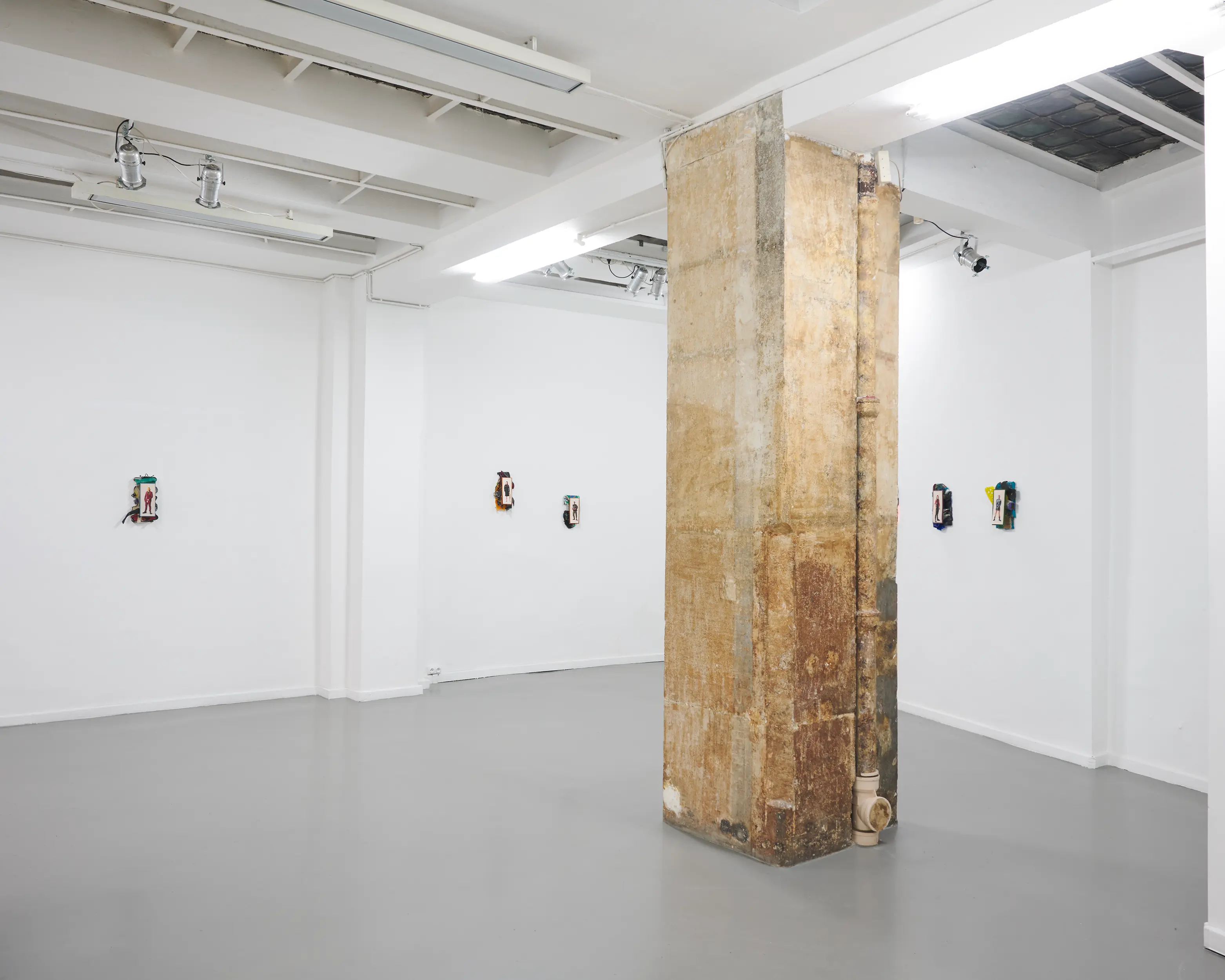
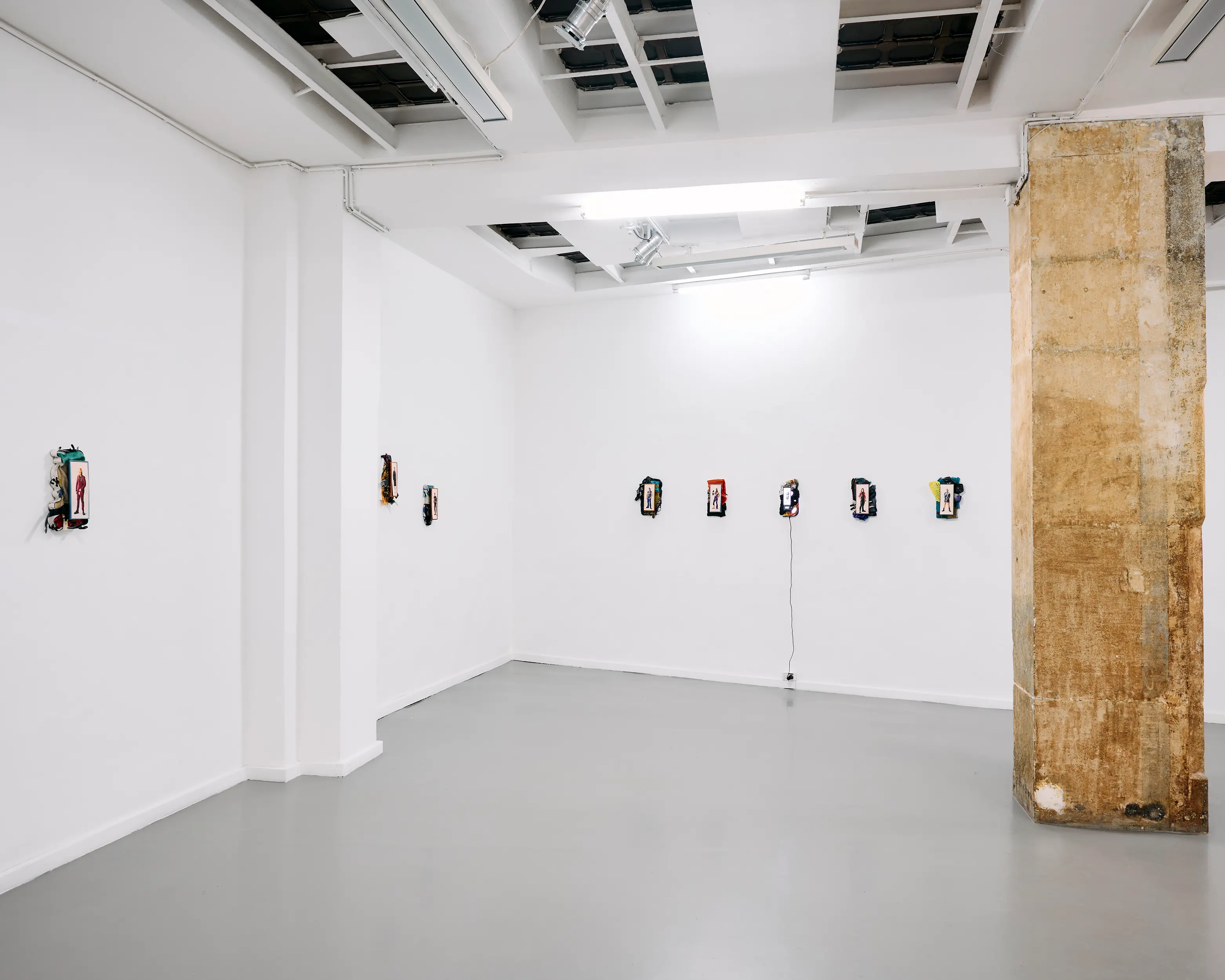
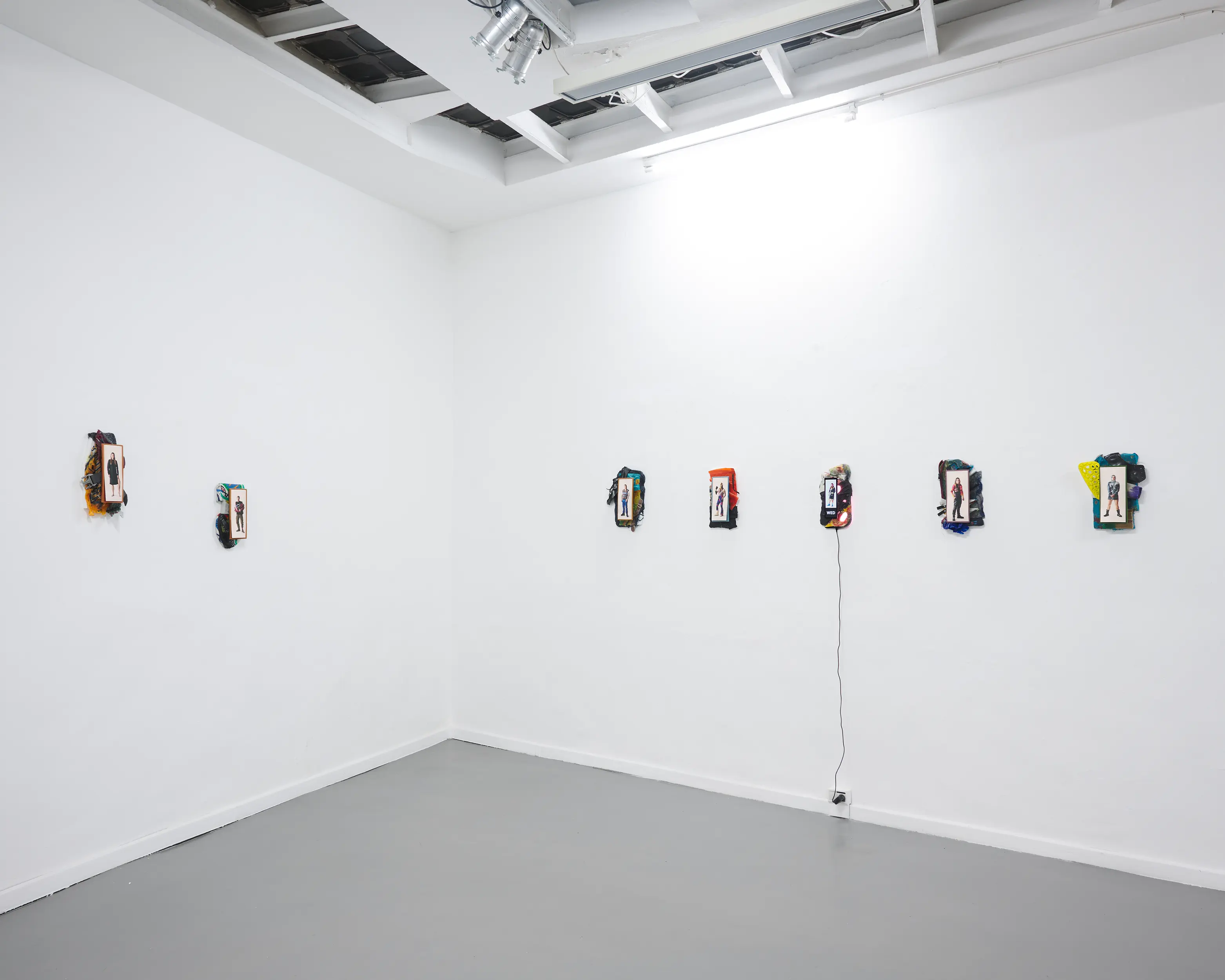
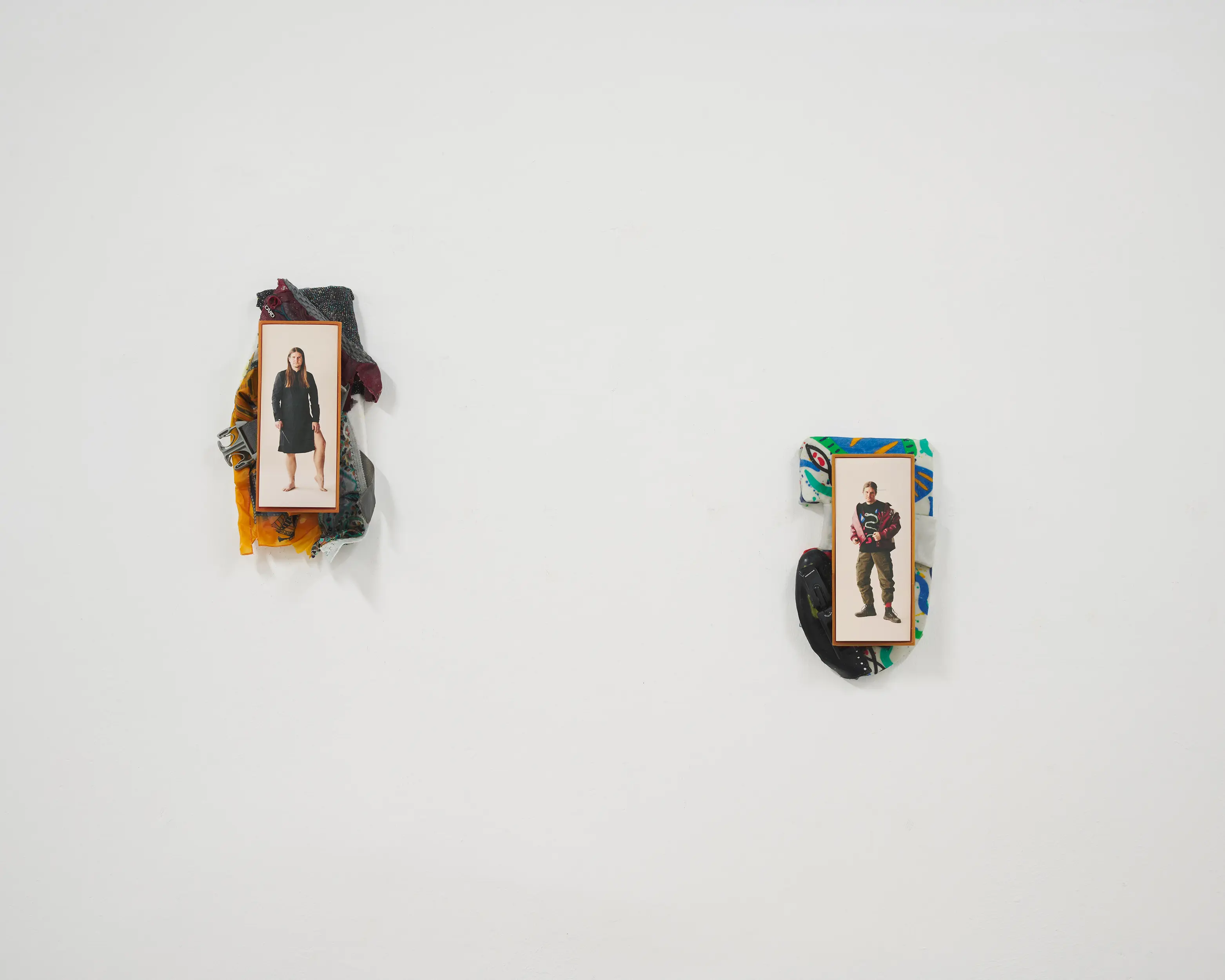
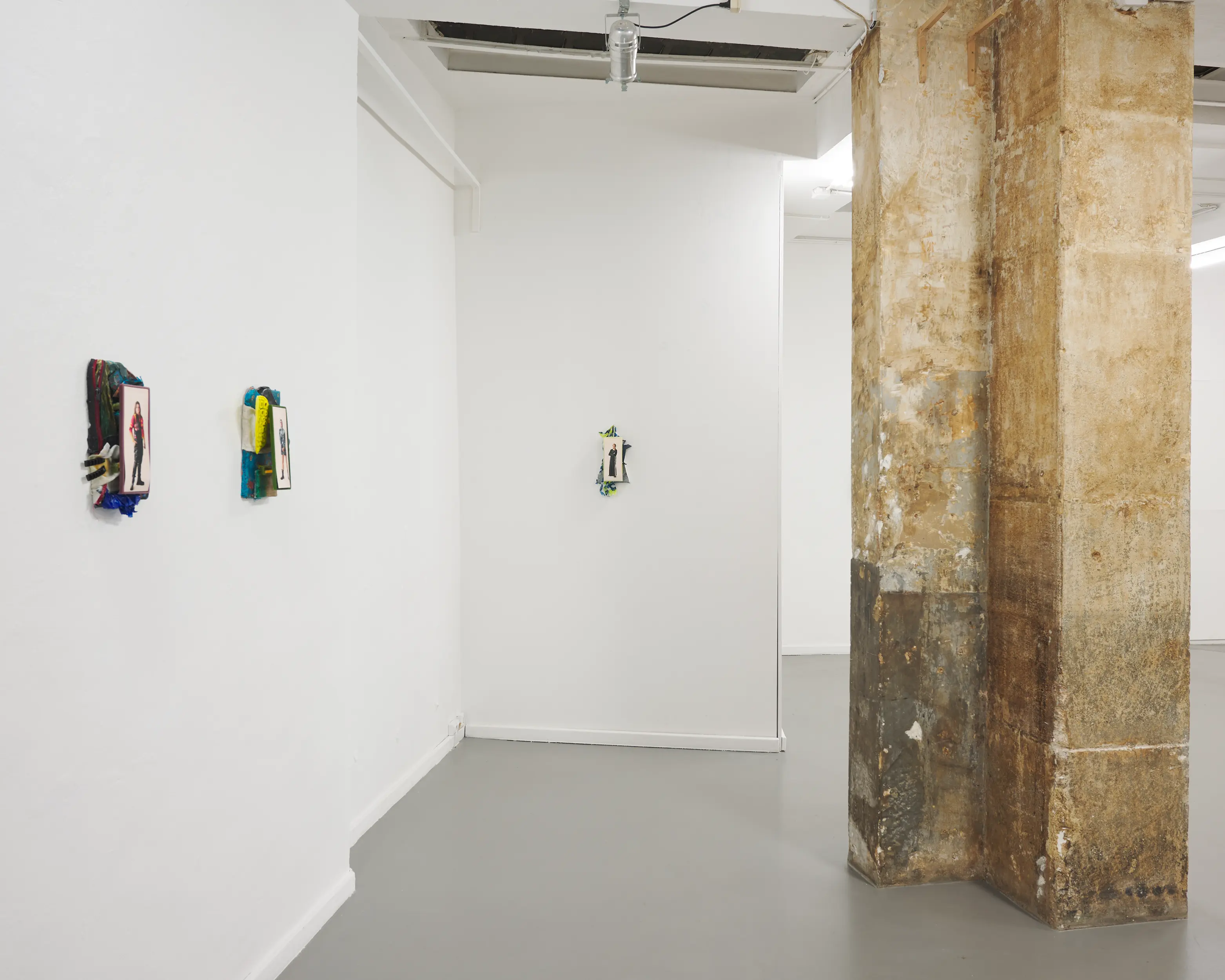
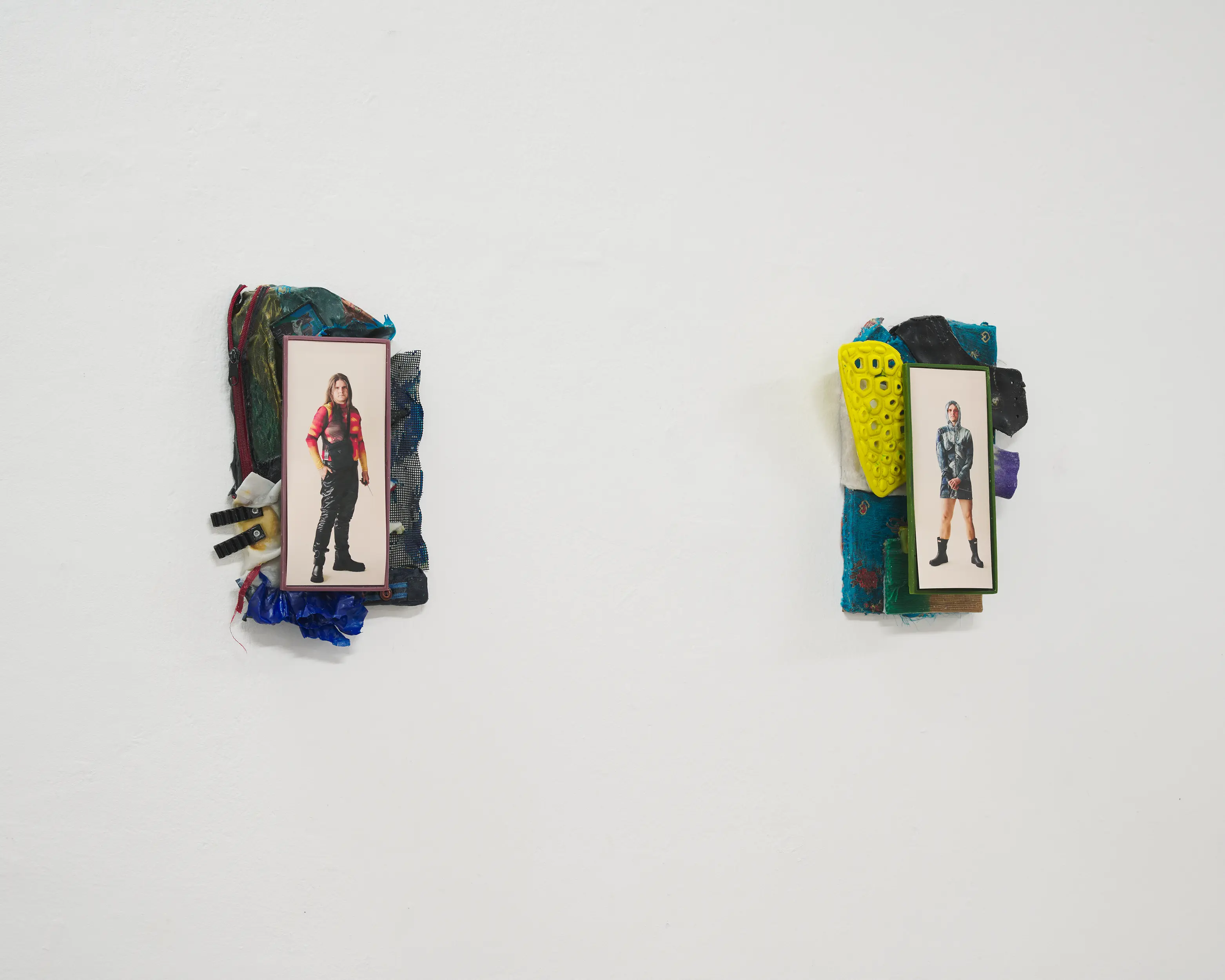
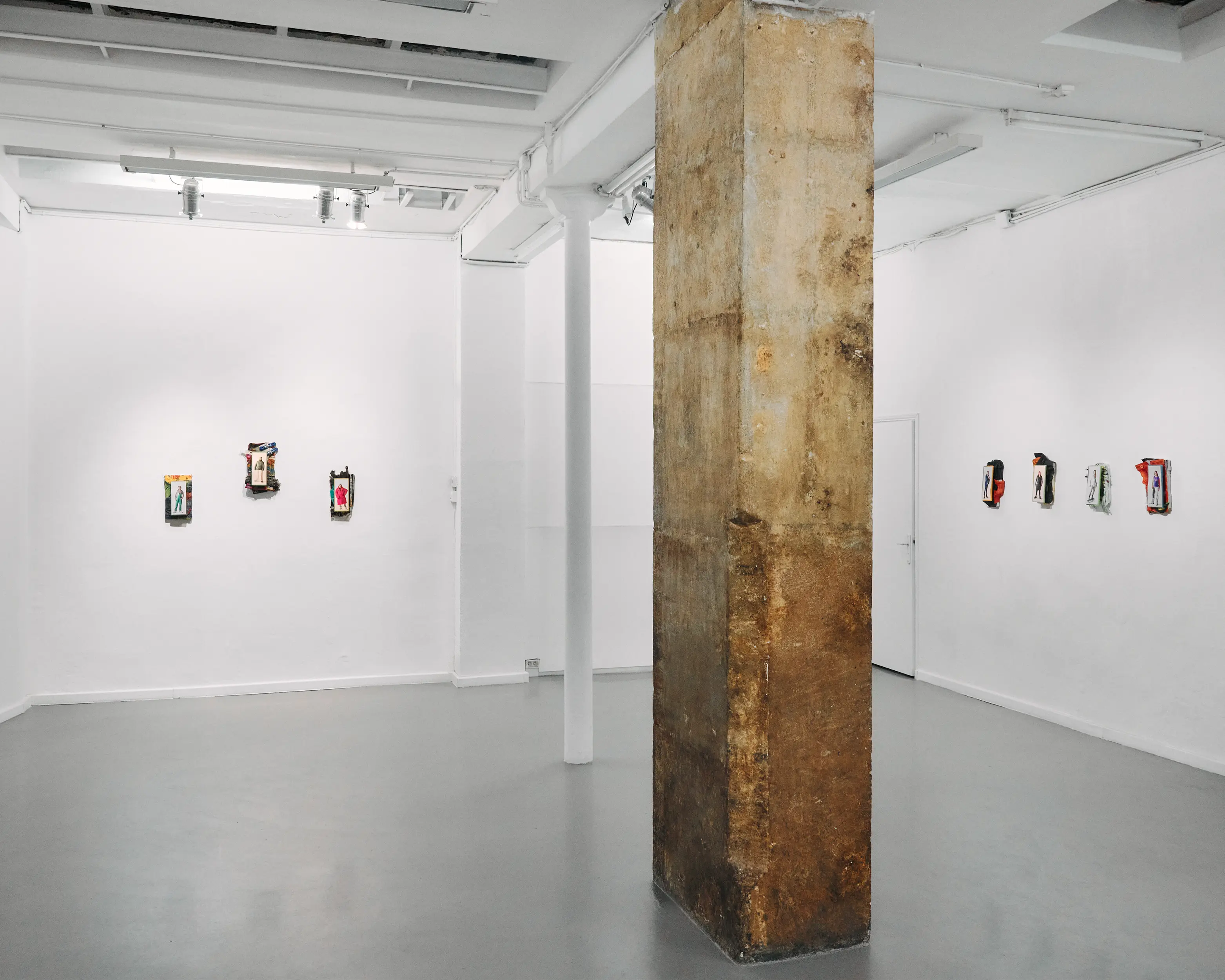
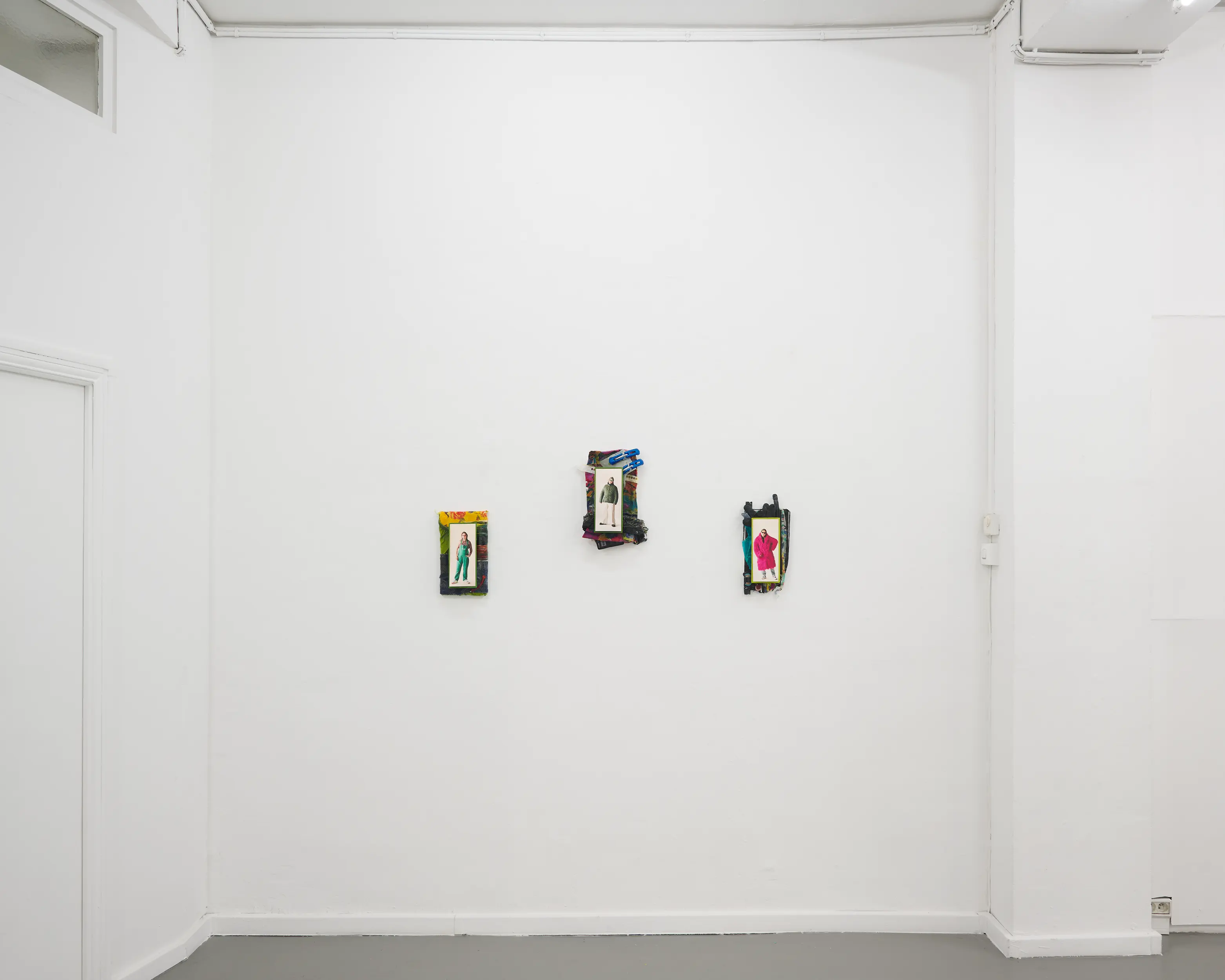
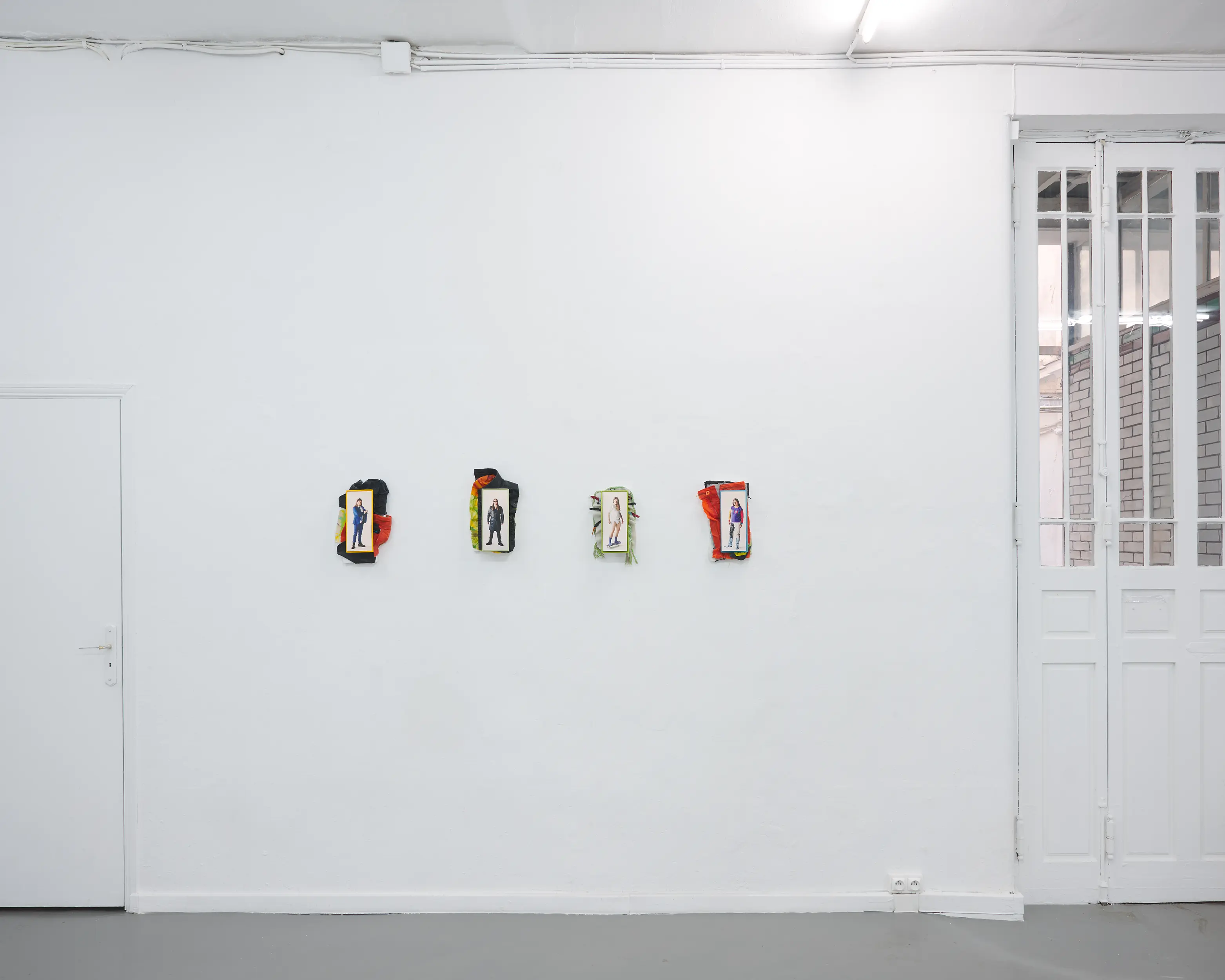
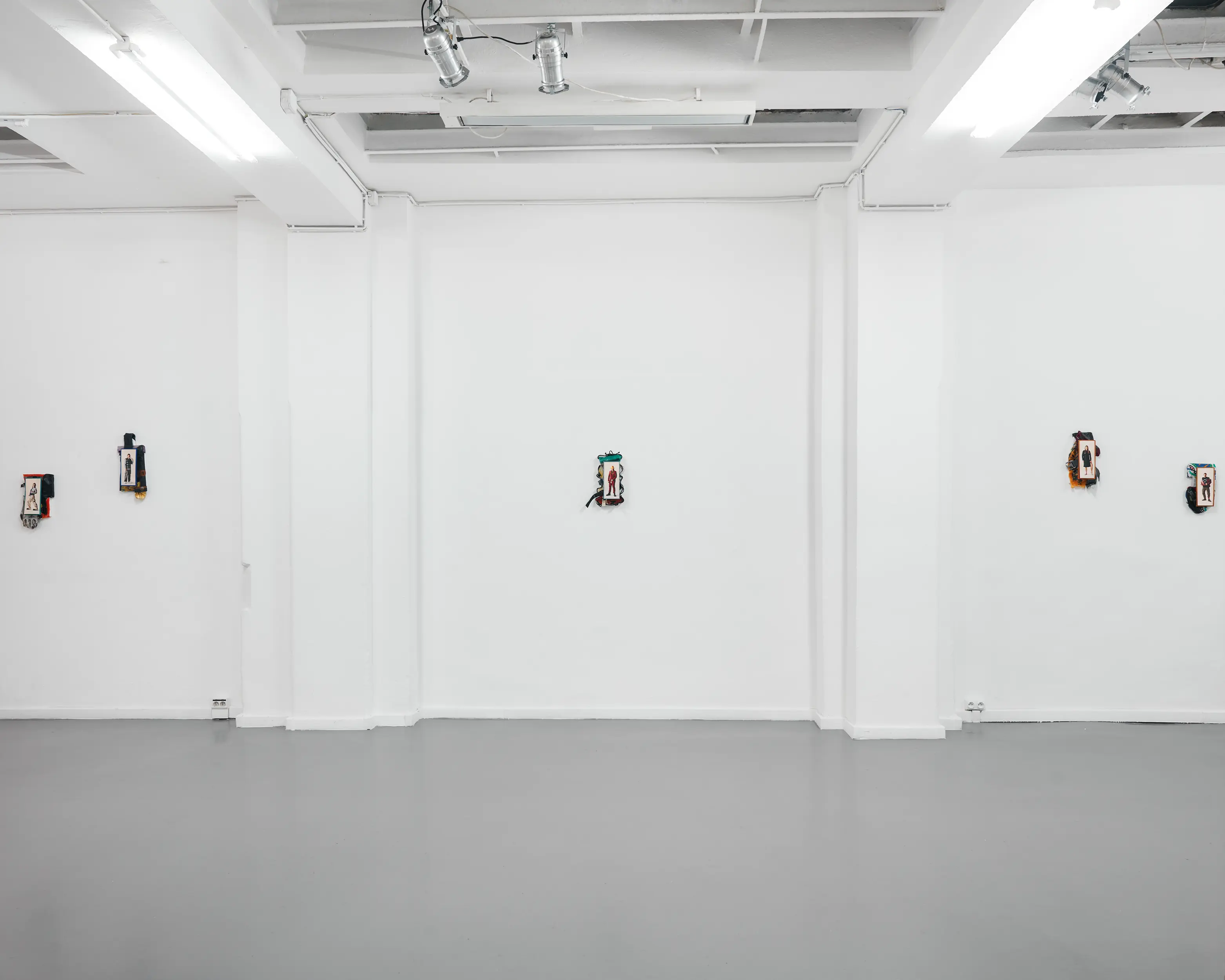

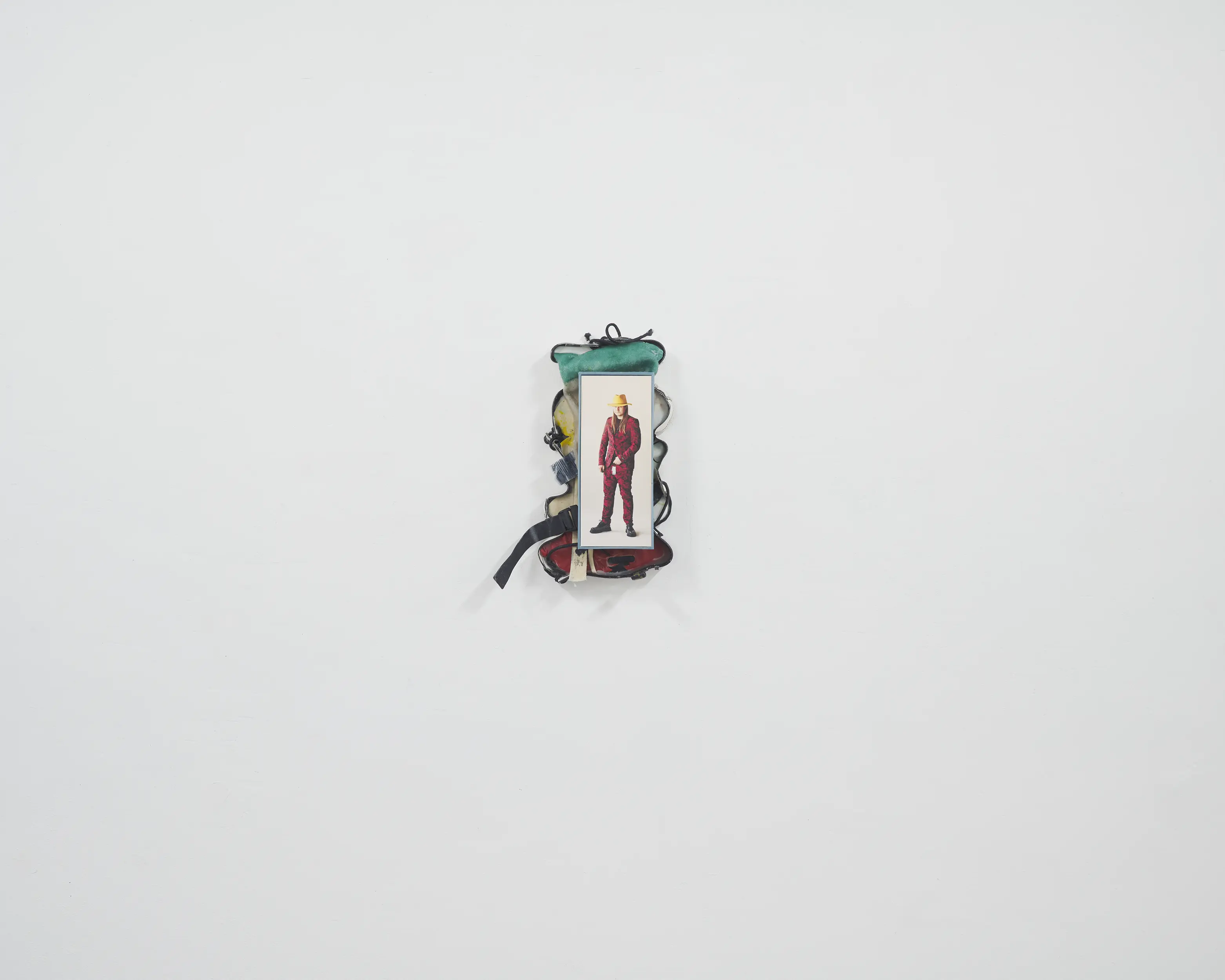

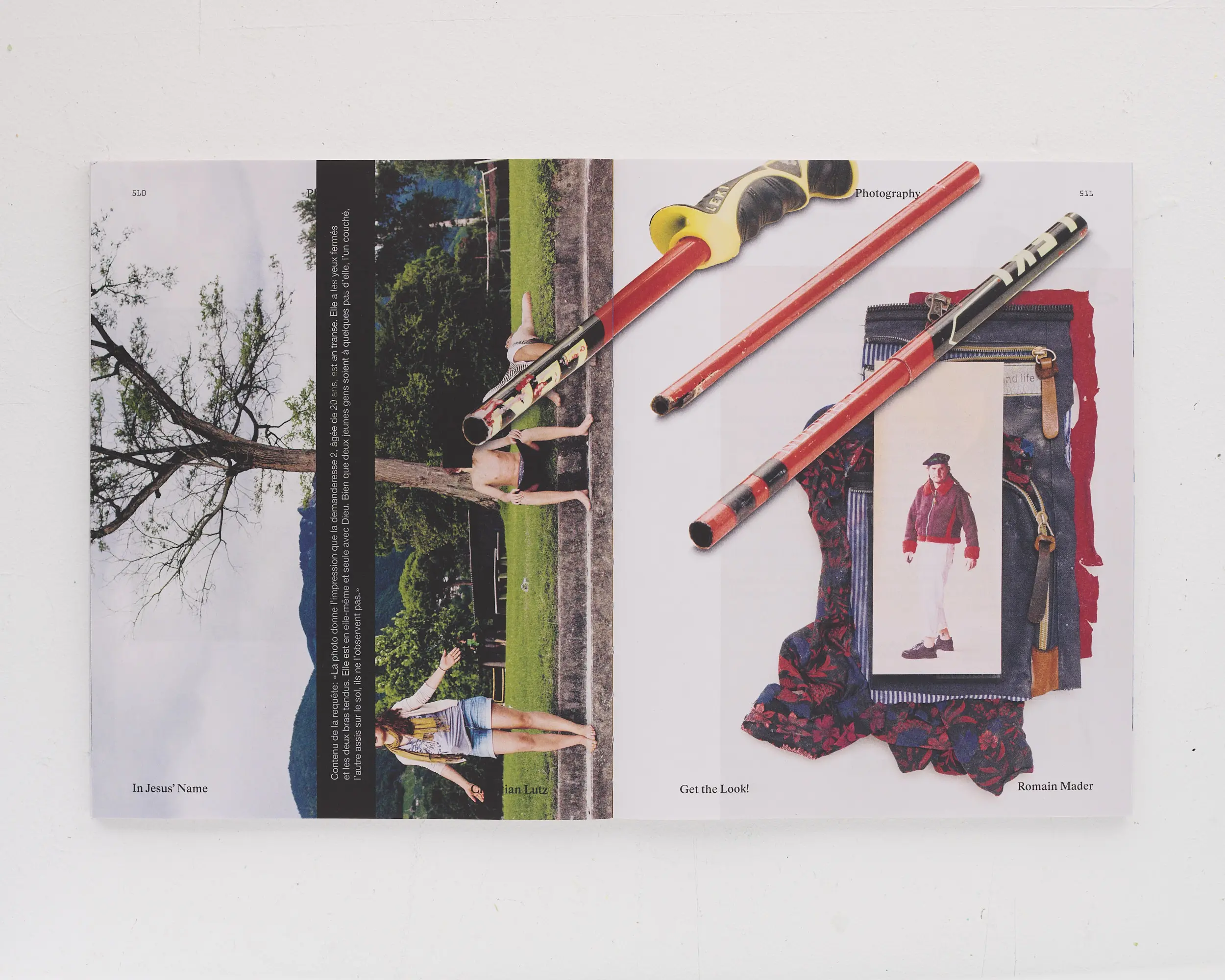

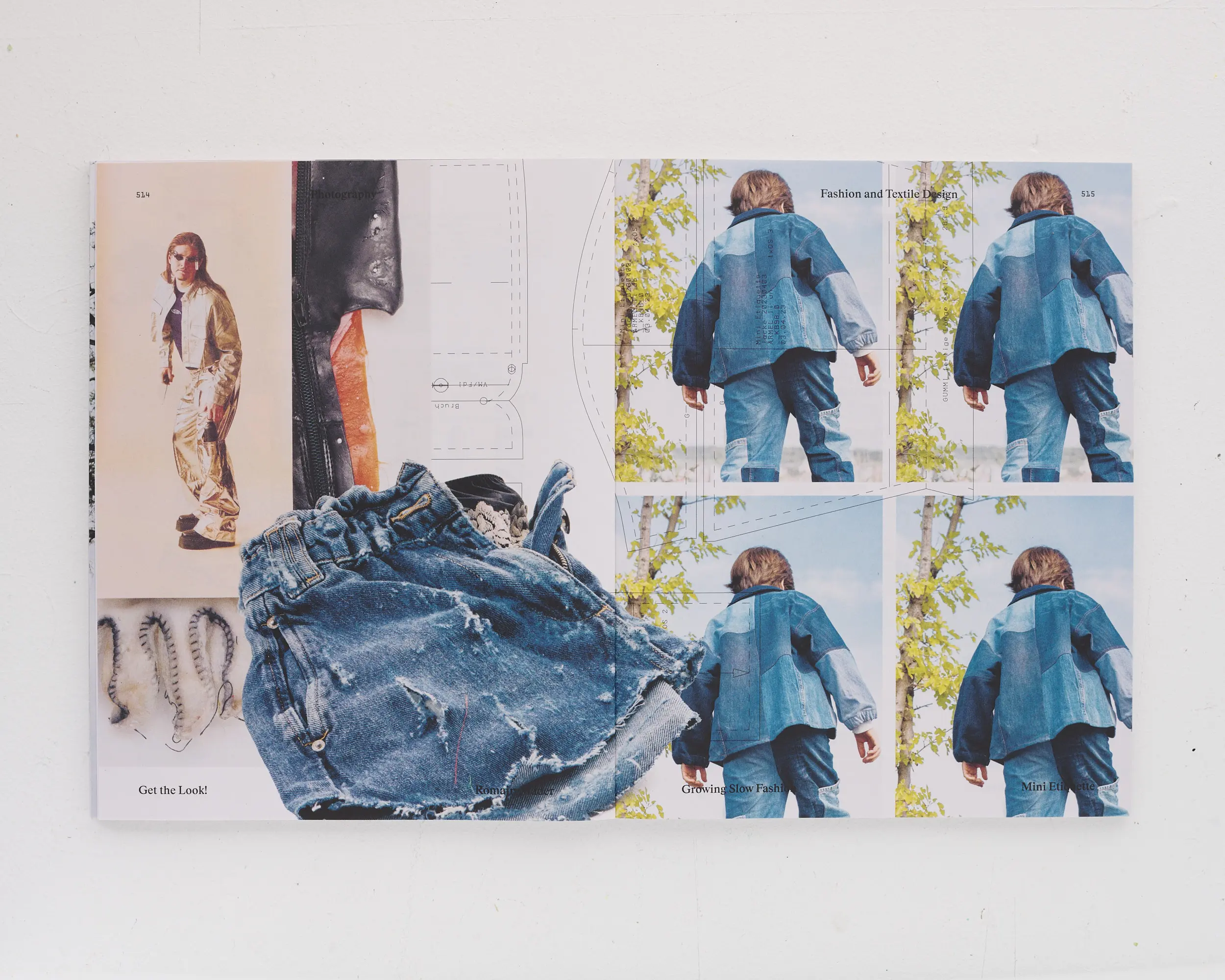
Ekaterina
2012-17
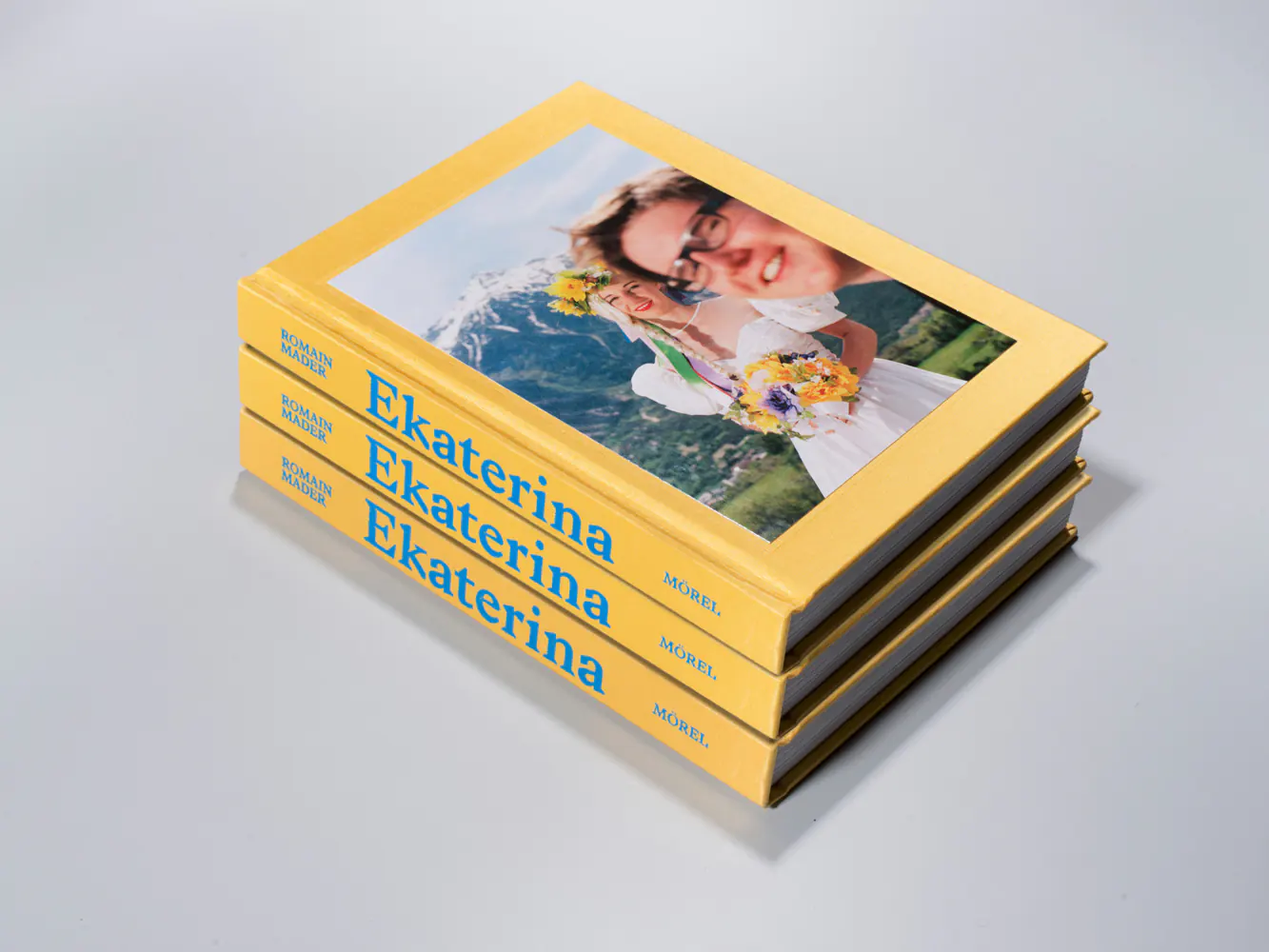
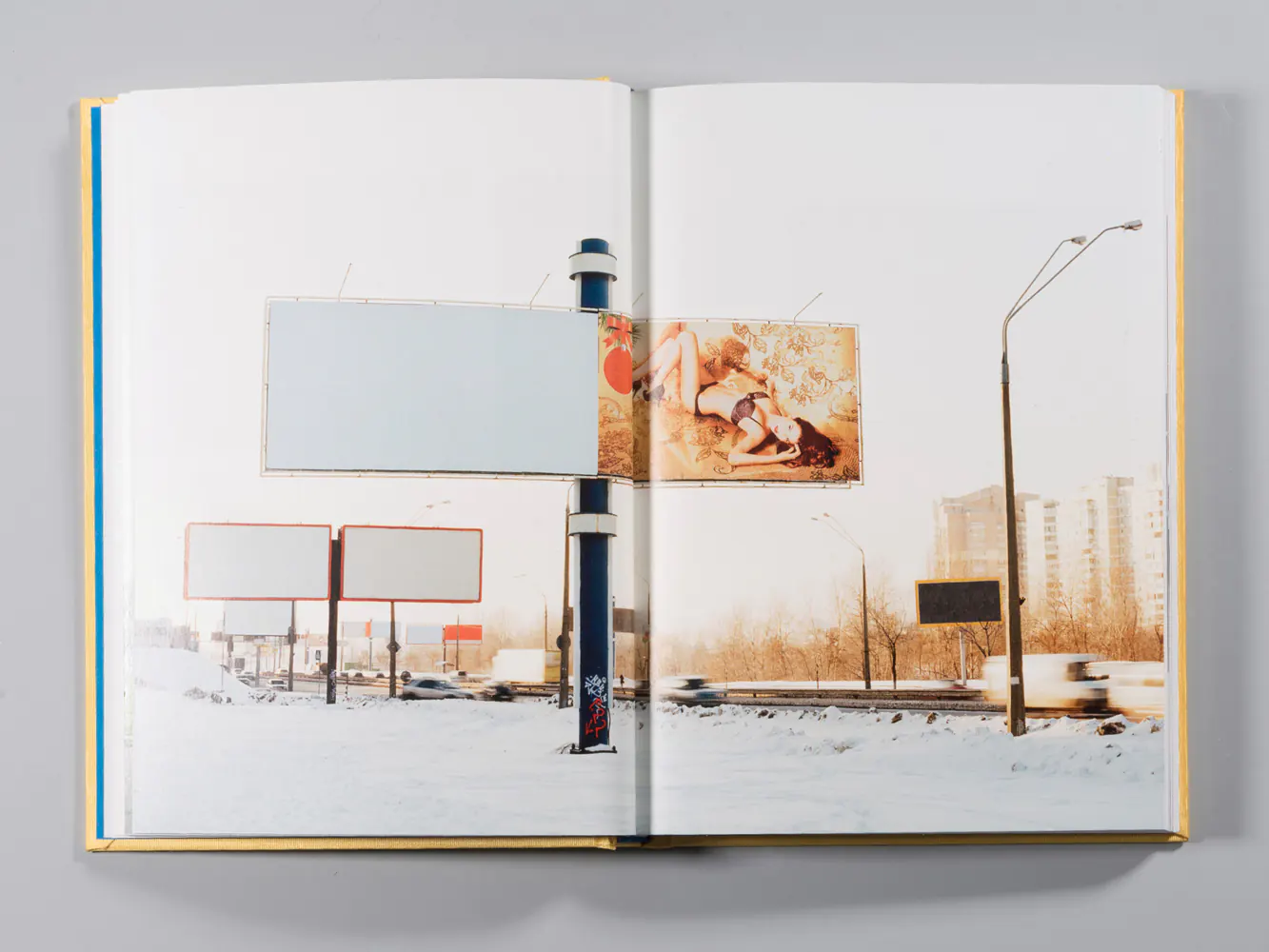
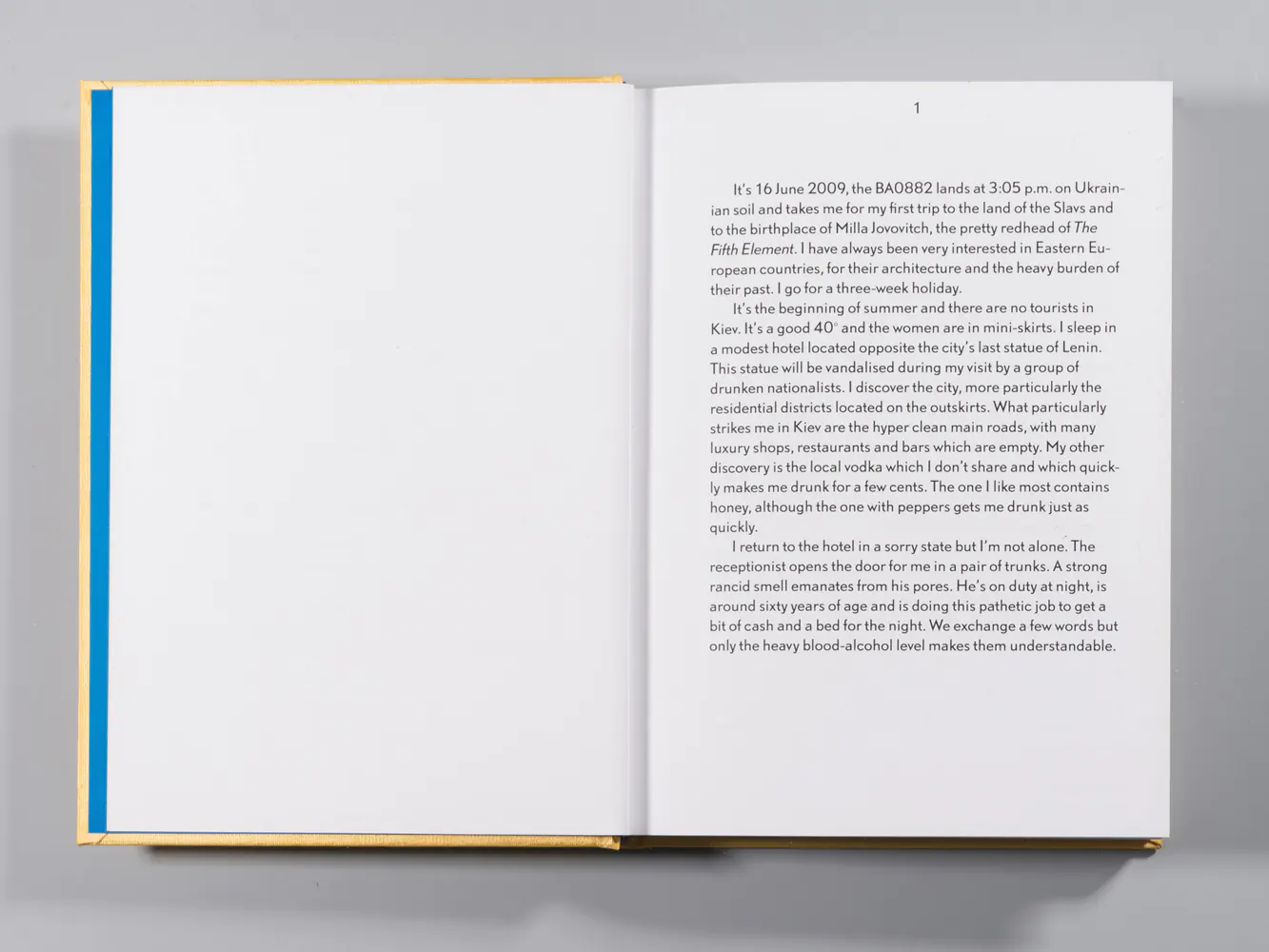
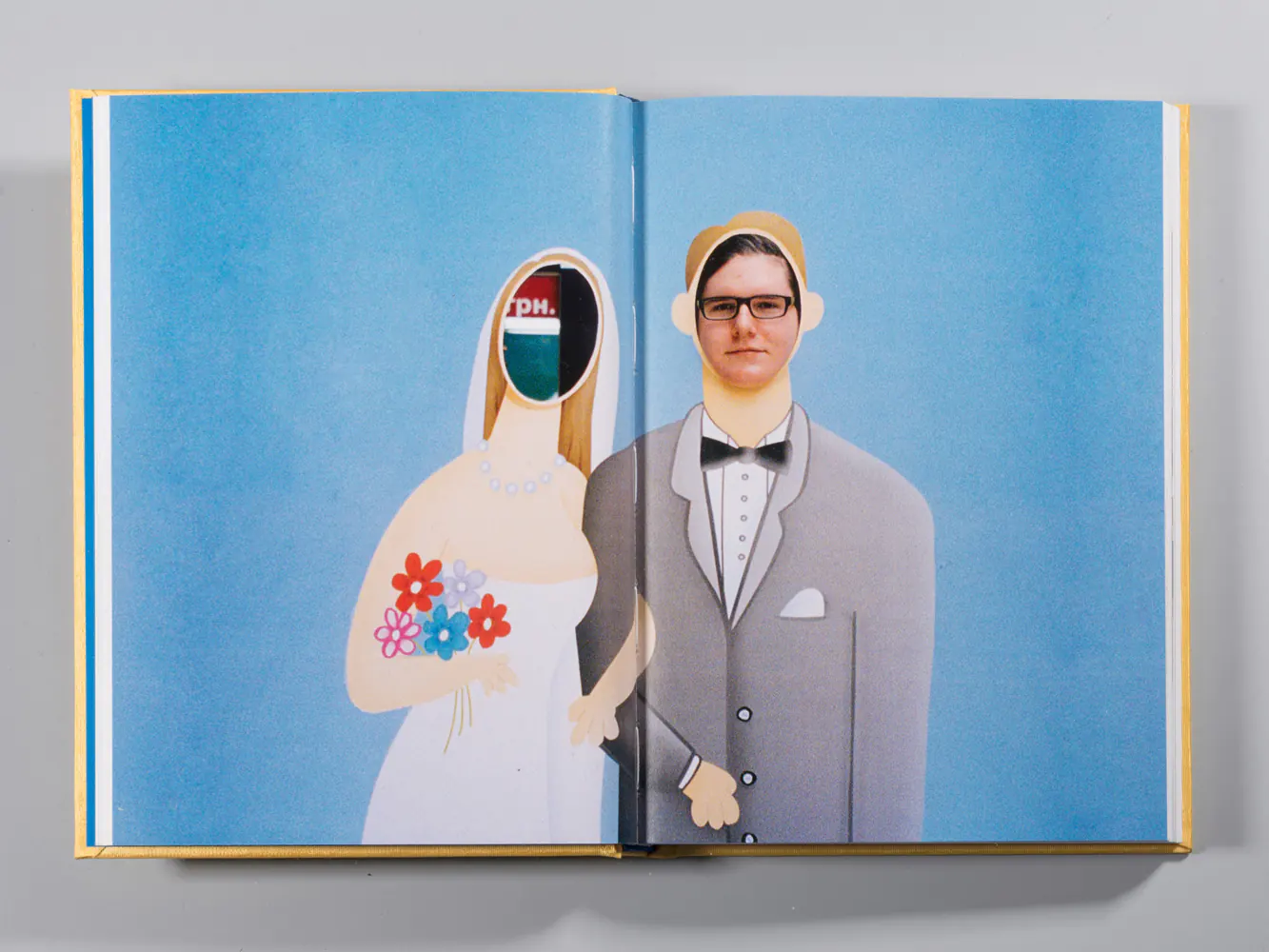

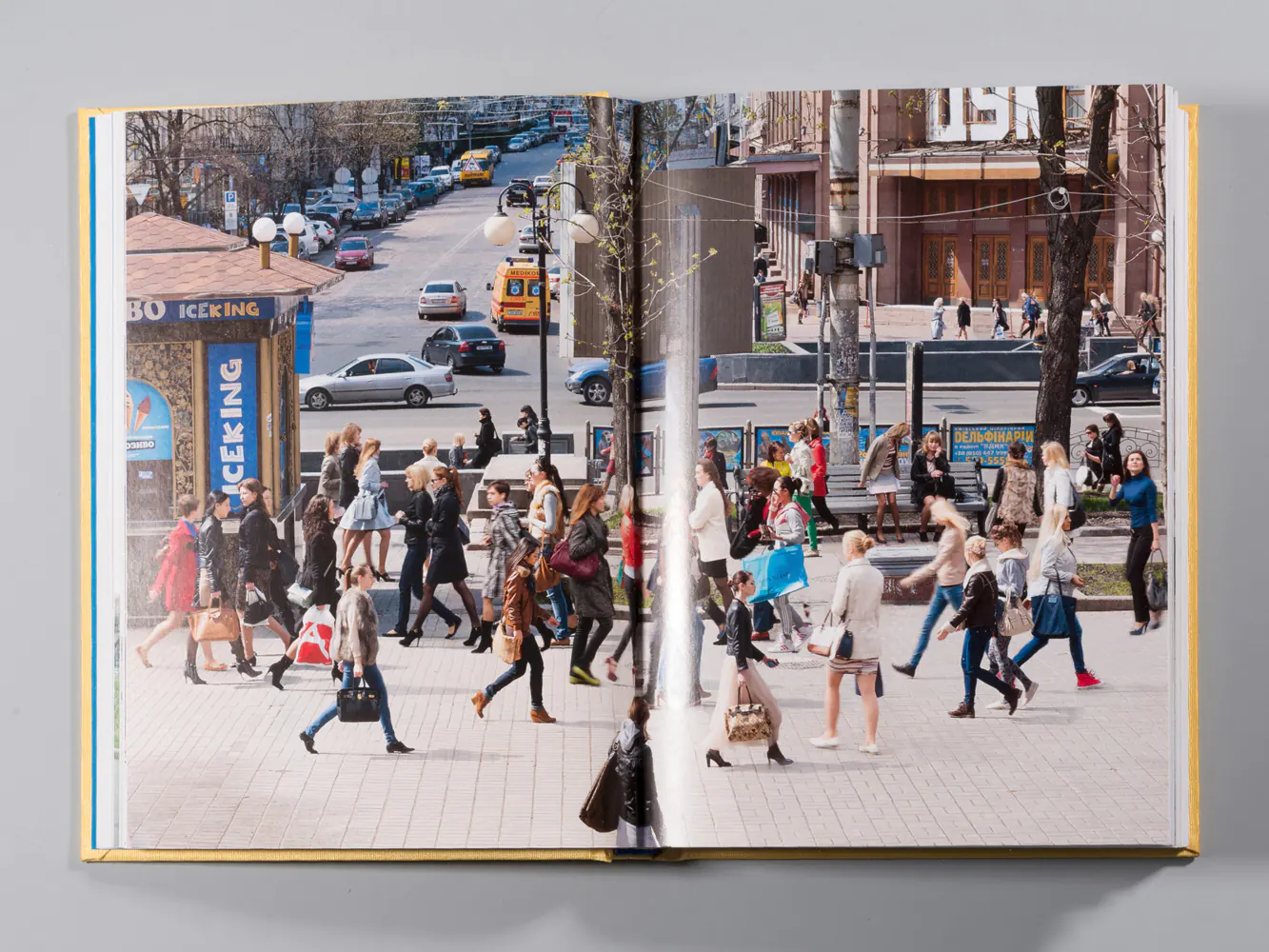
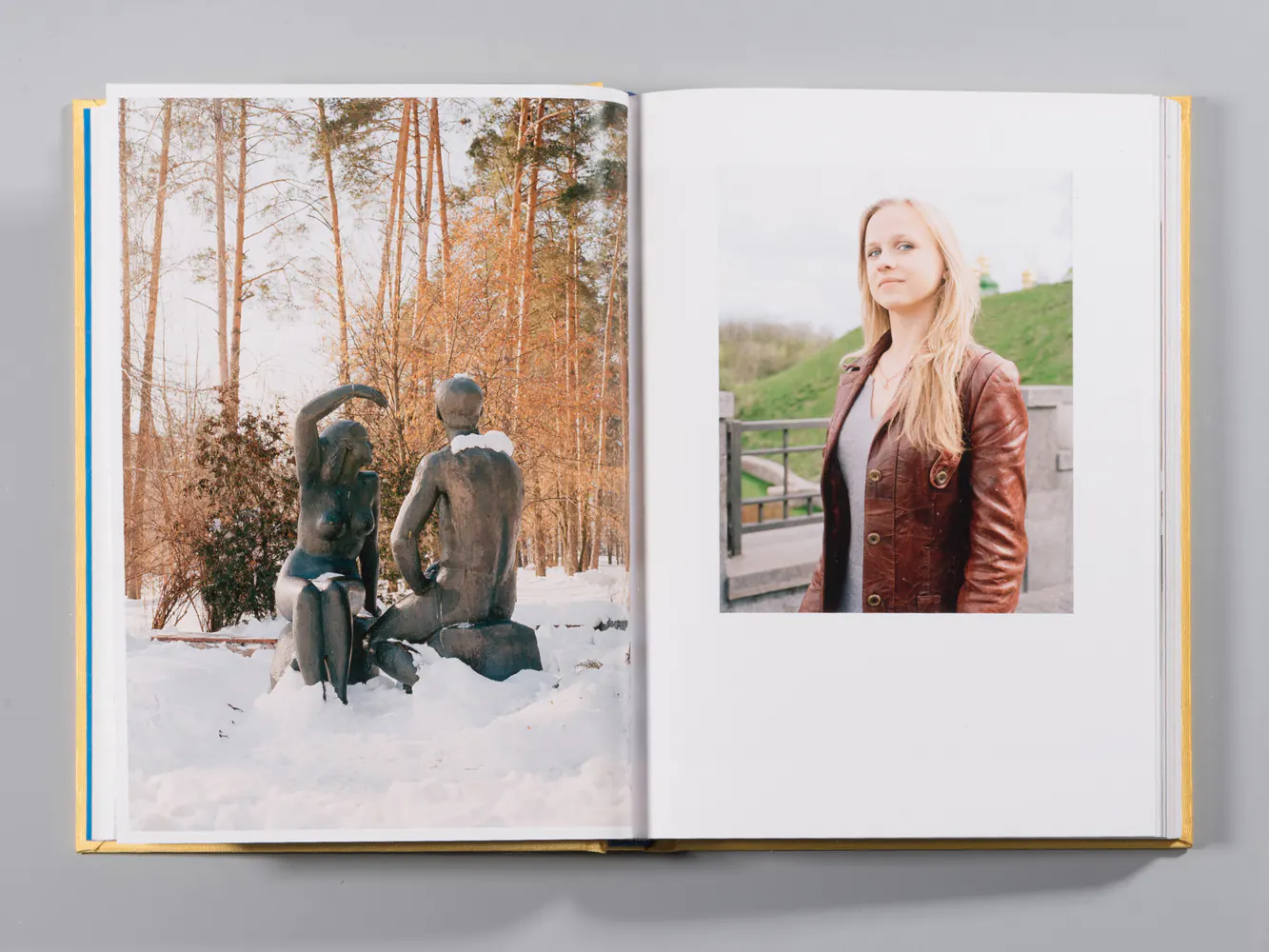
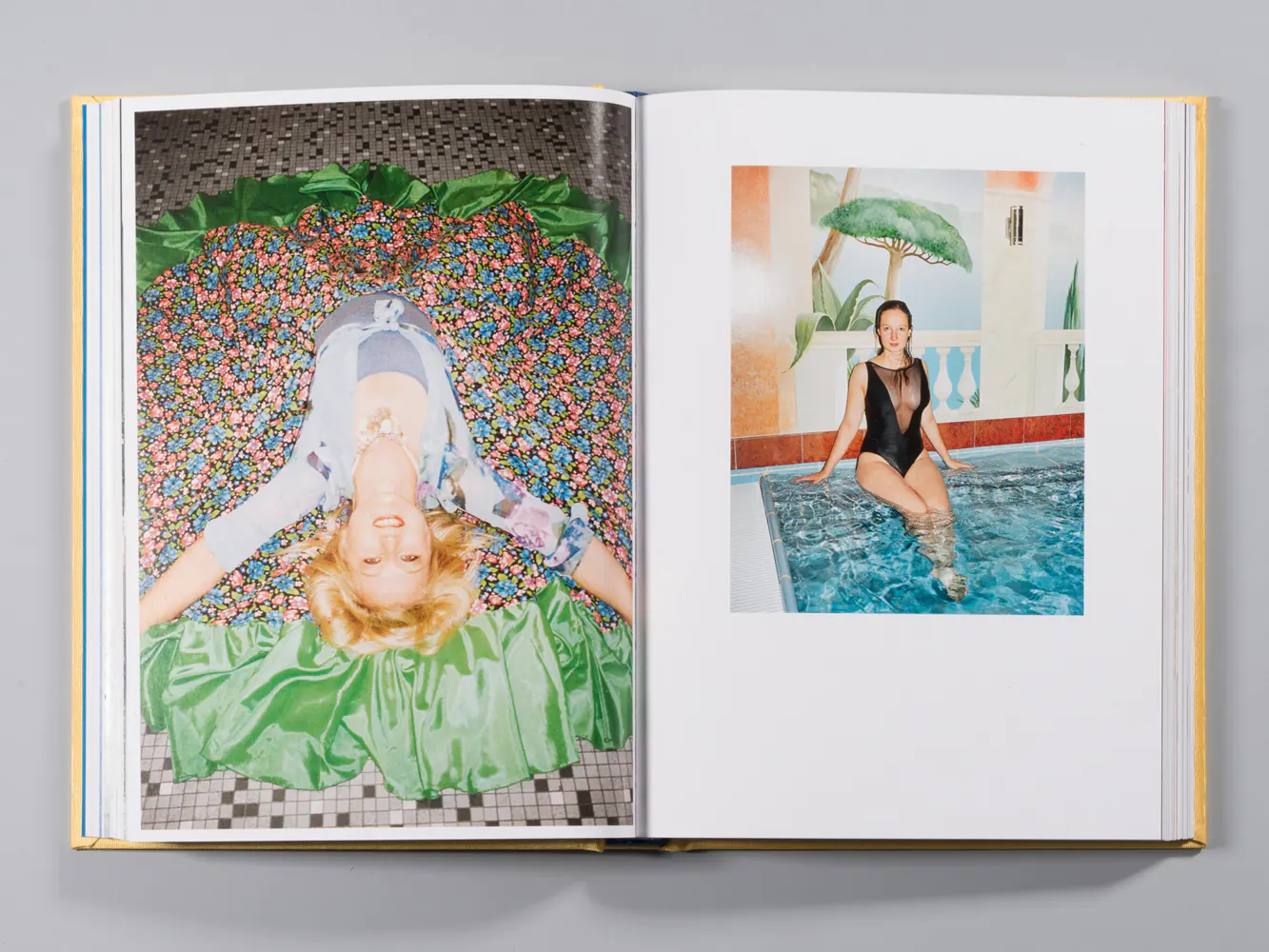

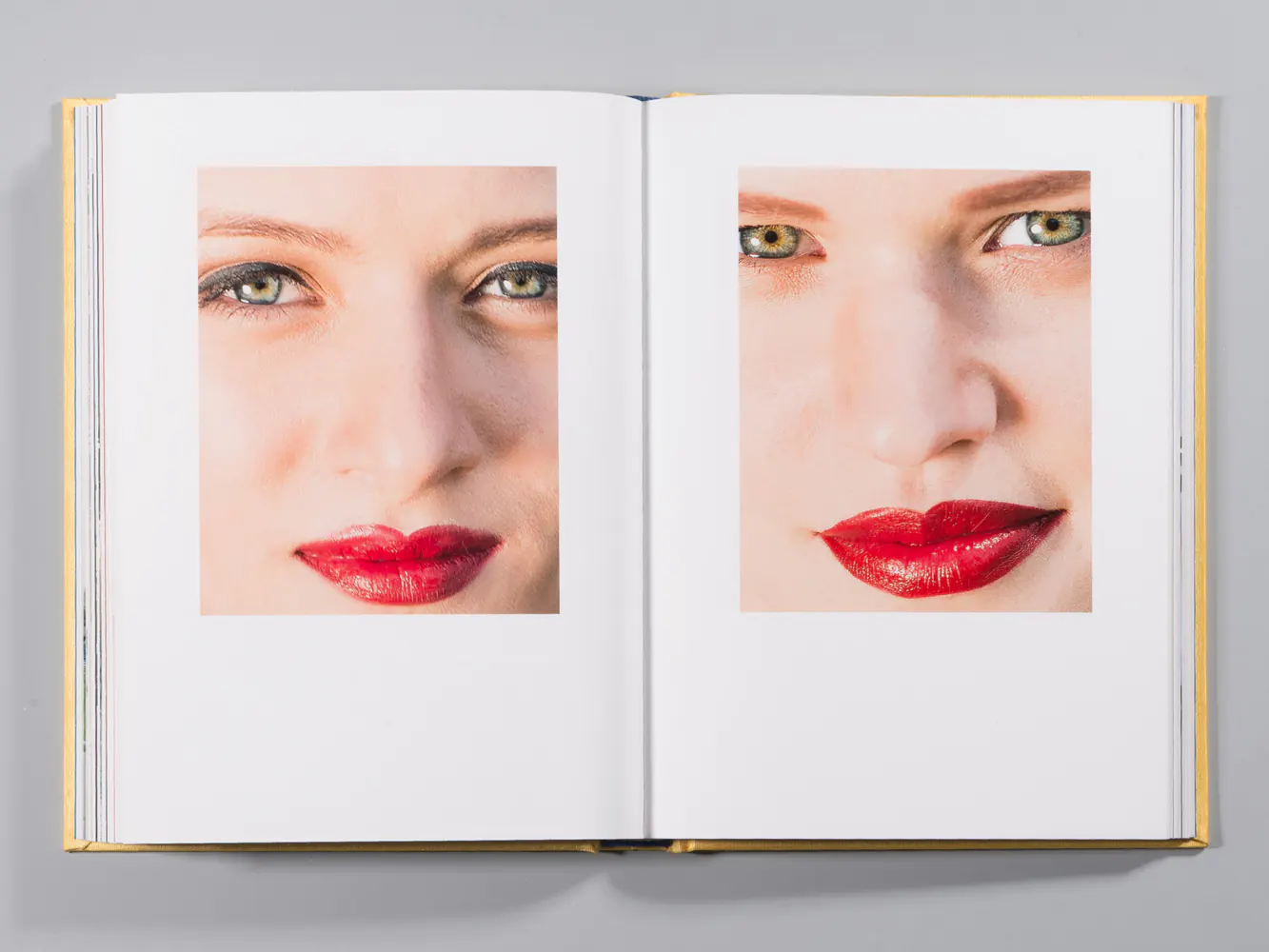
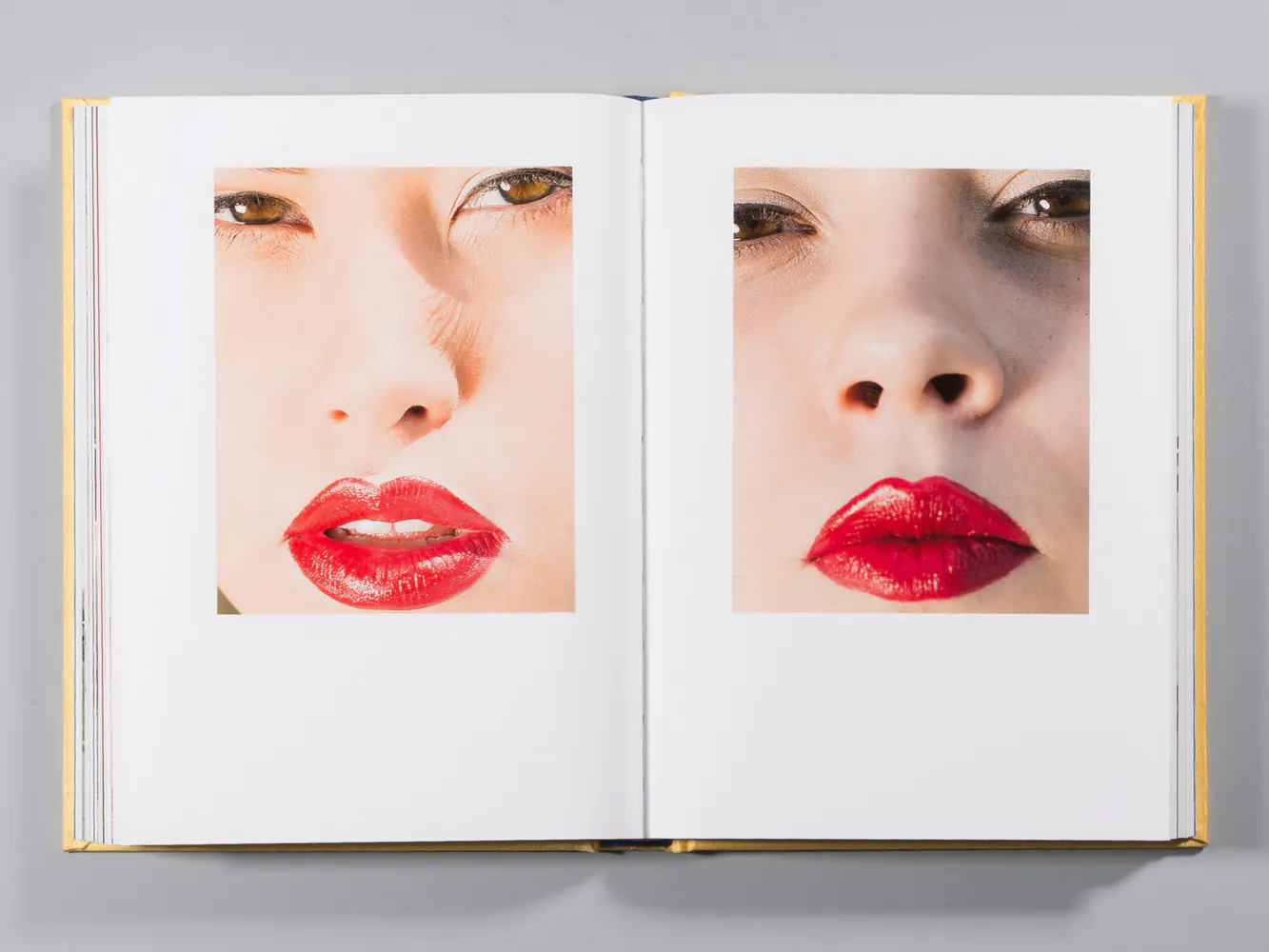
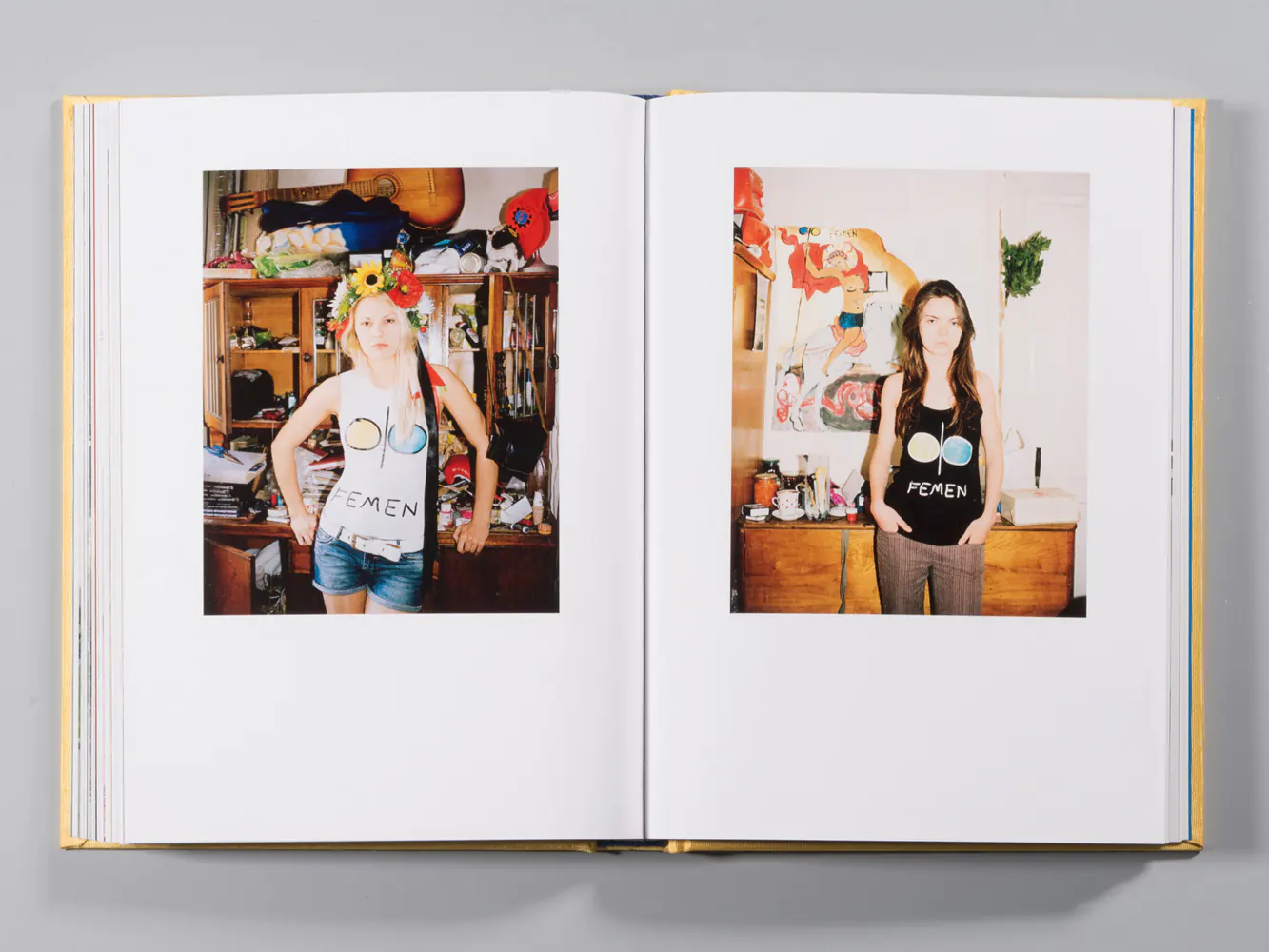
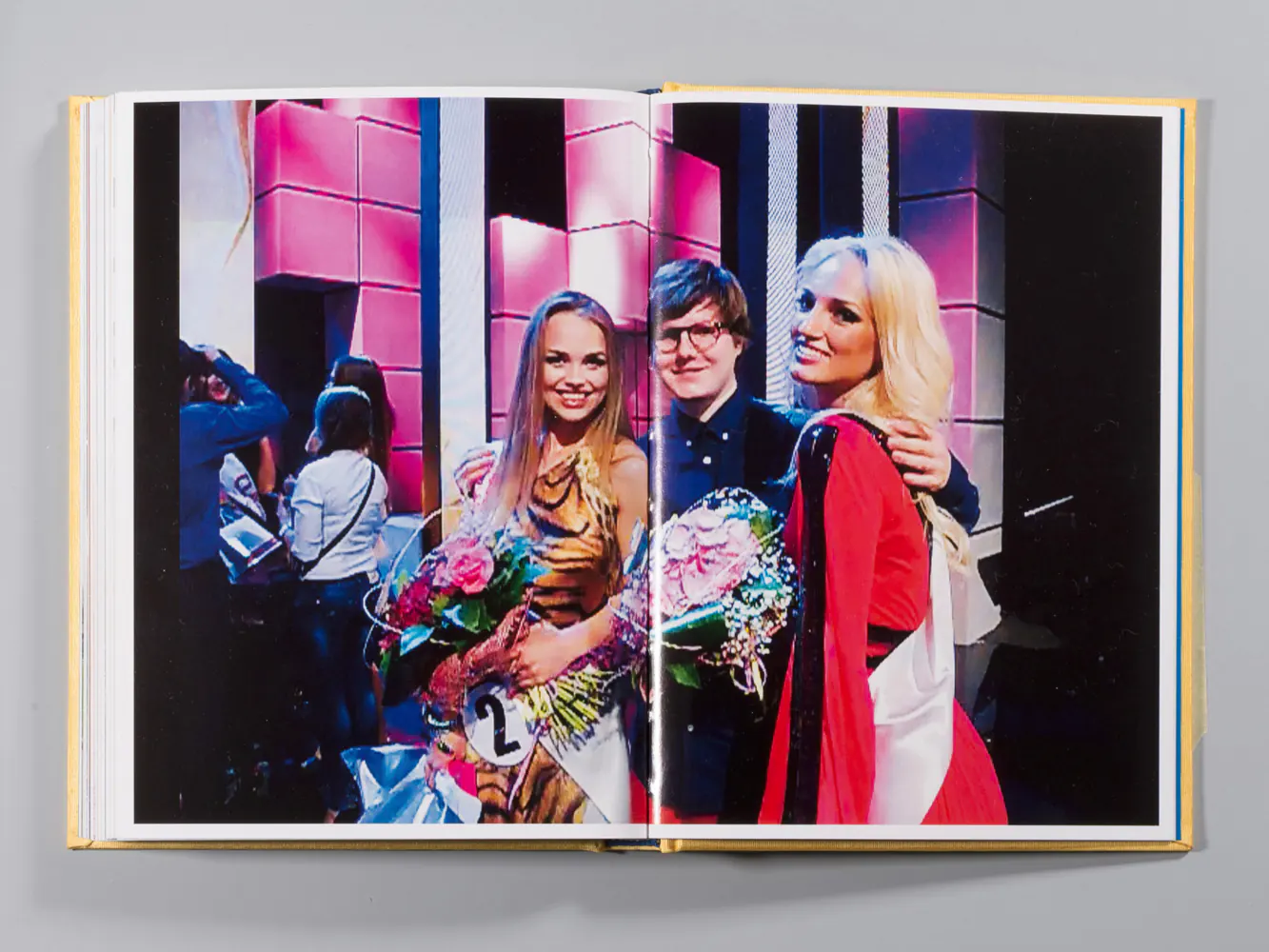
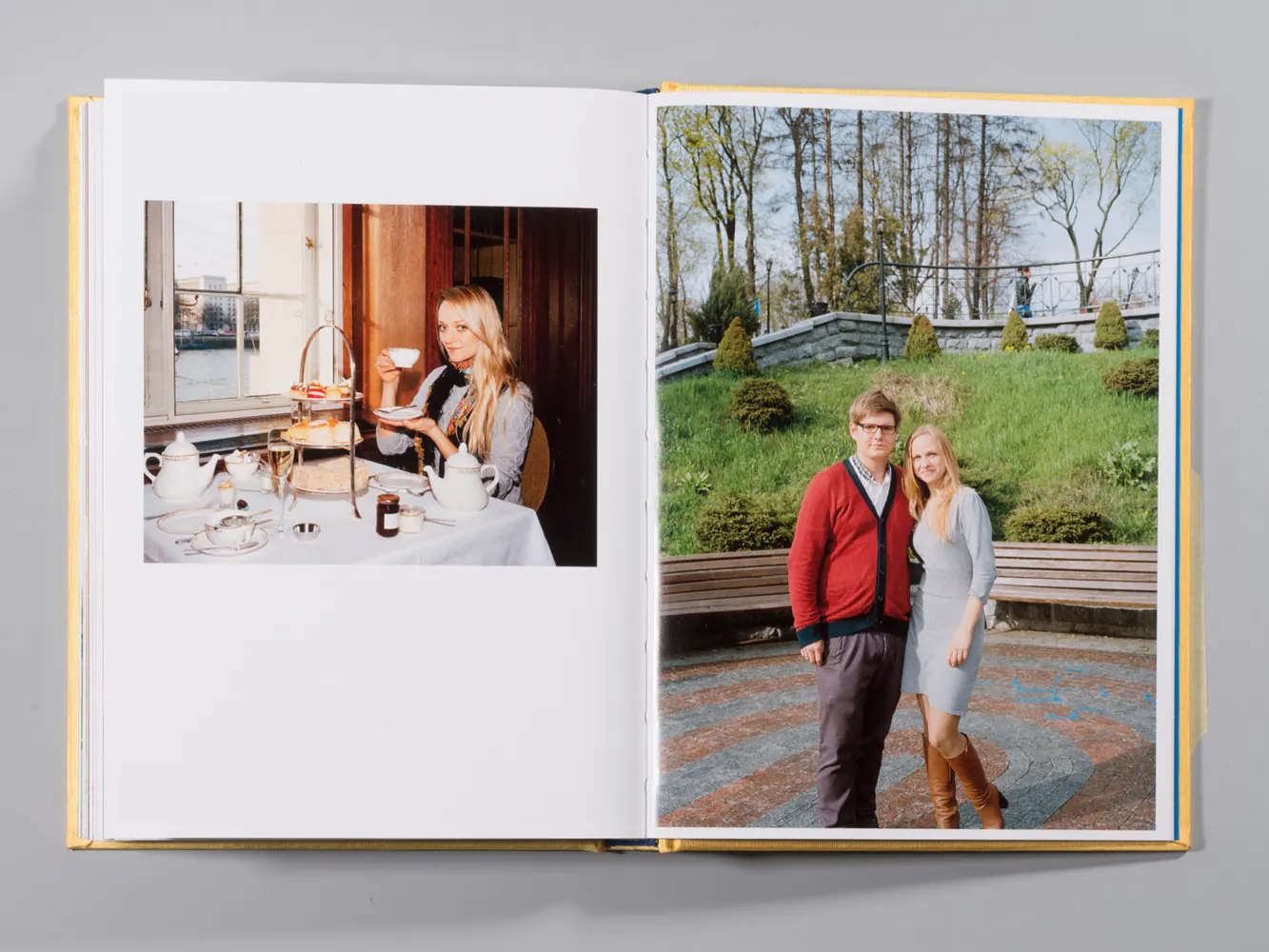
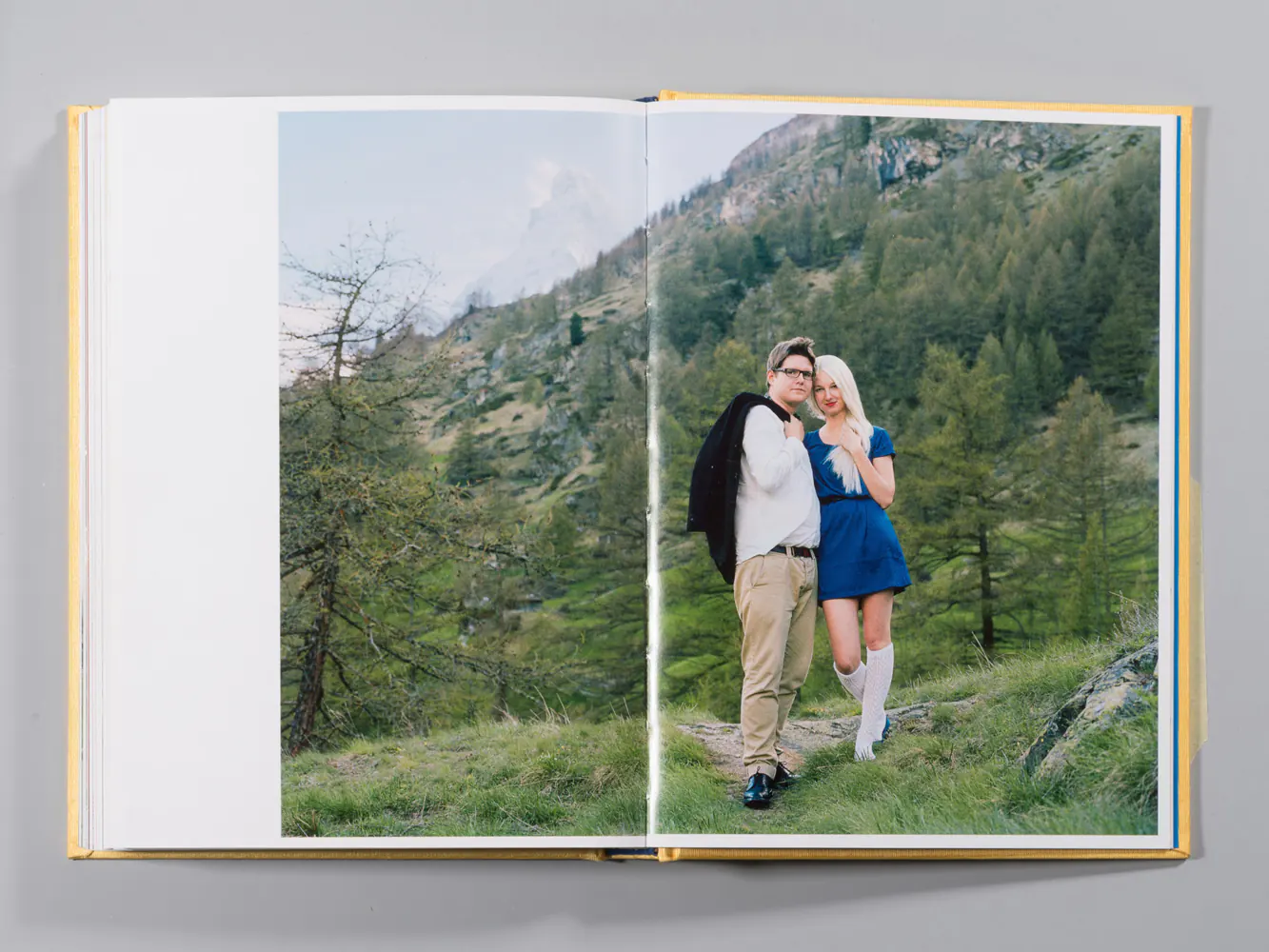
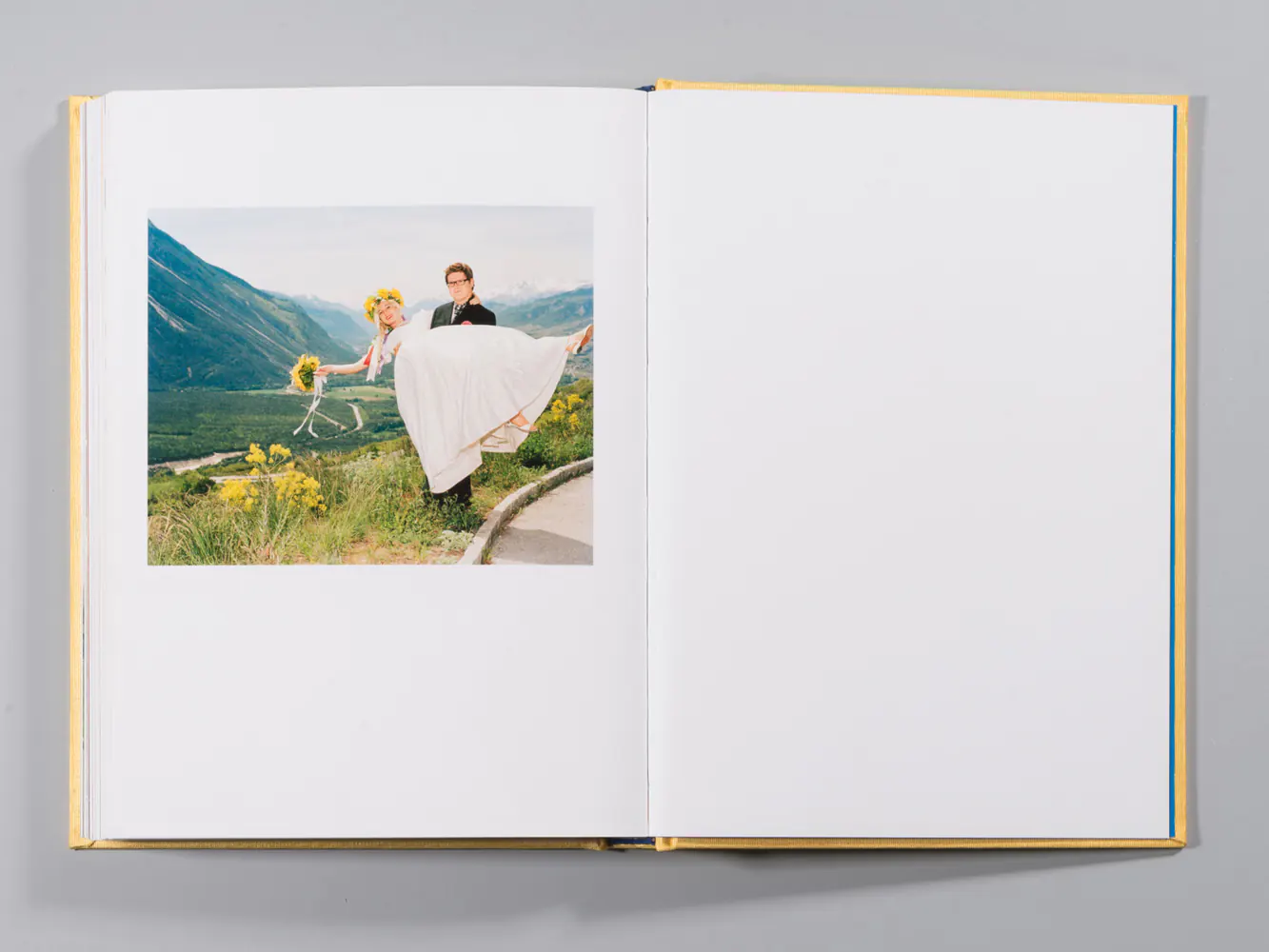
A culmination of previous projects, Mader documents Romain’s trip to the city of Ekaterina, where he seeks his future wife. This imaginary city in Ukraine is mysteriously populated only by women, all named Ekaterina, each hoping to find a rich western husband. In an utterly naïve narration by Romain about his search for the one and only Ekaterina, a series of stereotypes take the stage, from Mader performing as an oblivious western sex tourist, to interchangeable Ukrainian brides, up to the “typical” Soviet backdrop of the whole quest for love. The gap between preconceived ideas about a place like Ukraine and its reality is what is constantly exploited to the point of absurdity in Mader’s work. In a photographic language that perfectly employs the conventions of documentary photography, the confusion between what is fictitious and what’s real – or what seems real – ultimately arises as a goal in itself.
Text Mirjam Kooiman
Ekaterina, Mörel Books
- Limited Edition of 750, OUT OF PRINT
- 204 Pages
- 15.5 X 21 cm
- ISBN: 978-1-907071-68-3
De nouveaux amis
2011
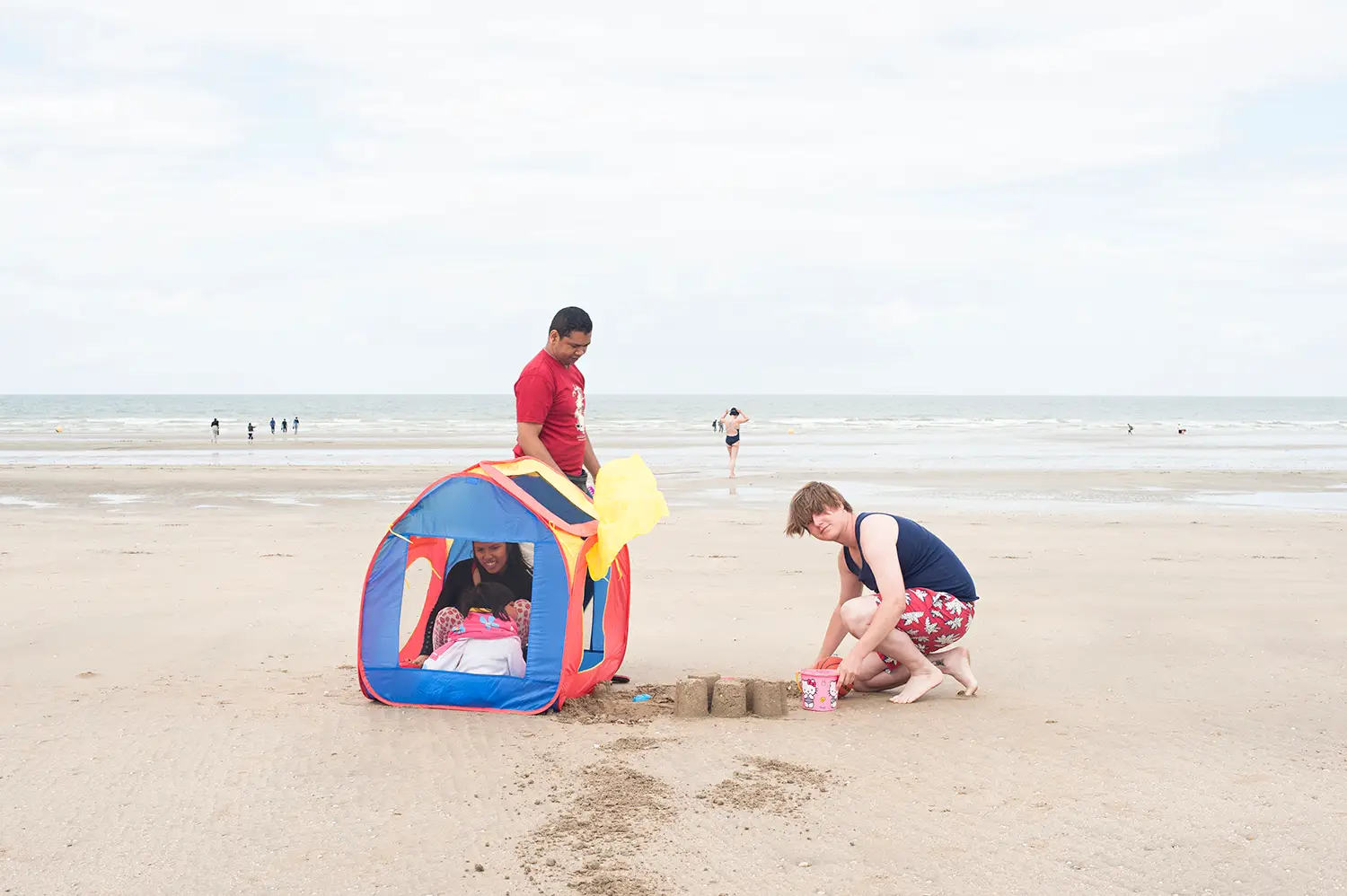
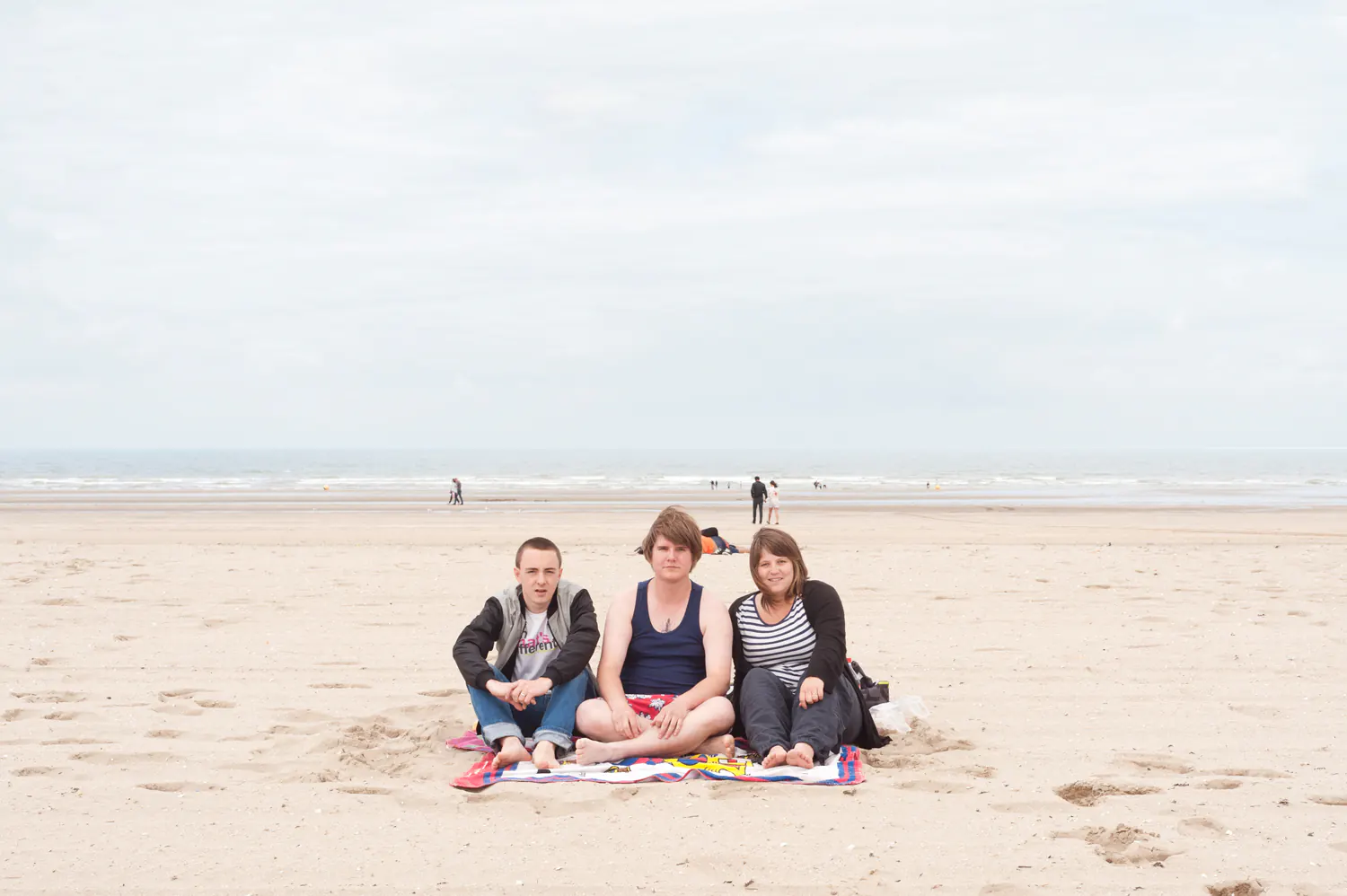
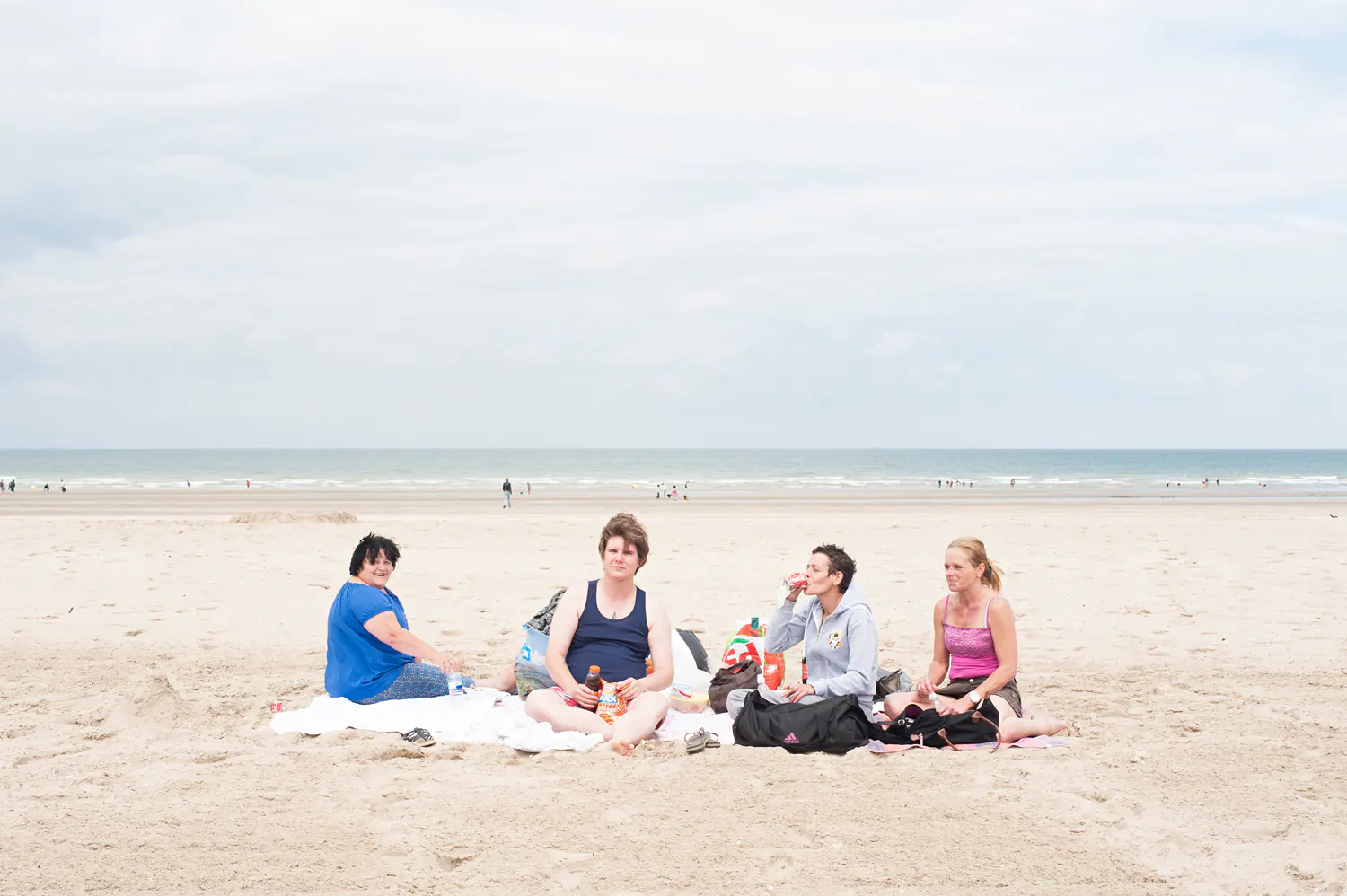
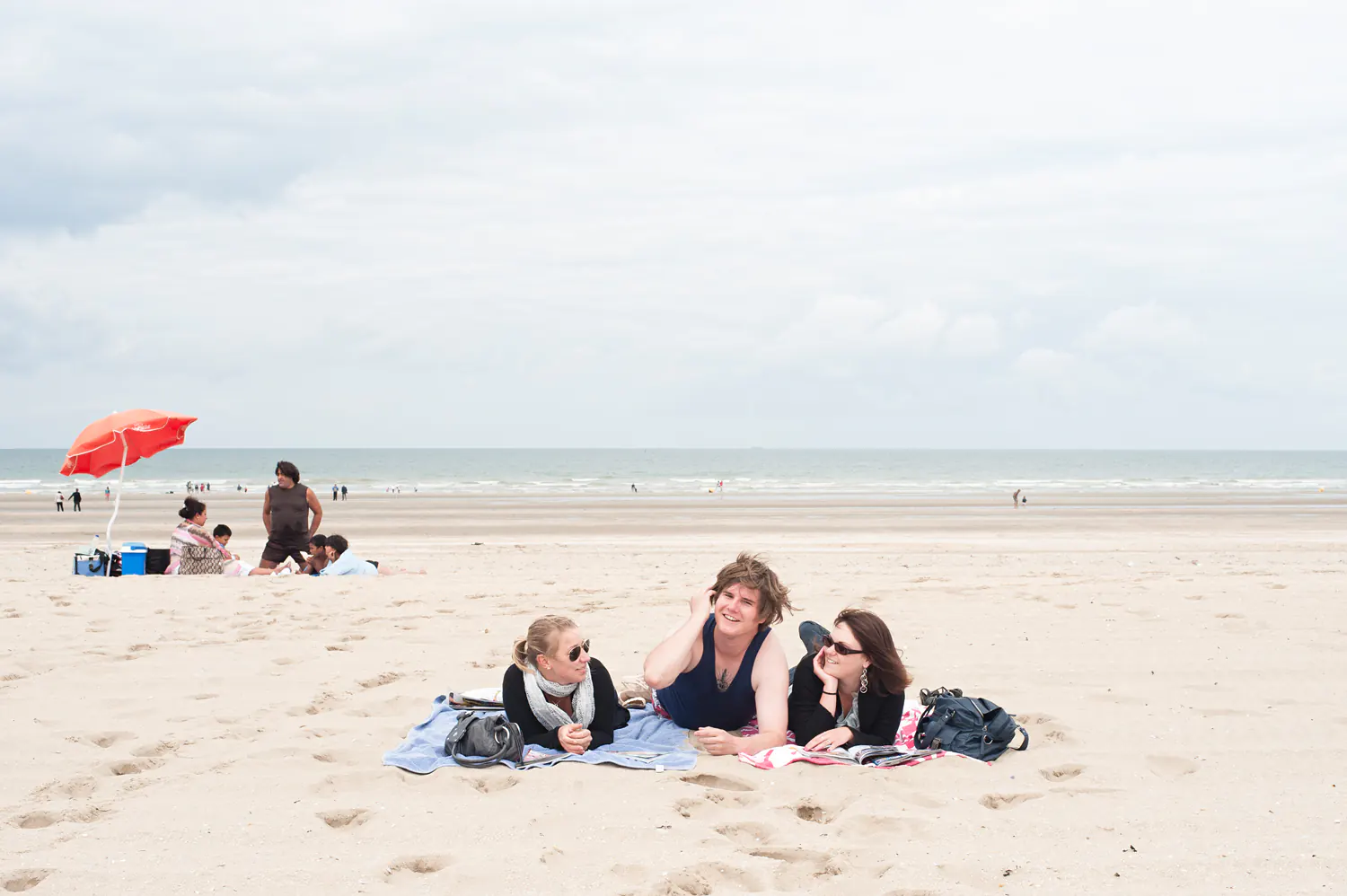

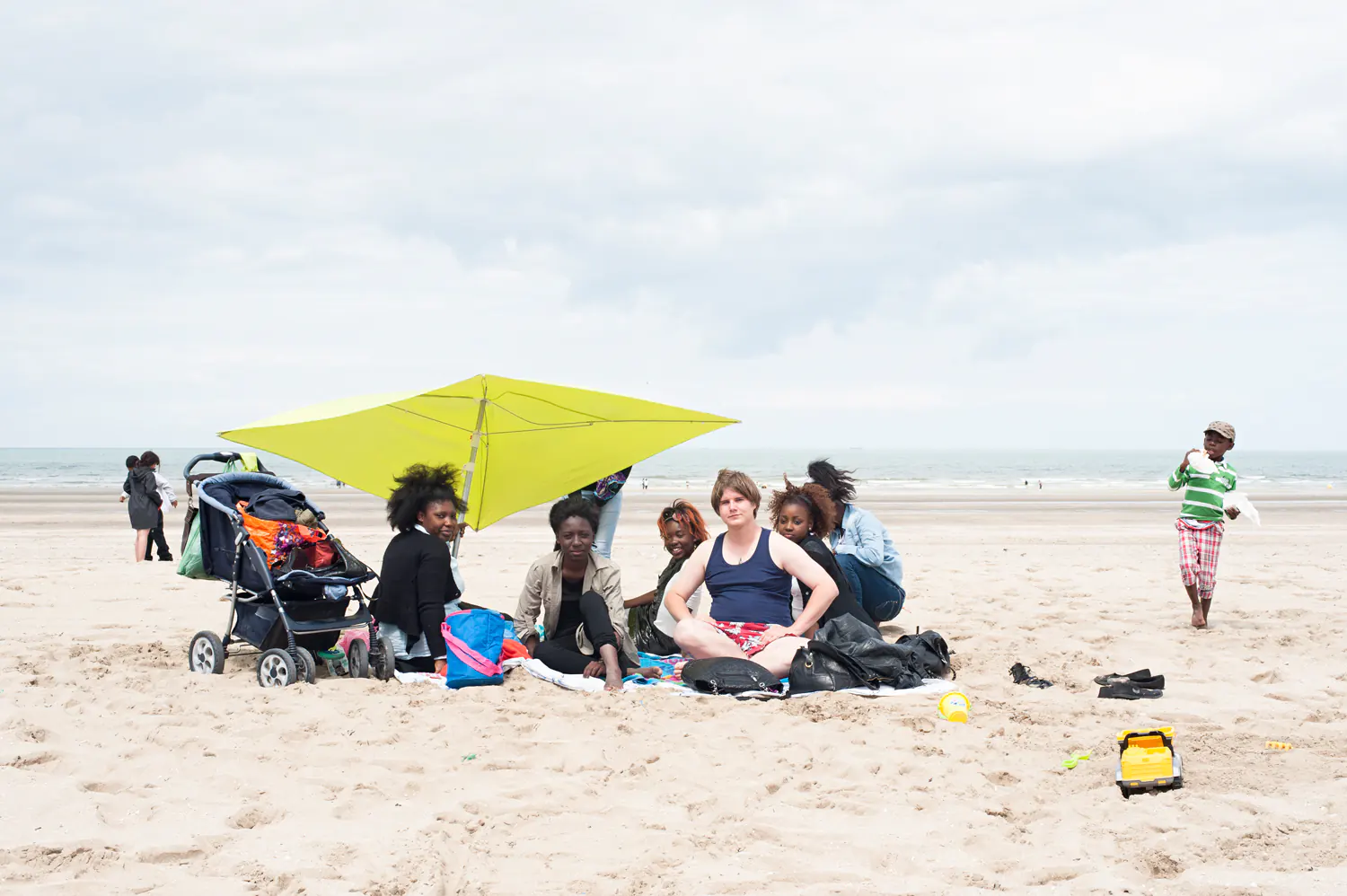
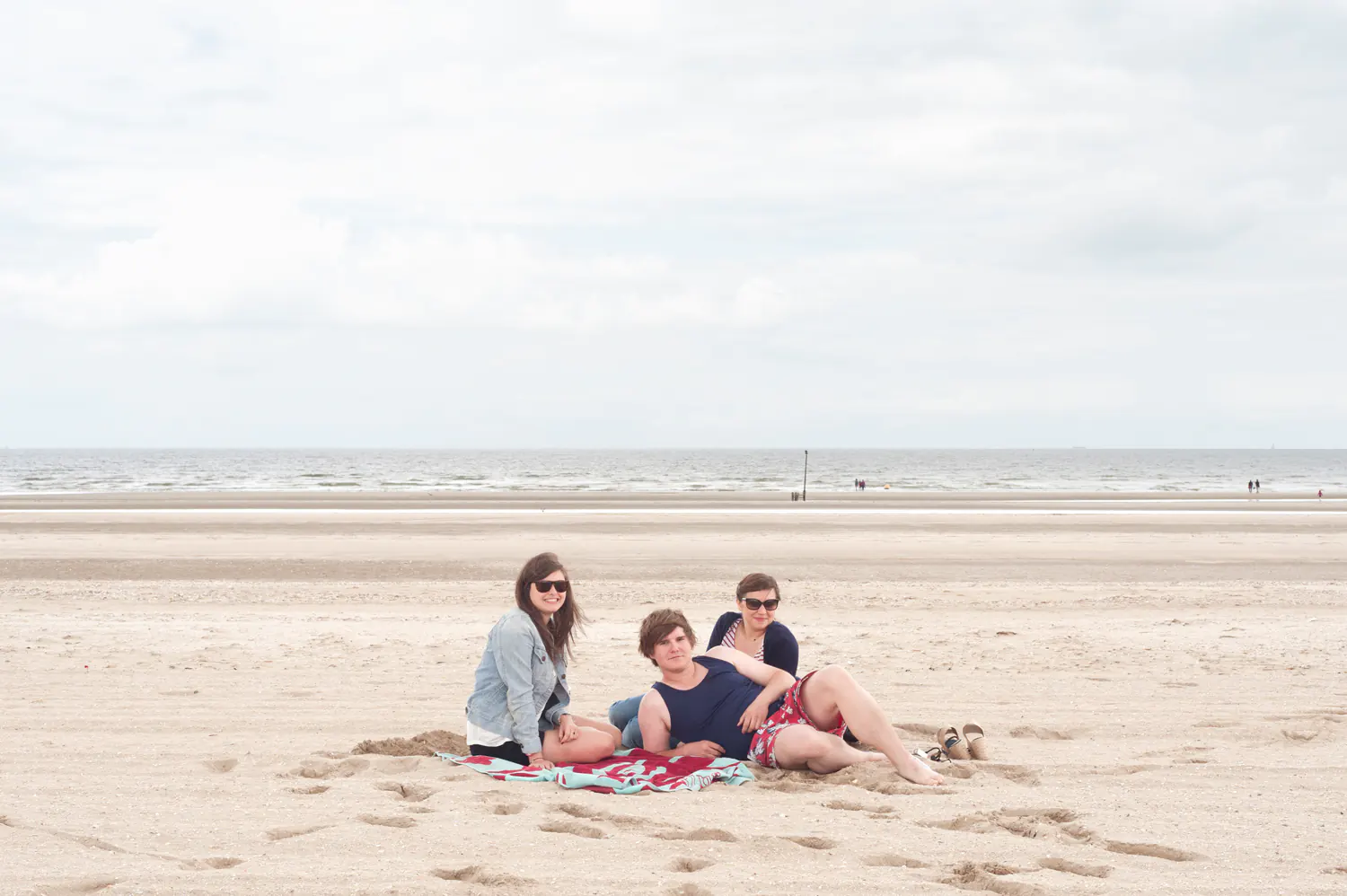
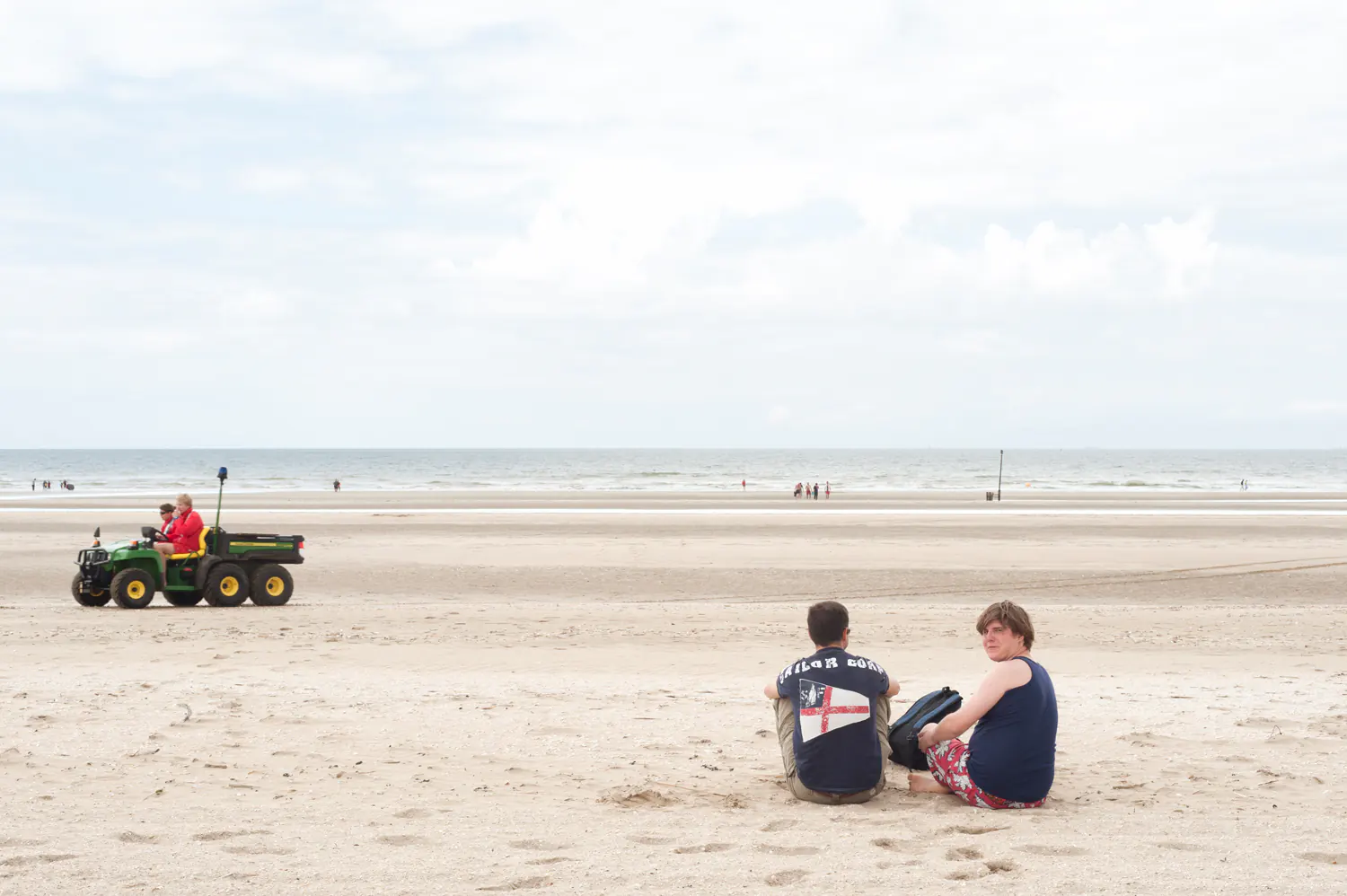
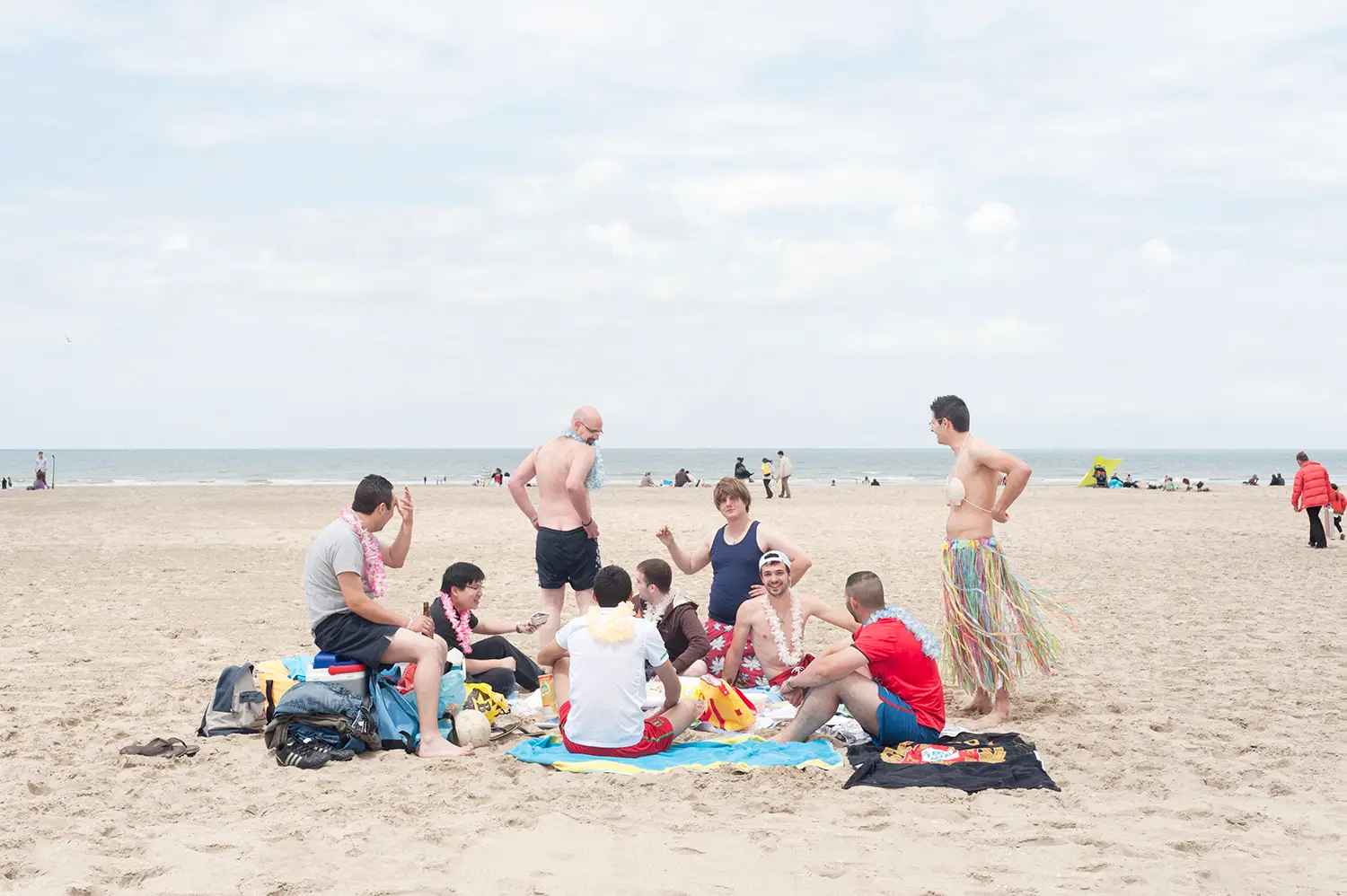
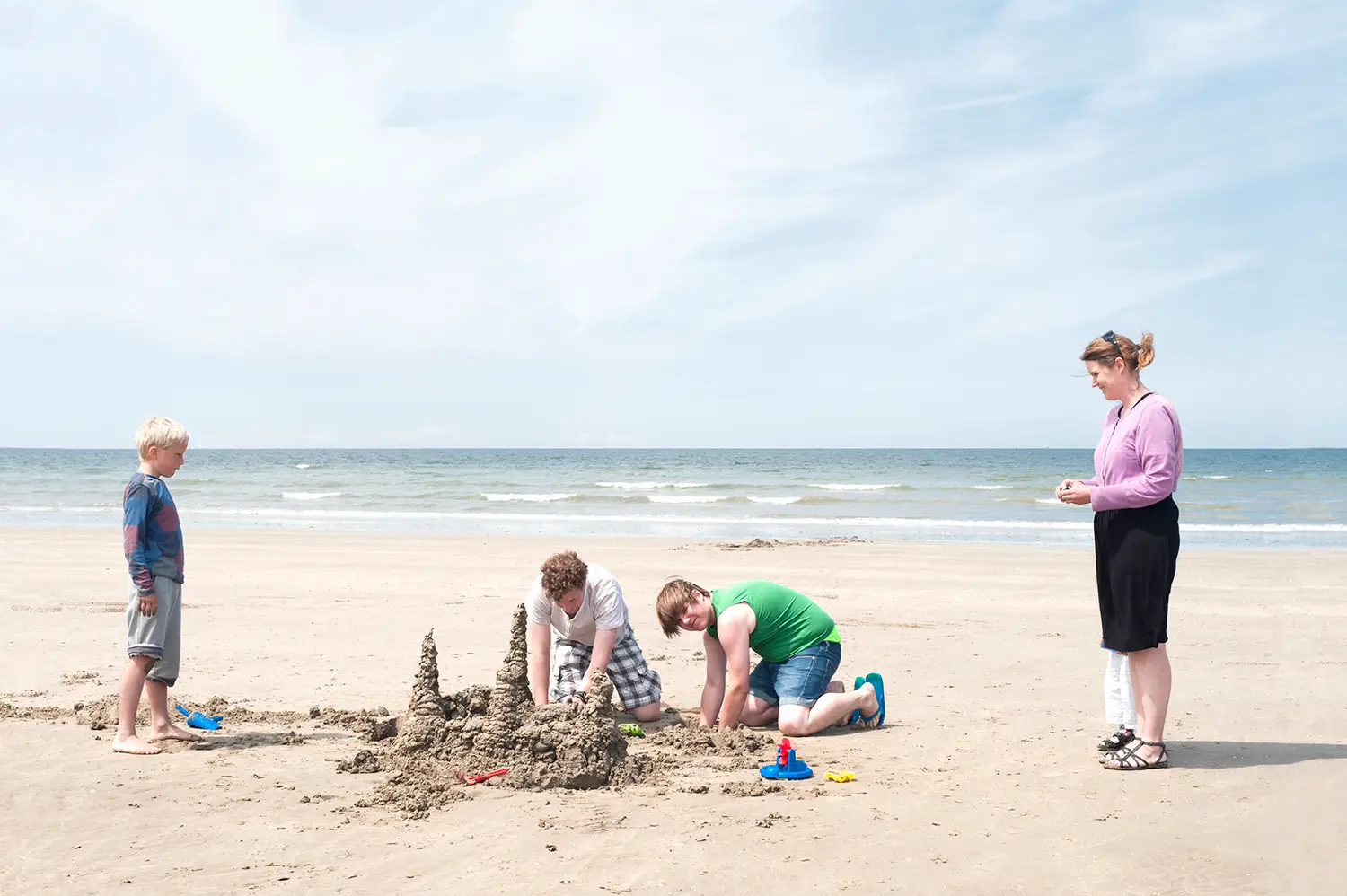
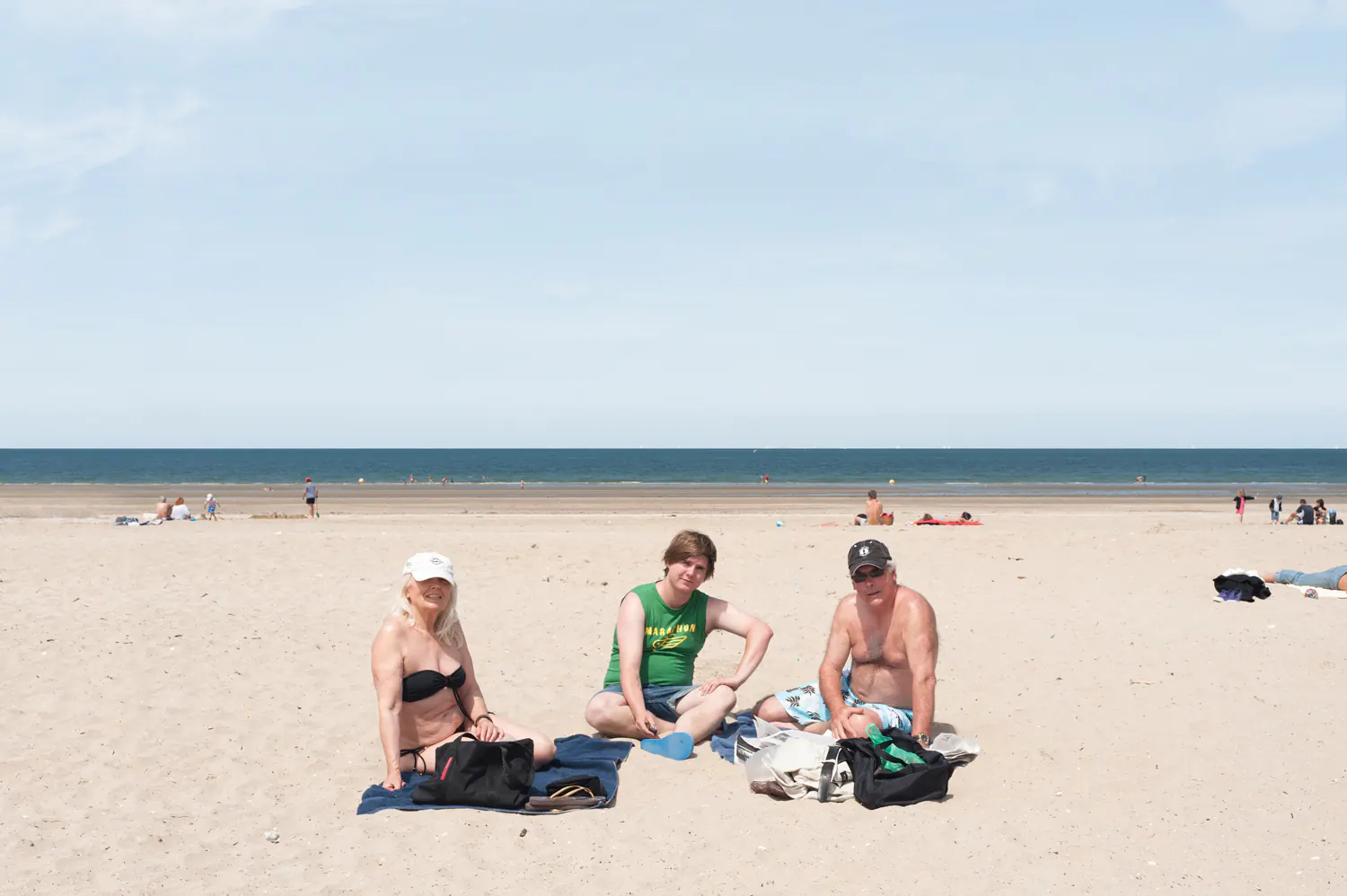
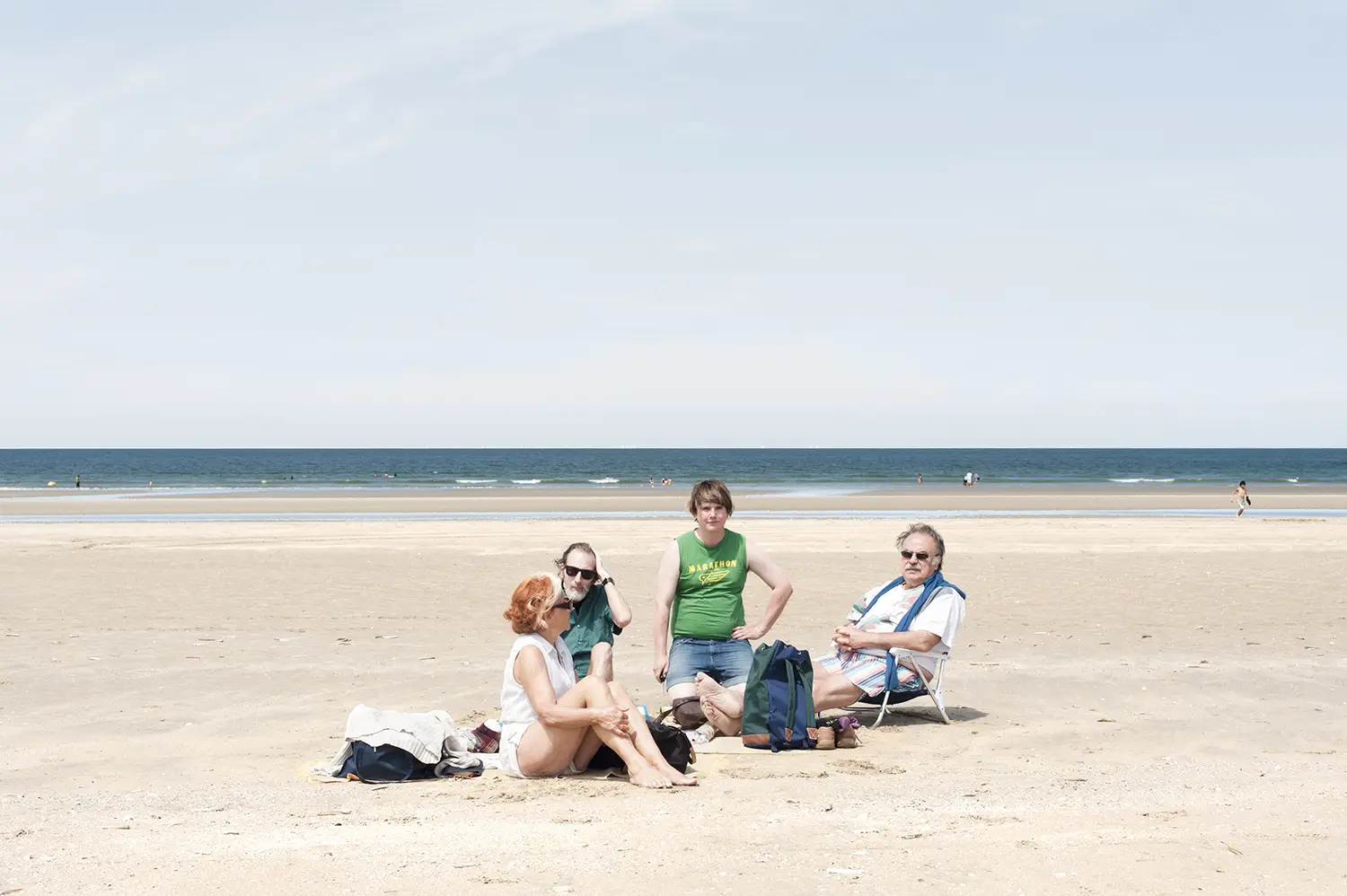
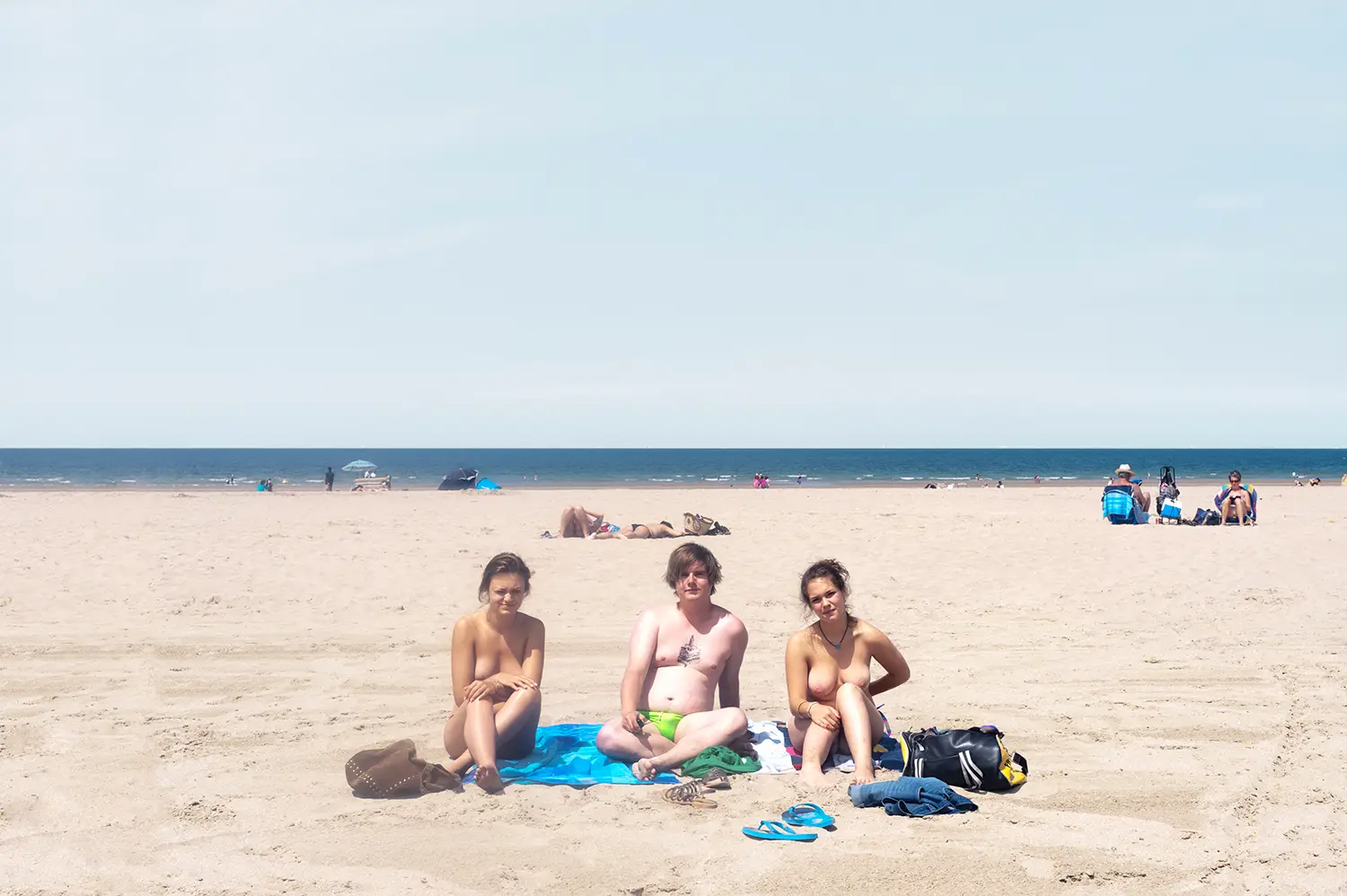
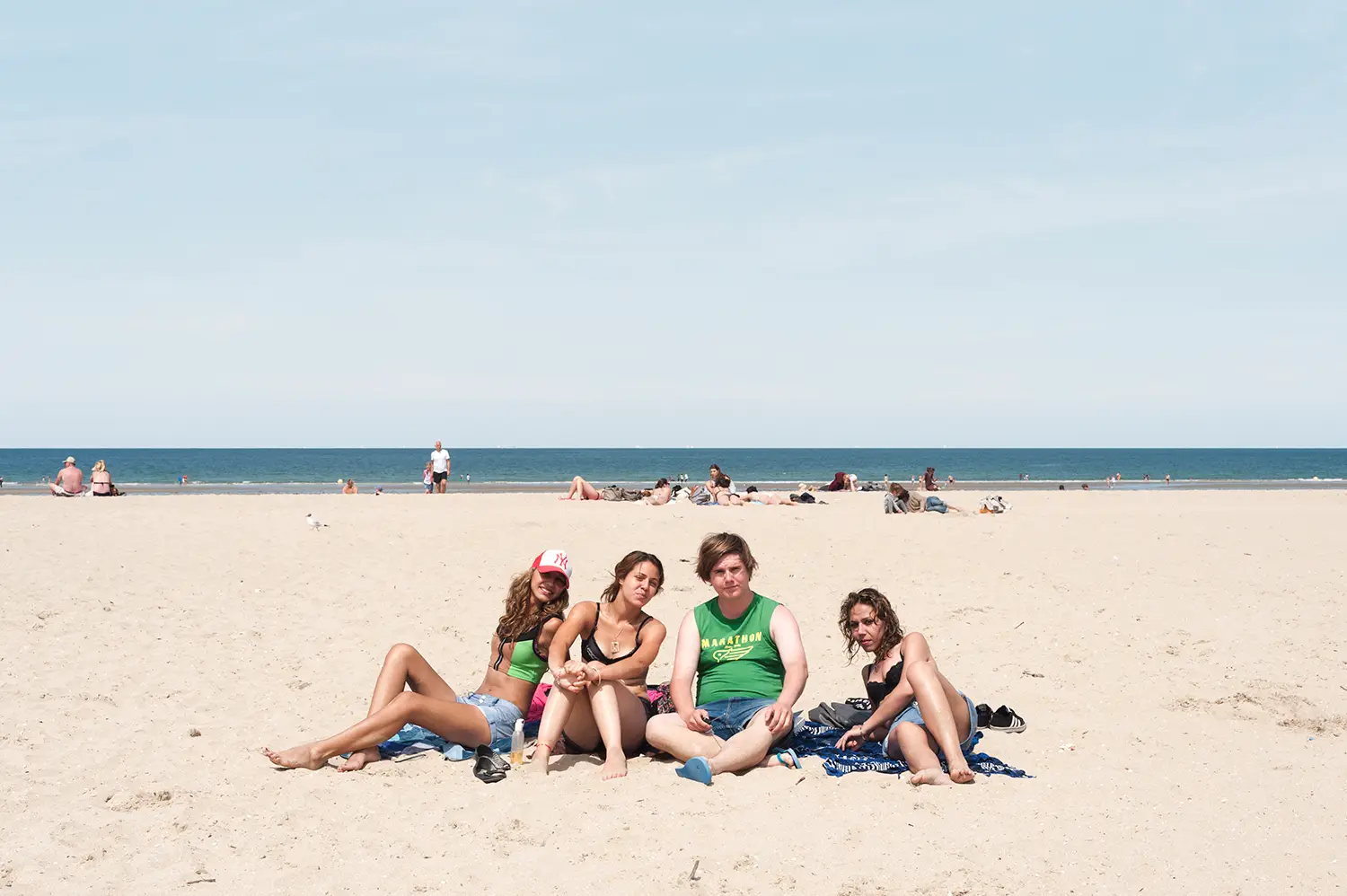
For his series De Nouveaux Amis, Romain went to the beach of Deauville, France, all by himself. While small groups of vacationers appropriate their own piece of beach for the day, Romain tries to blend into their private sphere. By chatting a while with his chance acquaintances and by mimicking their poses, he slowly integrates himself into the group. Although he familiarizes himself by adapting to those around him and effectively adopts a place in their personal space, he still stands out somehow. His effort to make new friends marks the thin line between belonging and exclusion.
Text Mirjam Kooiman
Moi avec des filles
2009
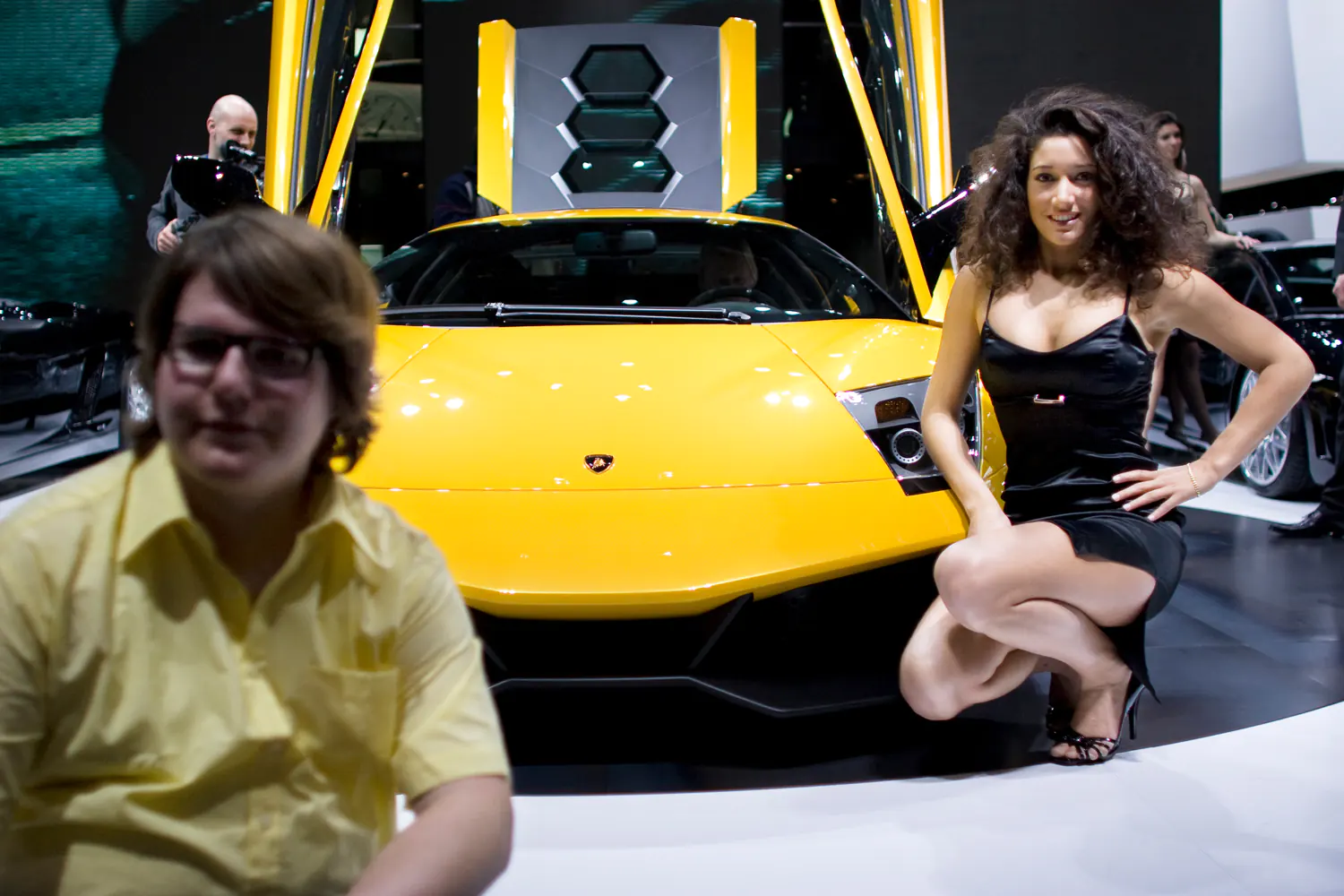
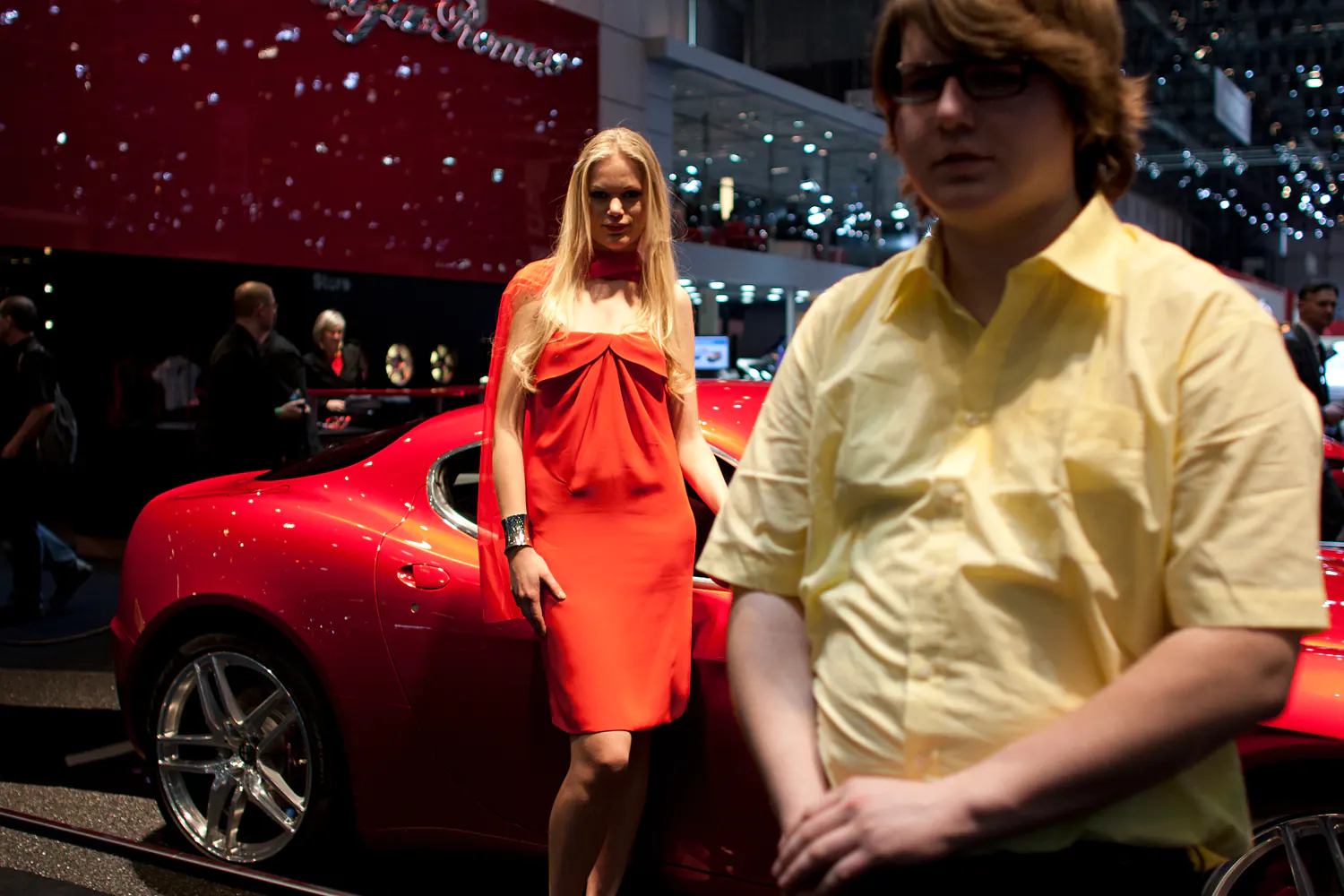
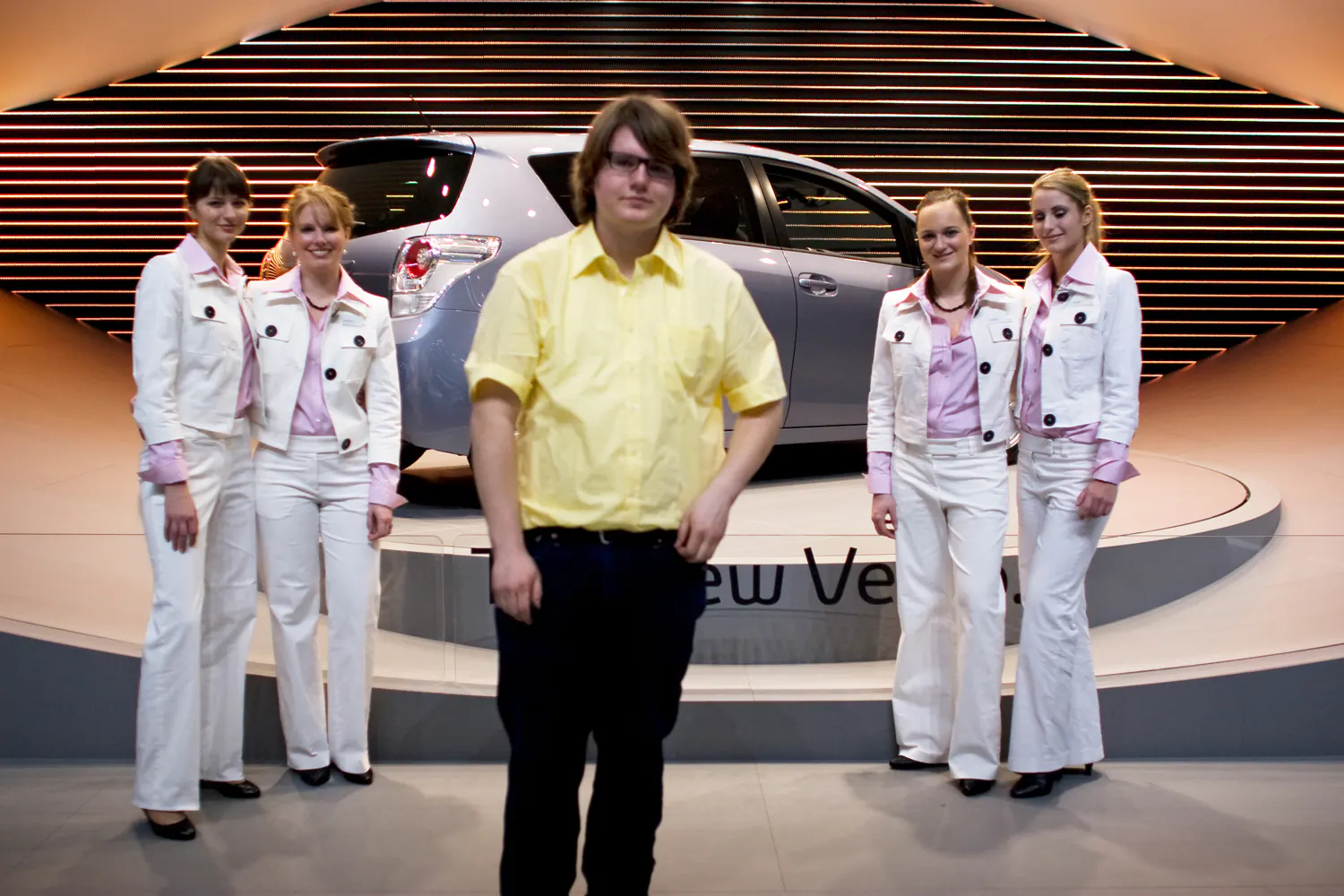
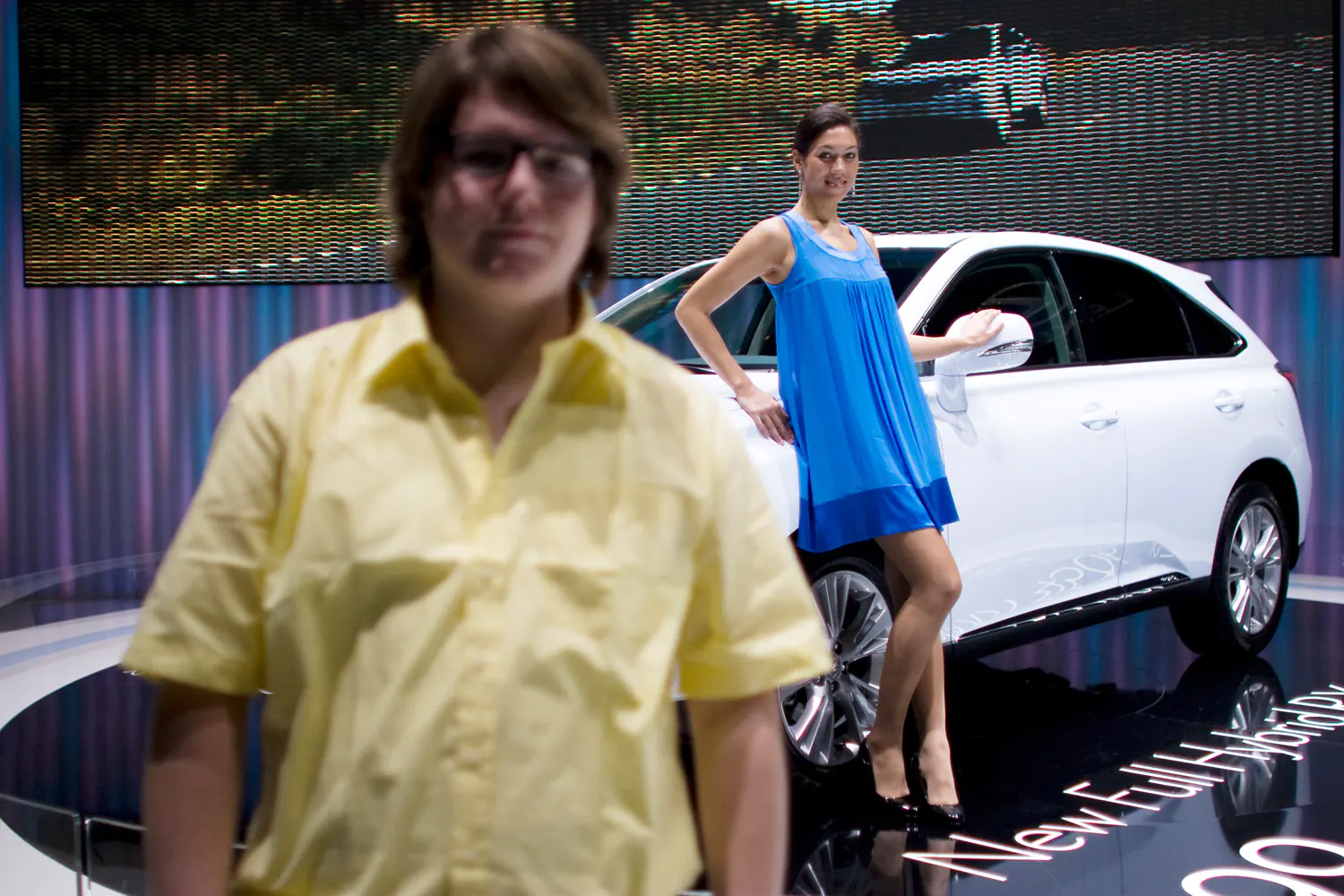

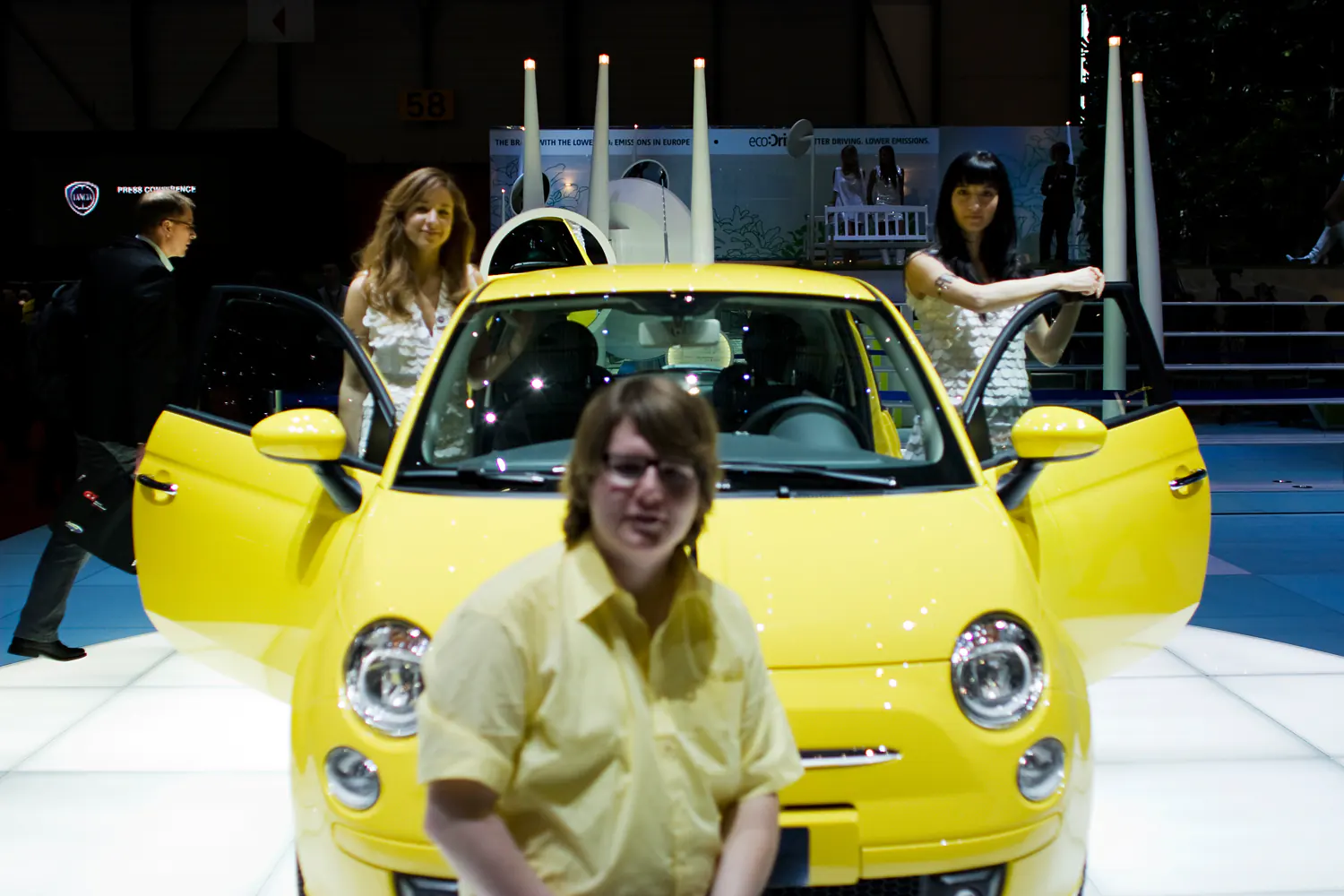
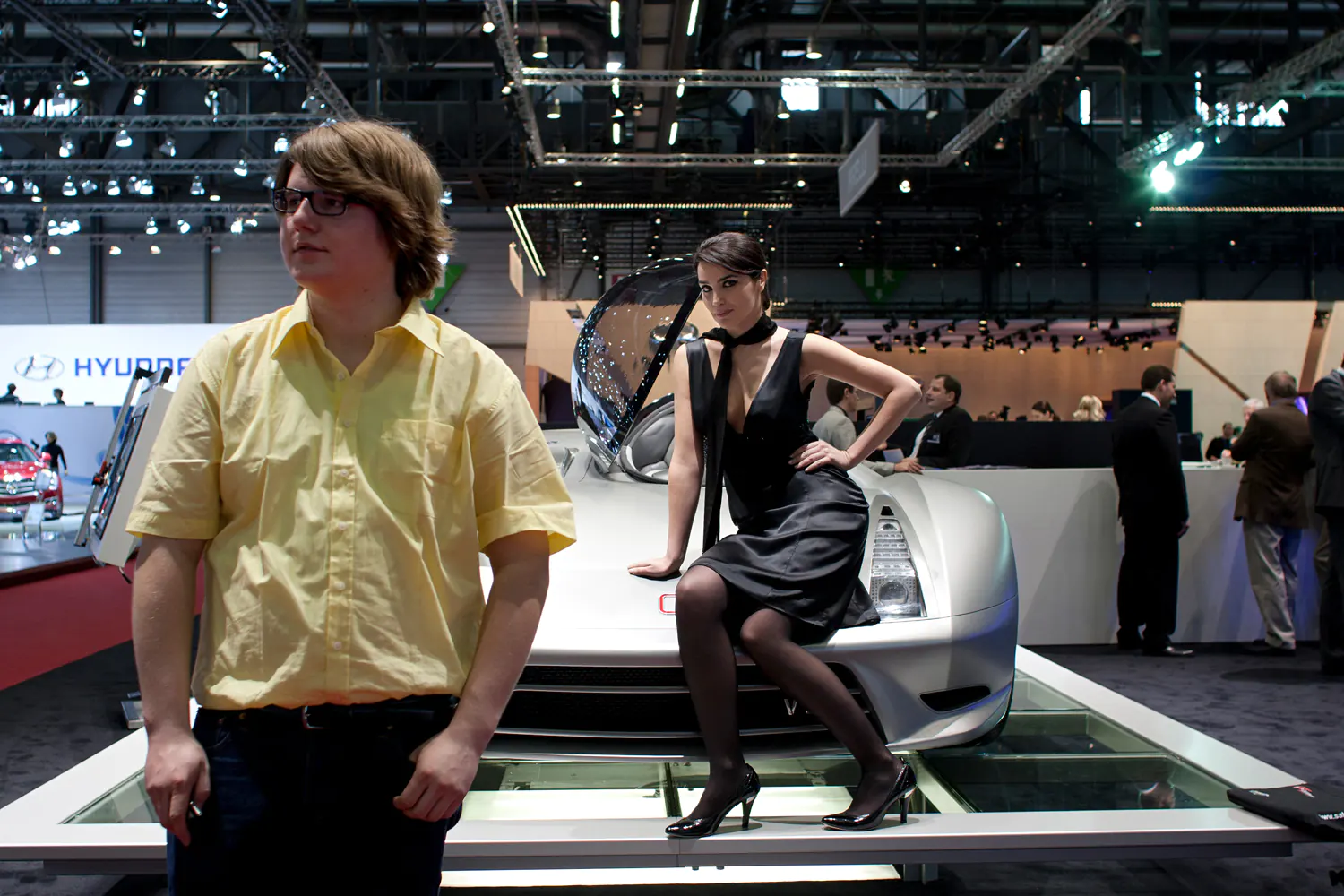
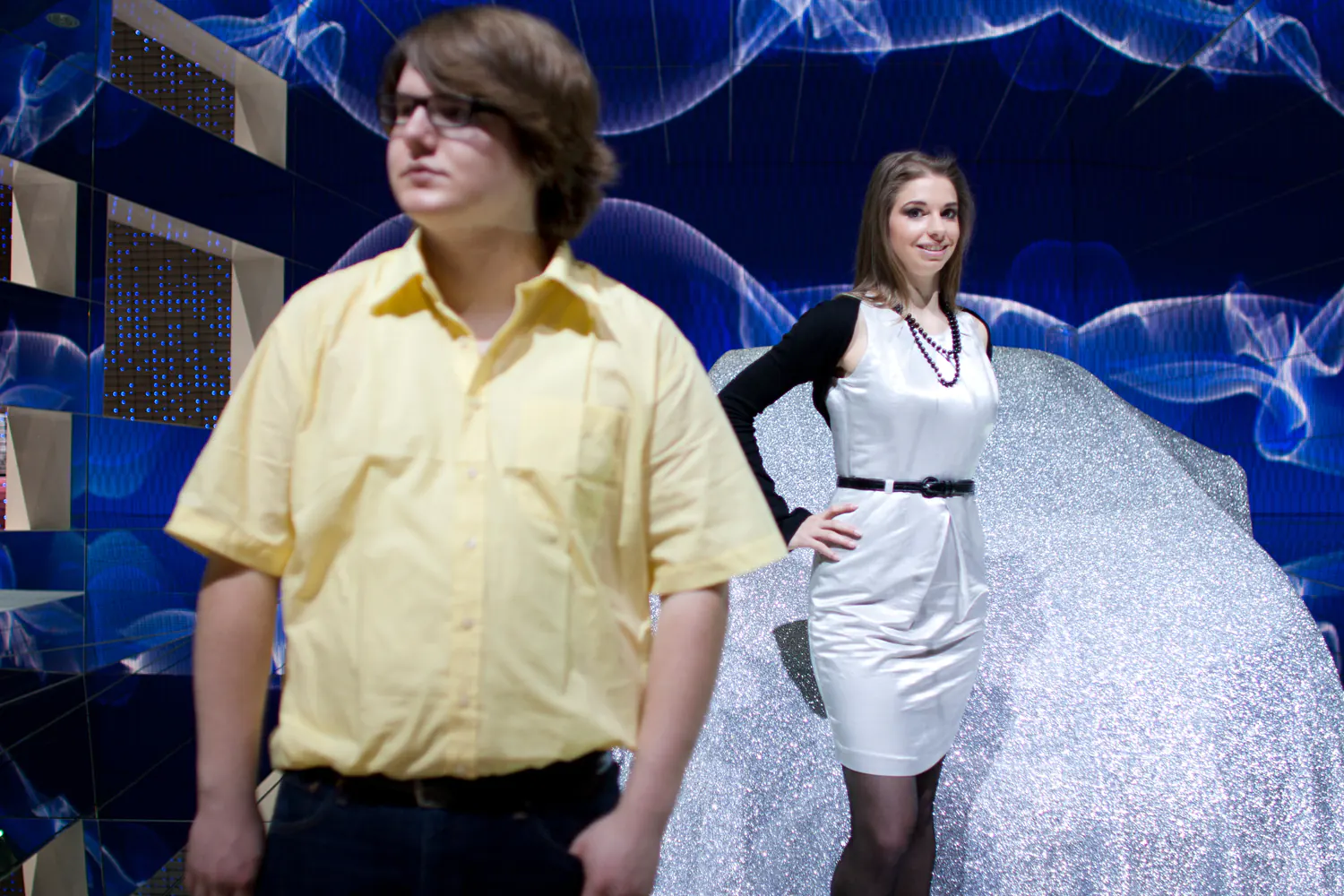

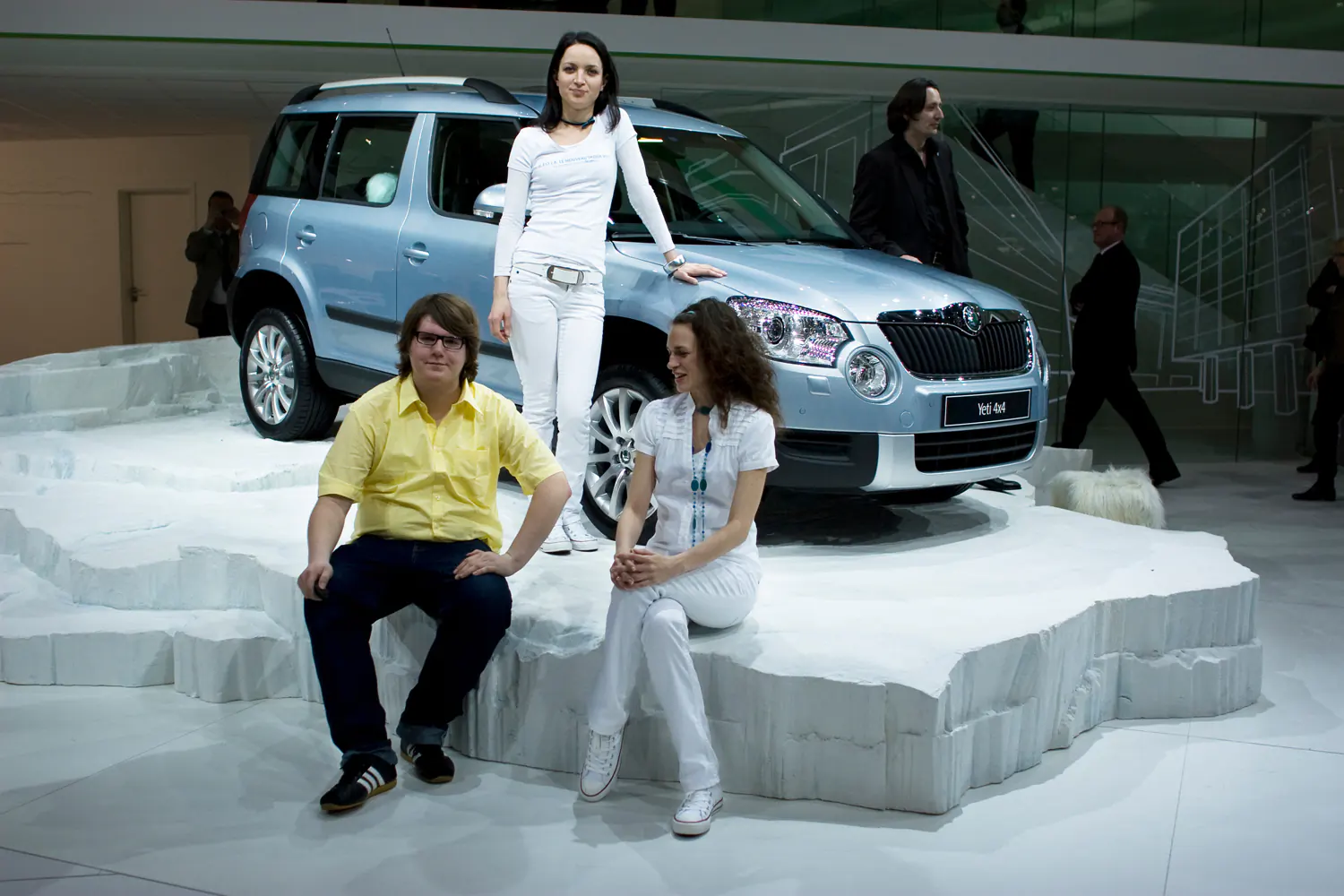
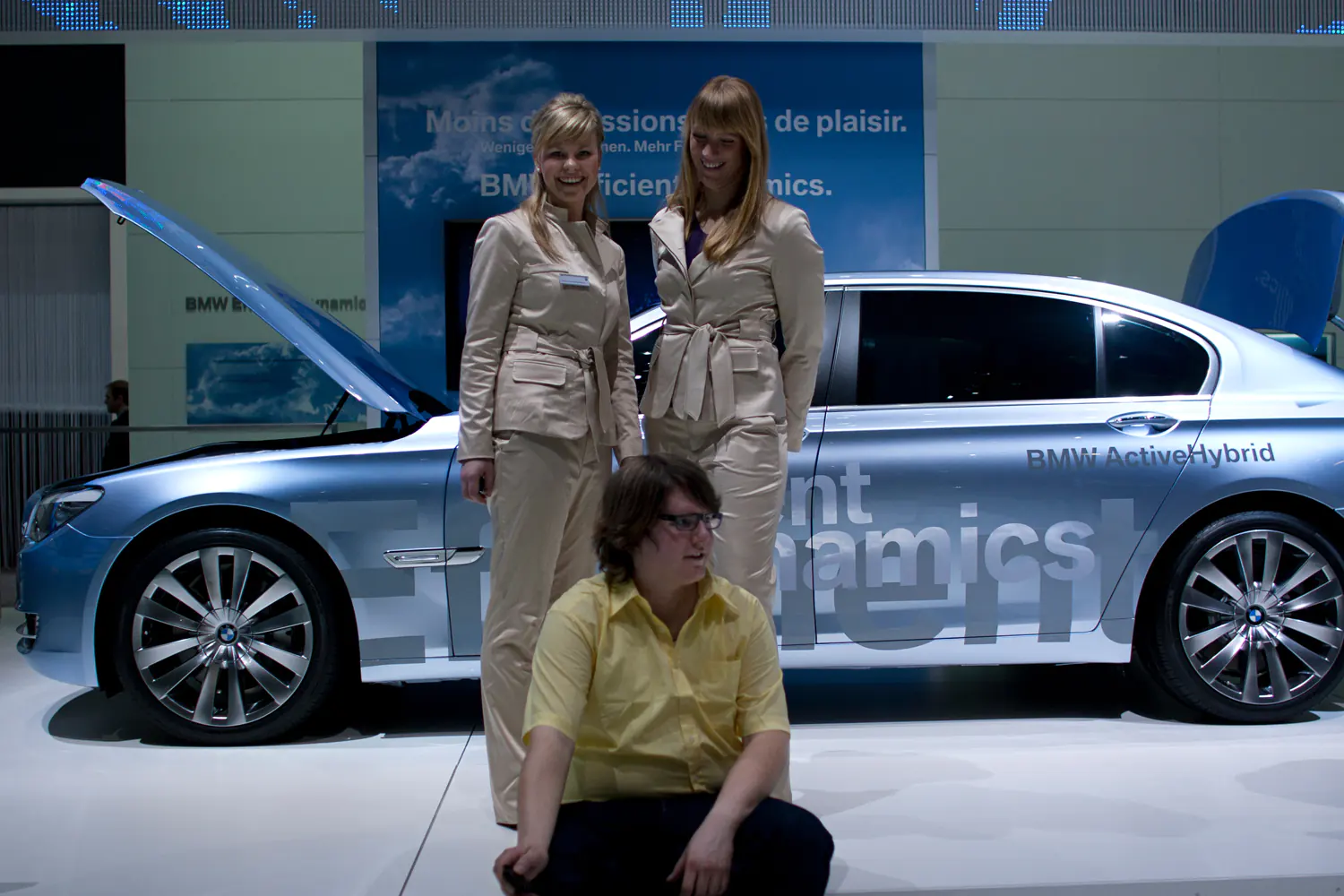
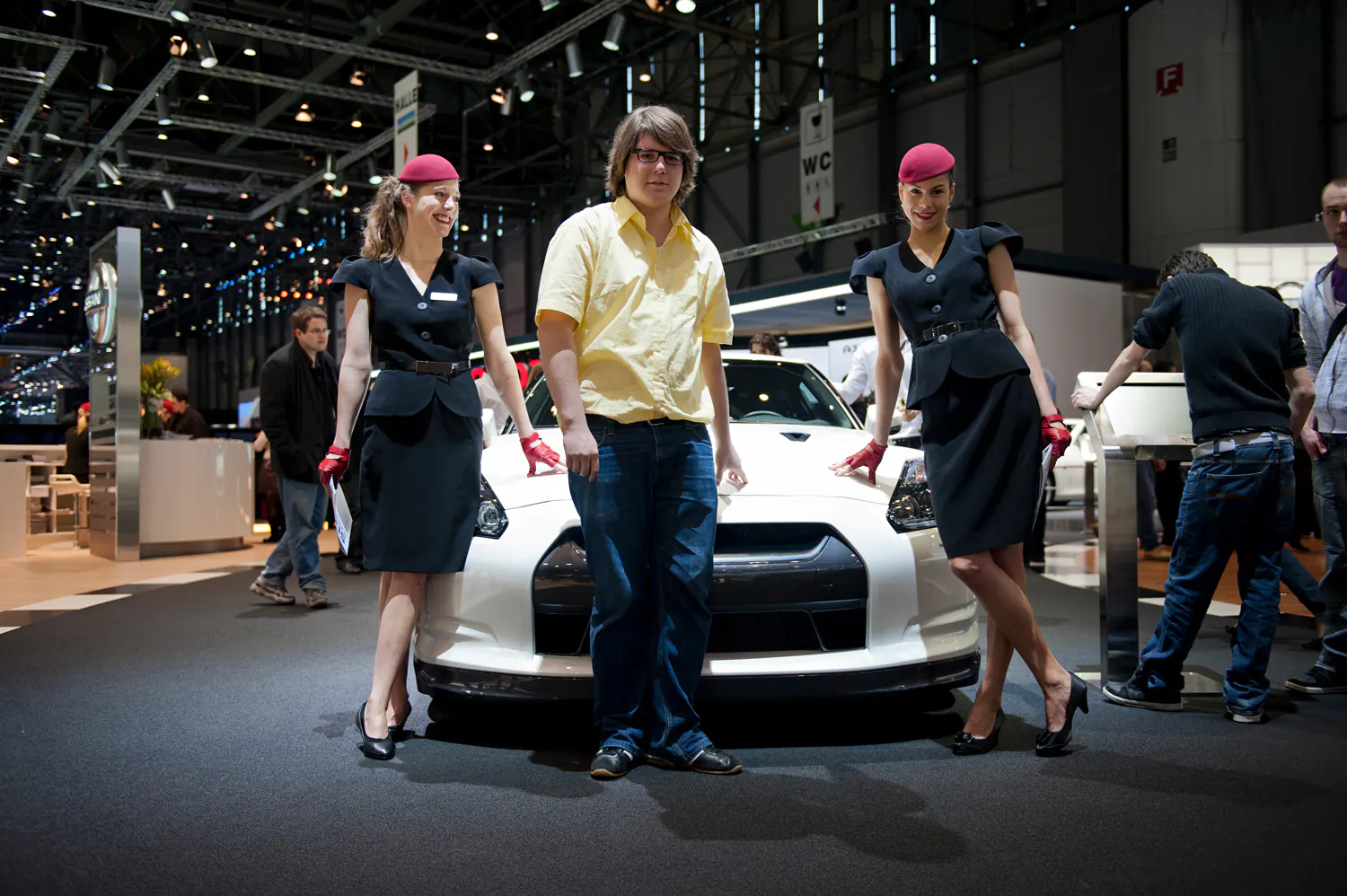
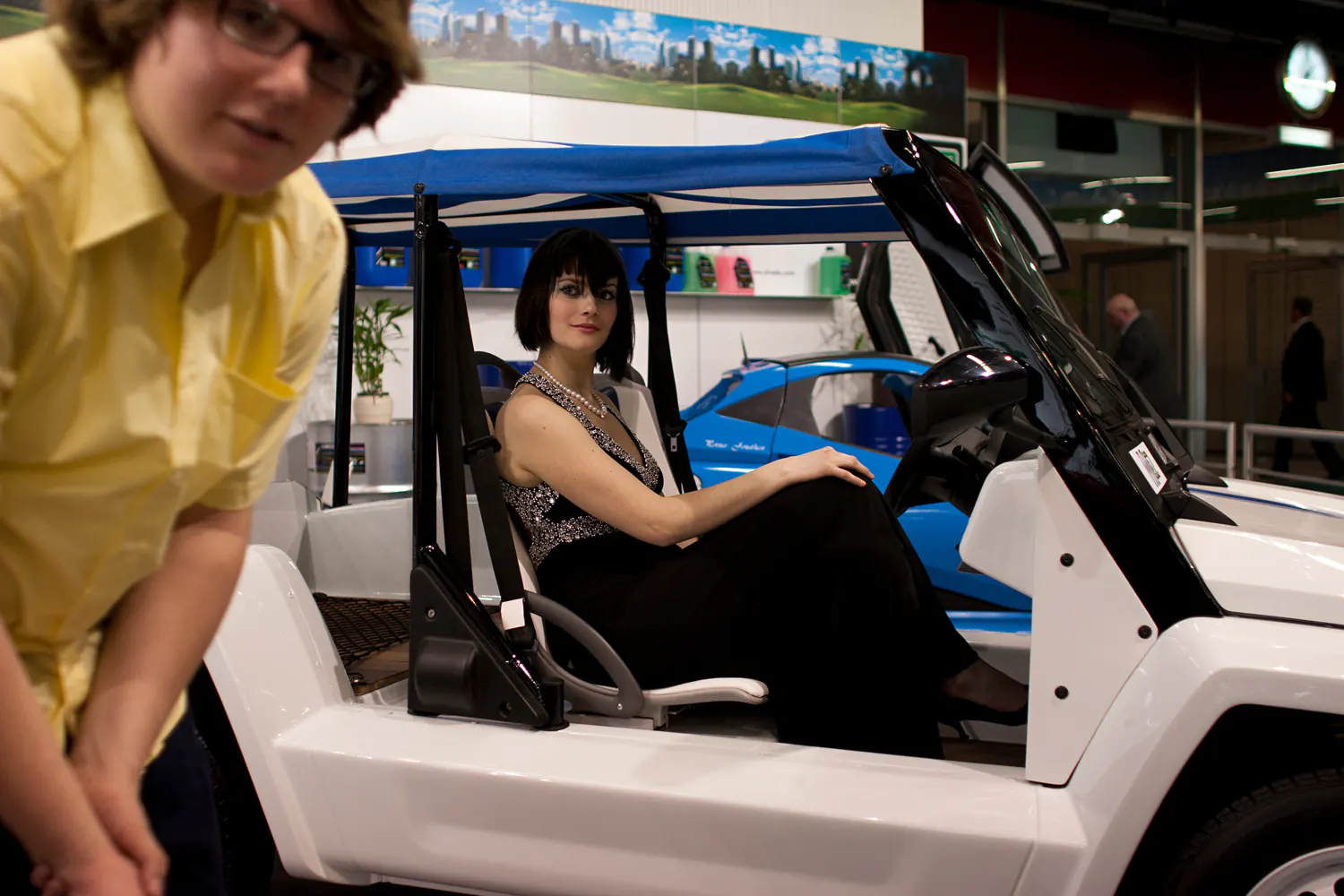
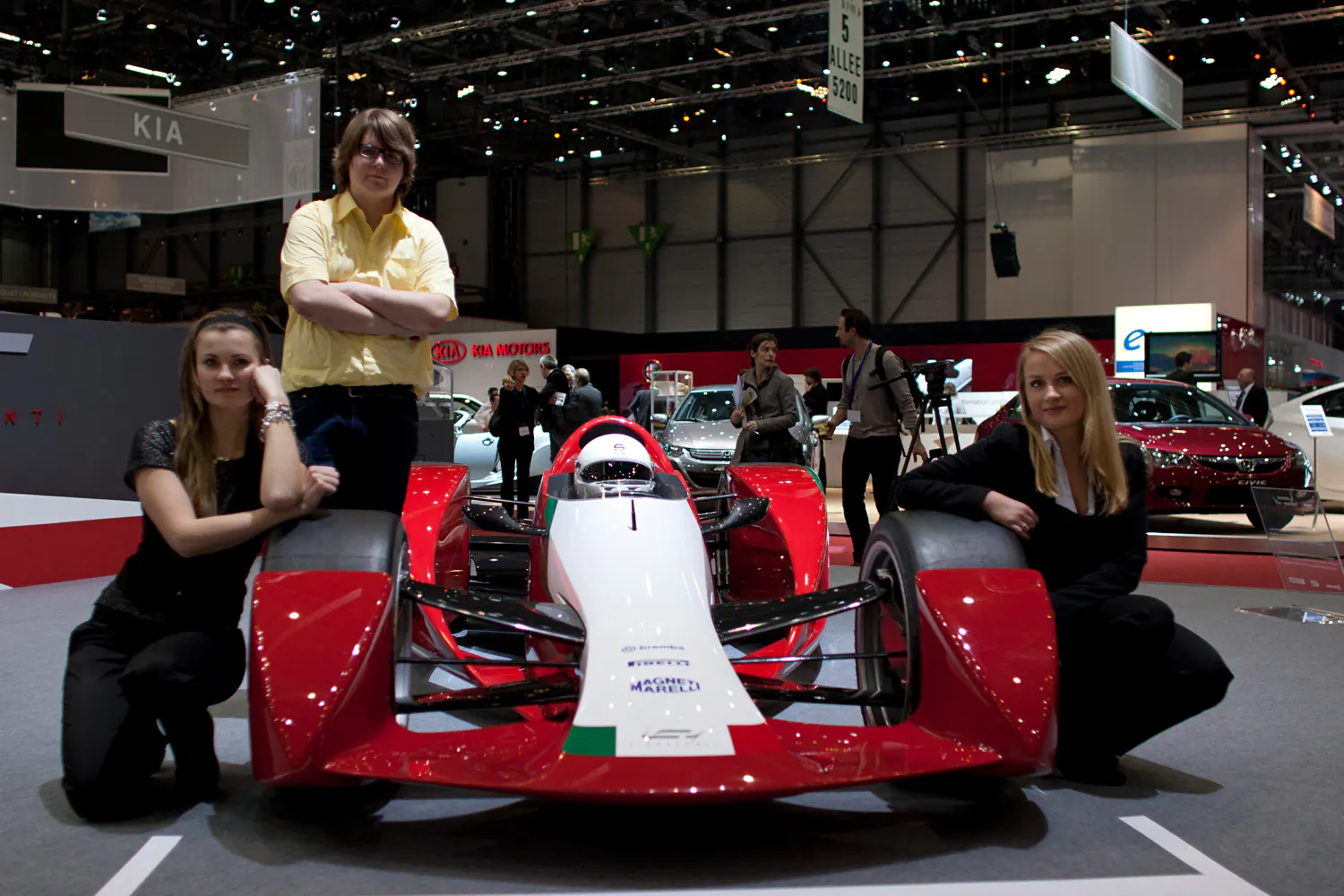
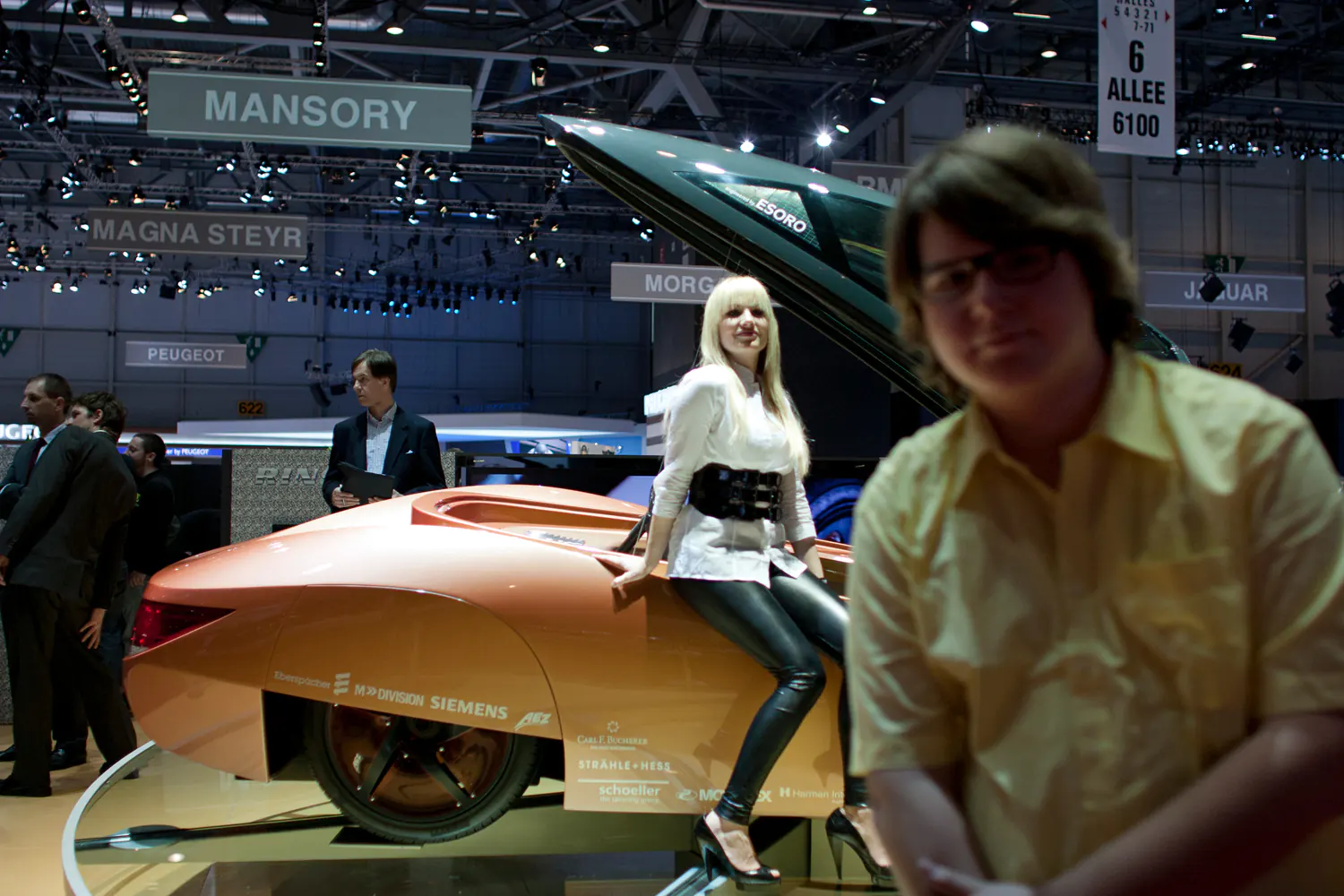
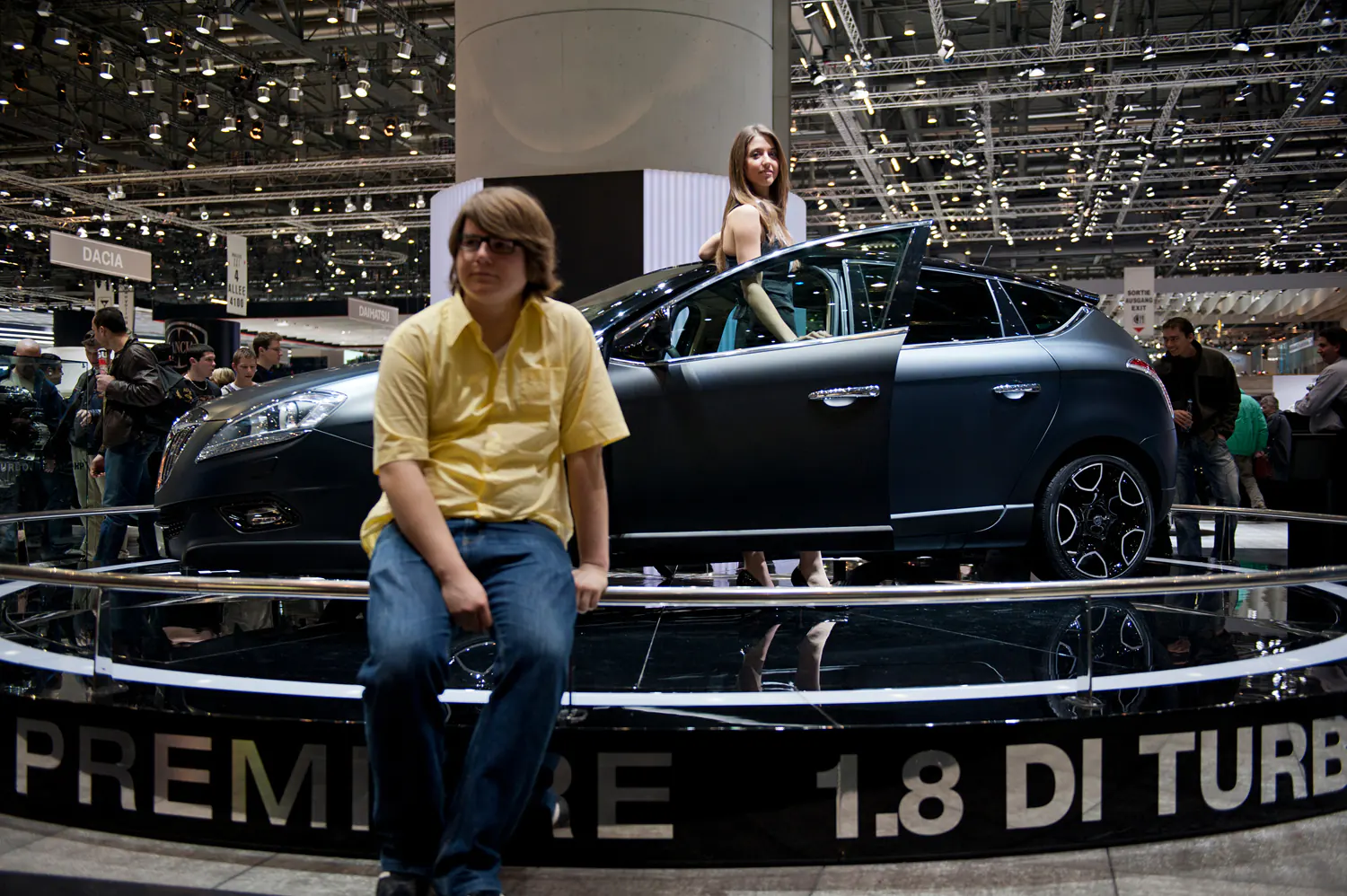
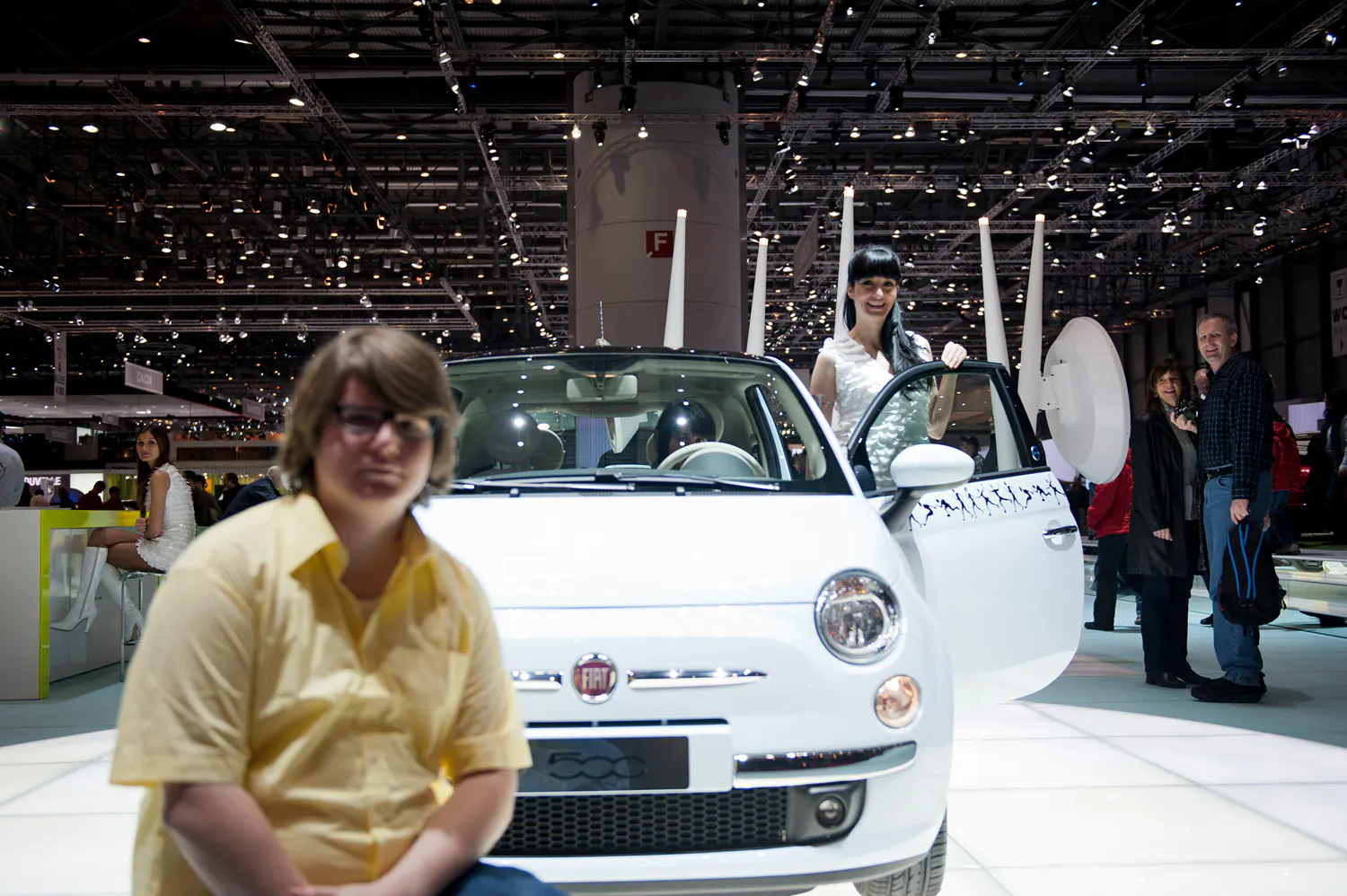


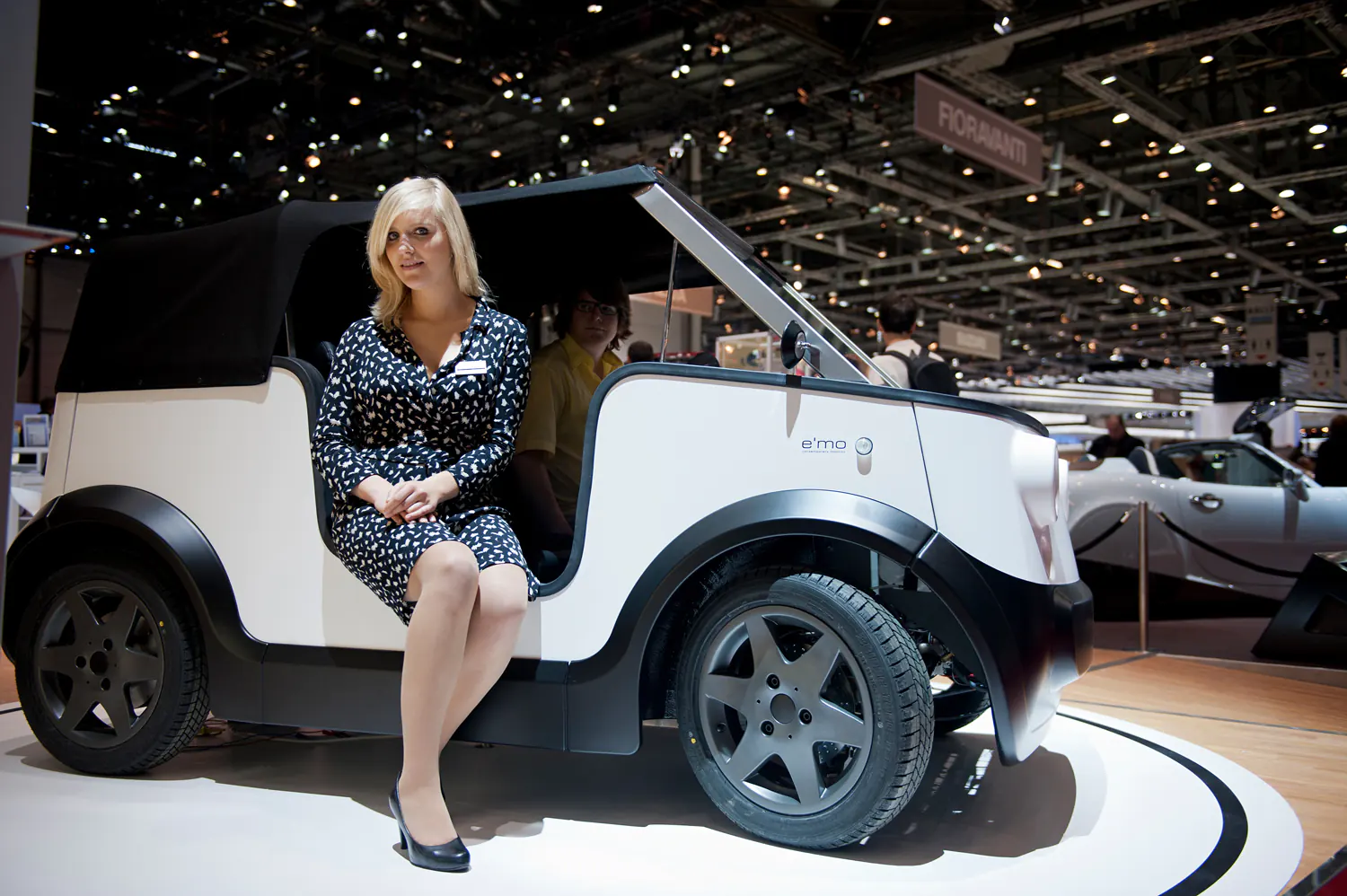
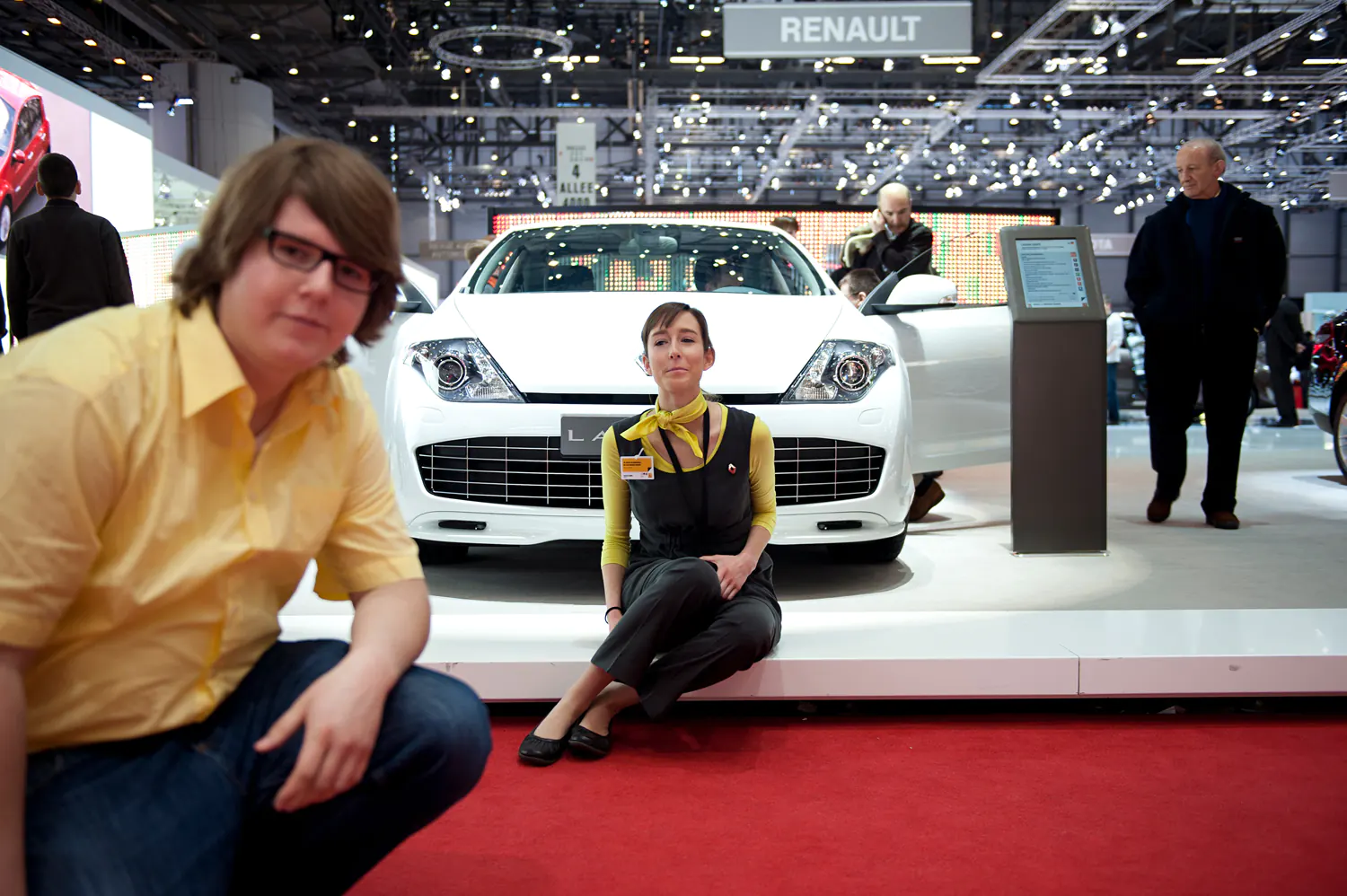
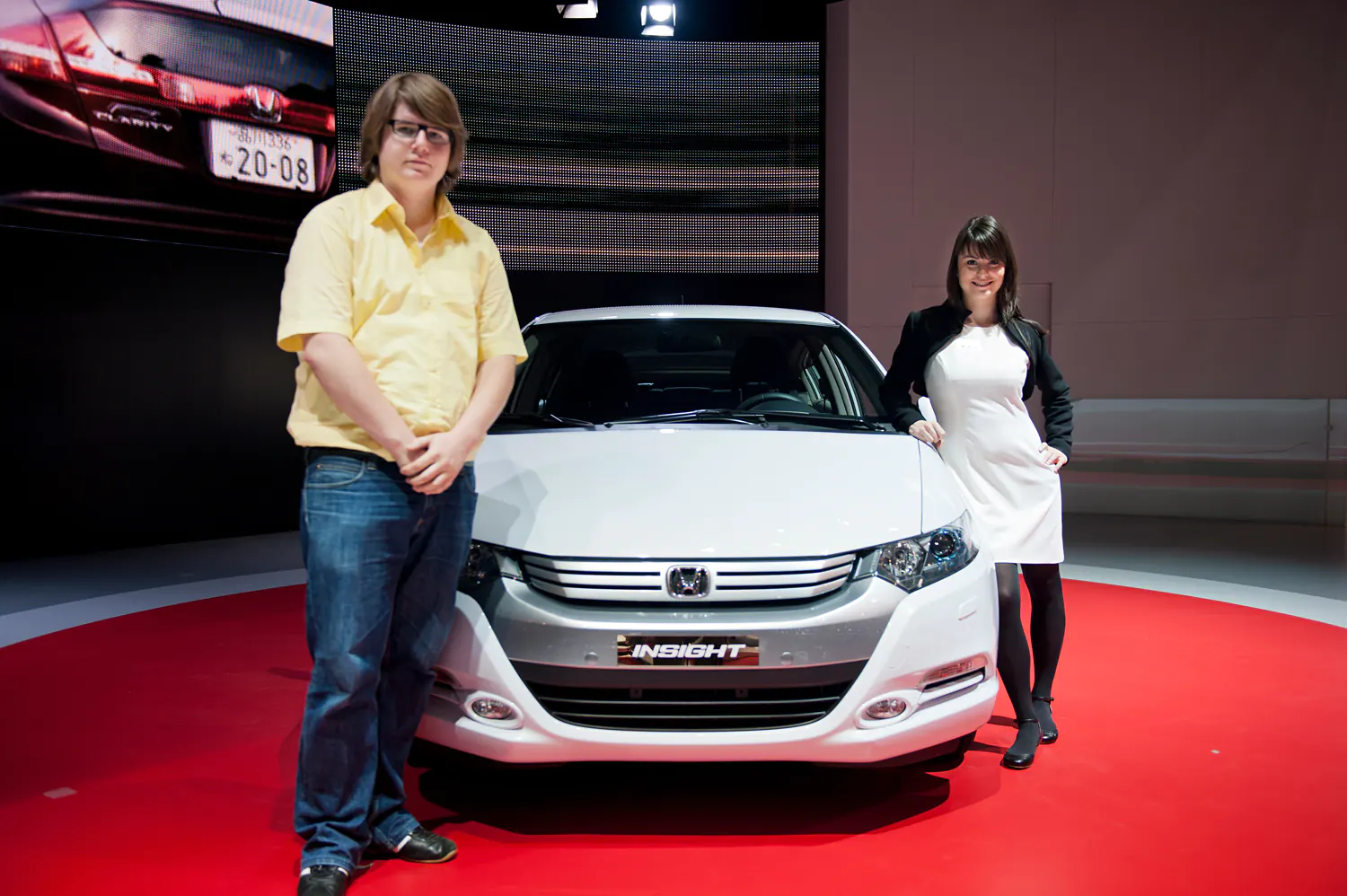
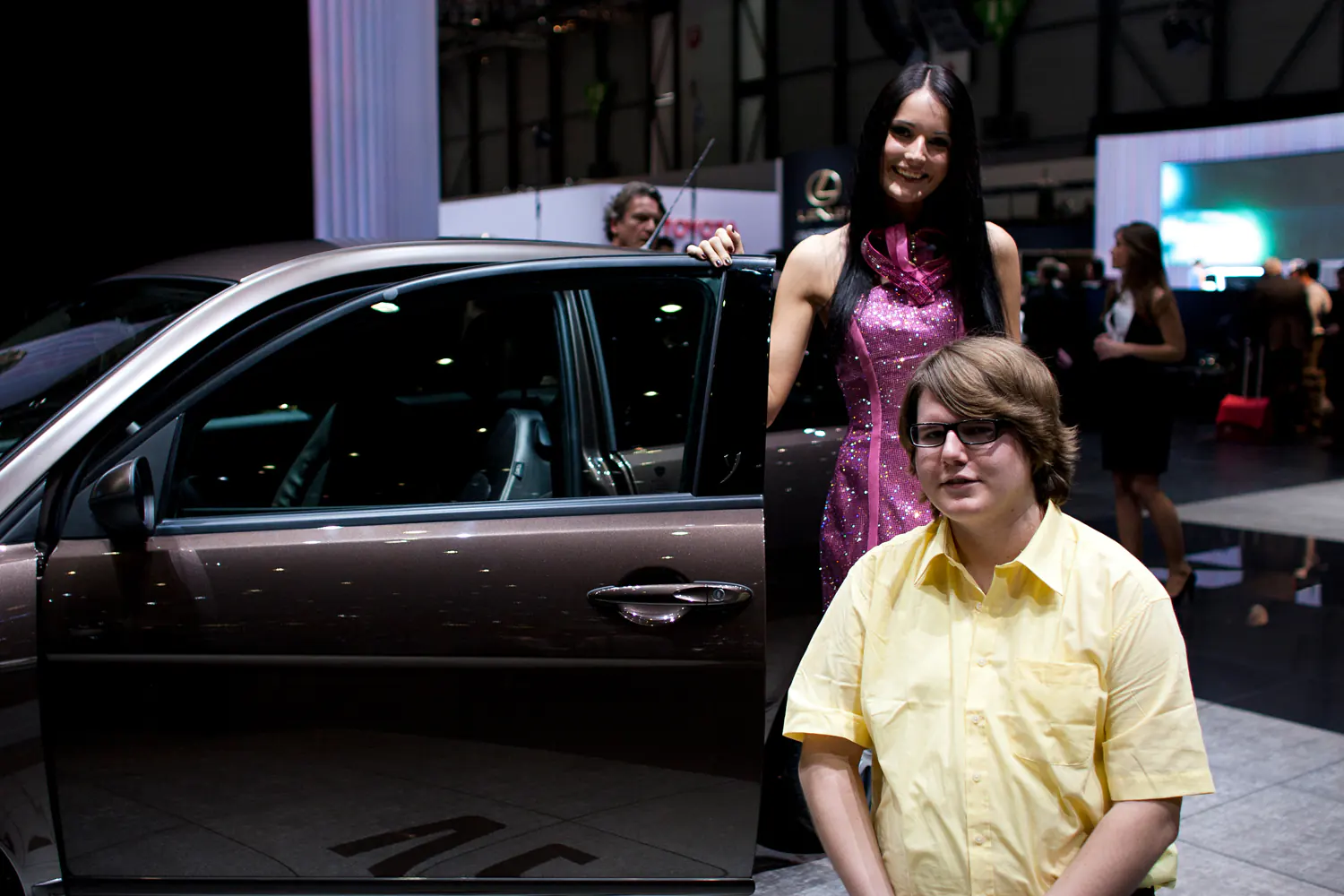
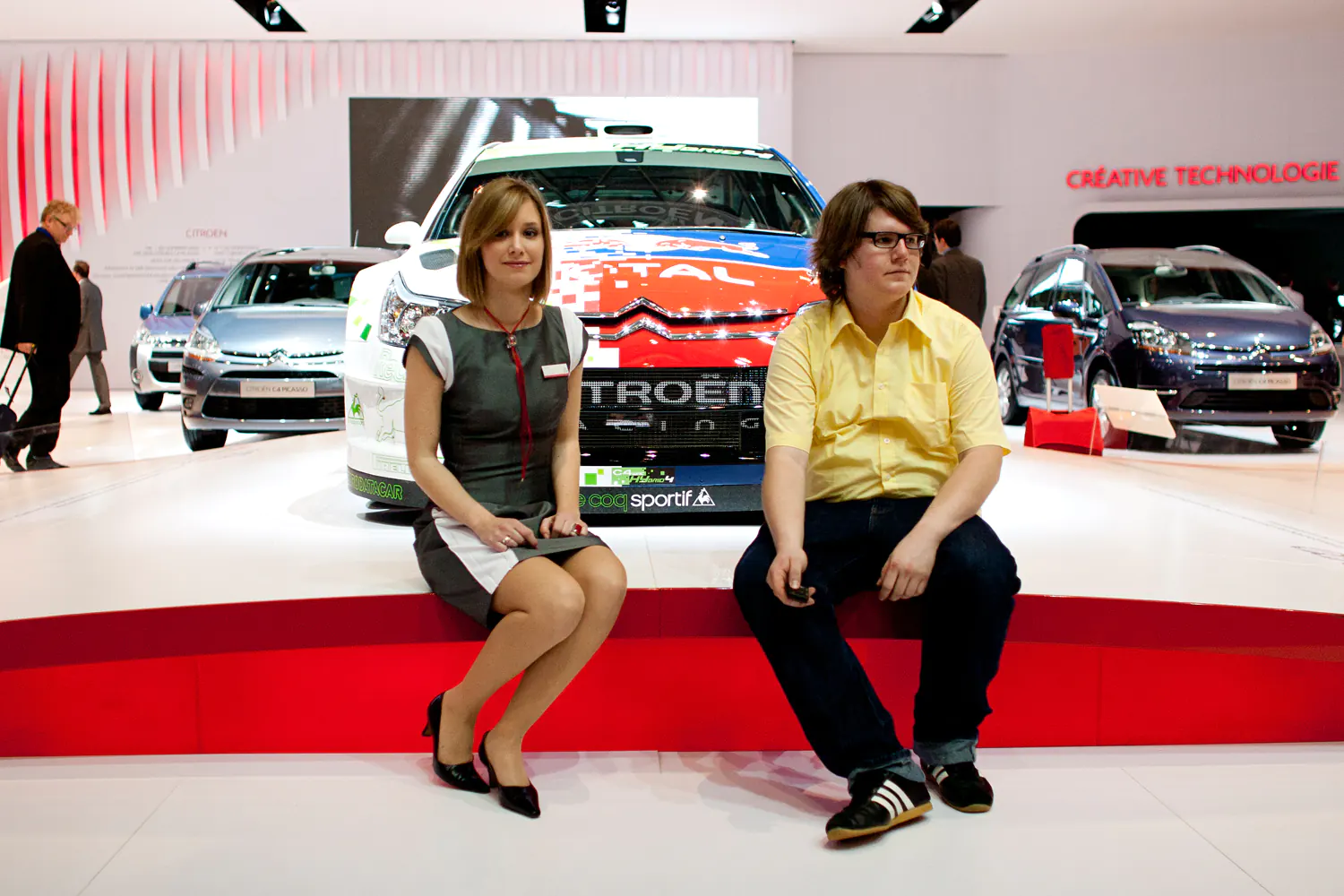
Fascinated by the phenomenon of expensive cars being advertised with beautiful women, Romain poses with the hostesses at the Geneva car show. Like in a furniture catalogue, where the chair is shown in a pretty setting, each car is promoted with the matching perfect woman. Somehow, the dream of a nice car goes hand in hand with the dream of a beautiful woman next to it. Romain’s attempt to impress his friends by posing in front of the shiny cars and beautiful women foster a sense of uncomfortable unease. This series underlies the question of why it is relevant to use the female body to sell objects. Moi avec des filles is the first of a series of works where Mader uses Romain as a character enacting others. By doing so, Mader uses his body to mimic the actions of men he previously saw during this type of events when he was younger.
Text Mirjam Kooiman